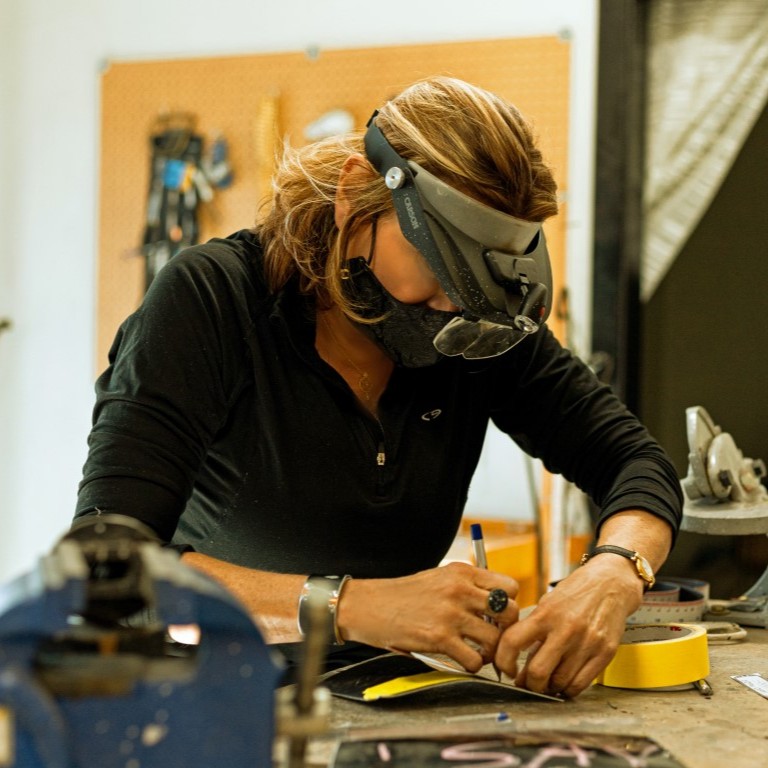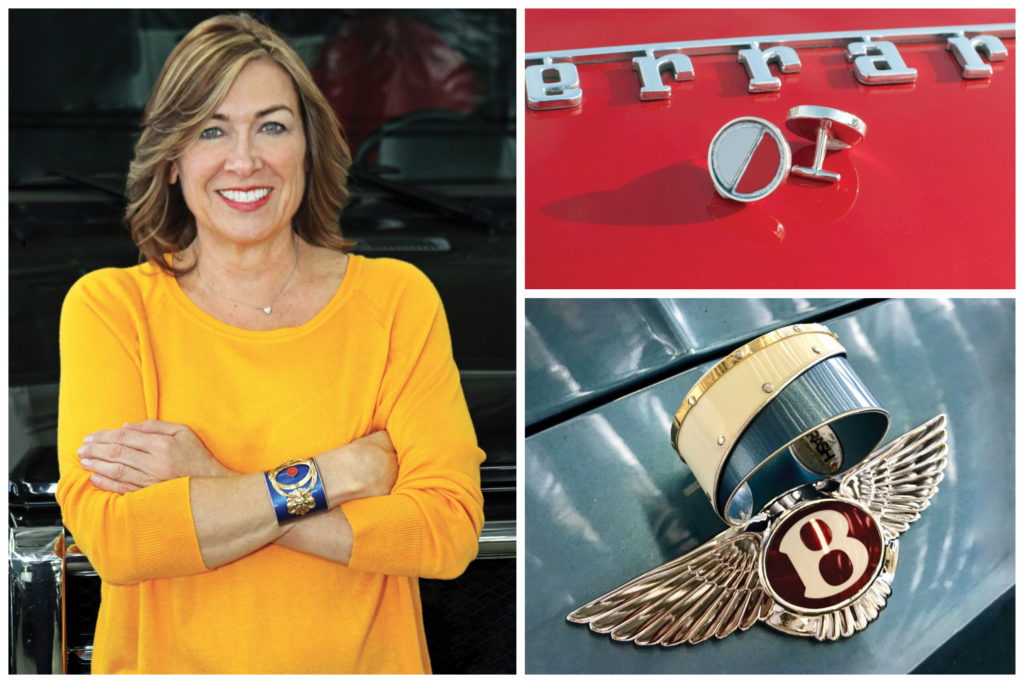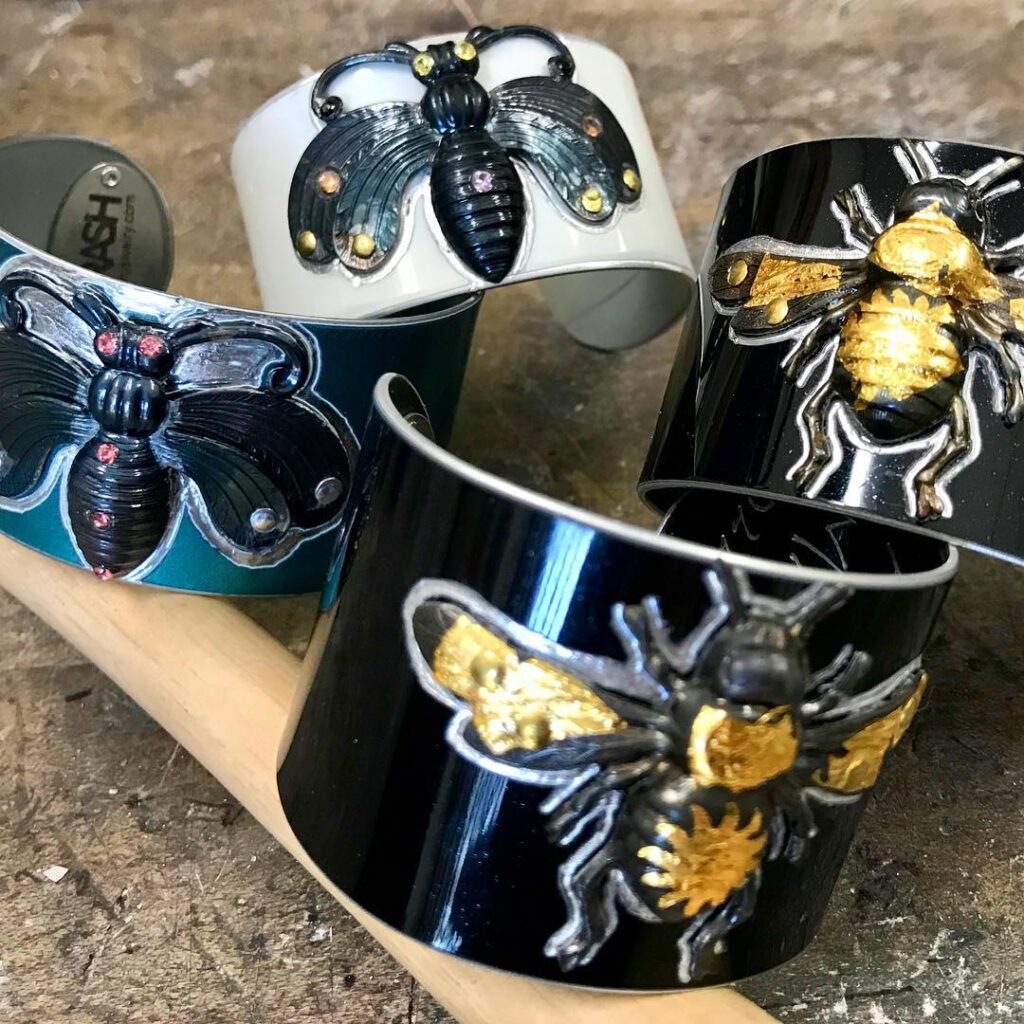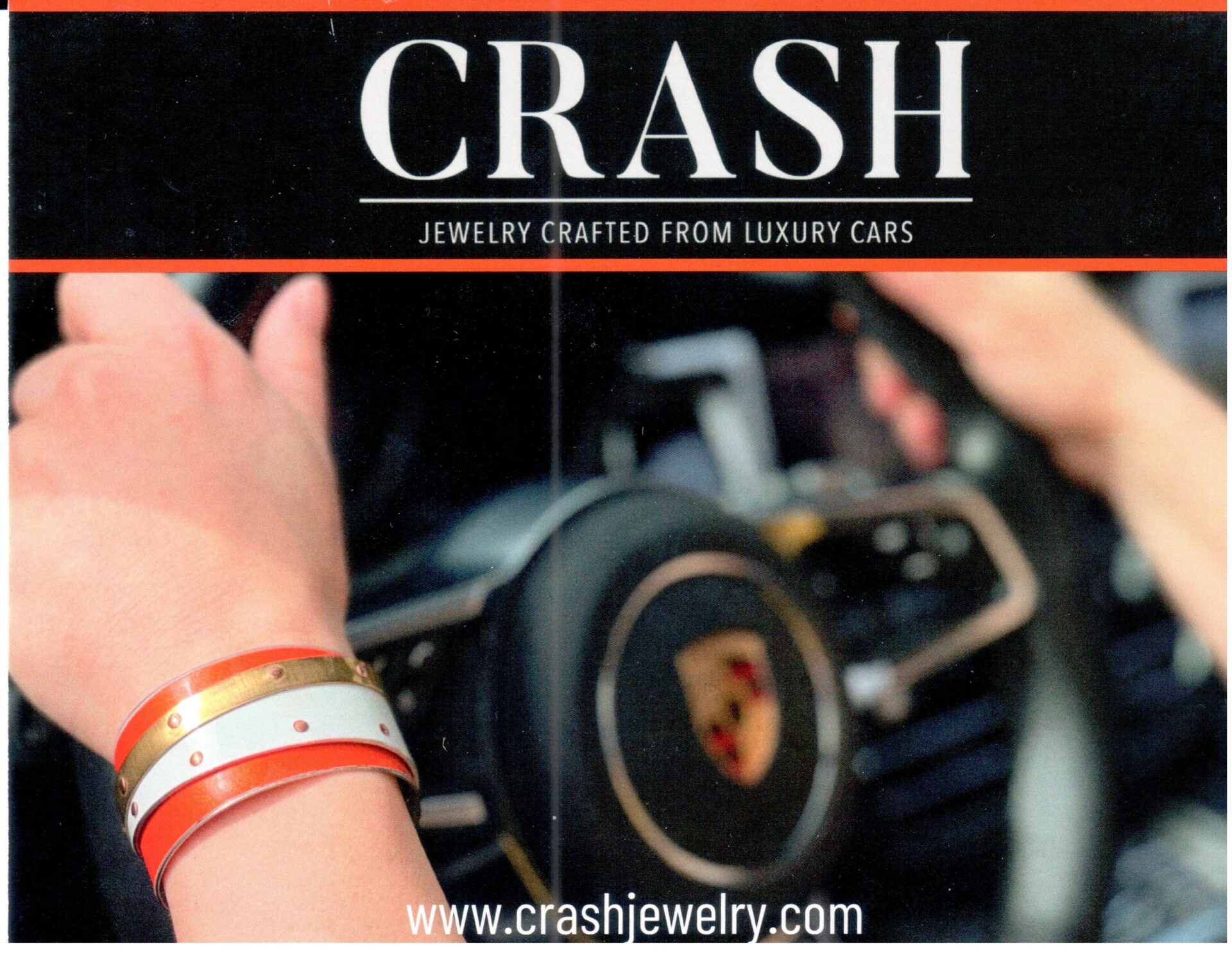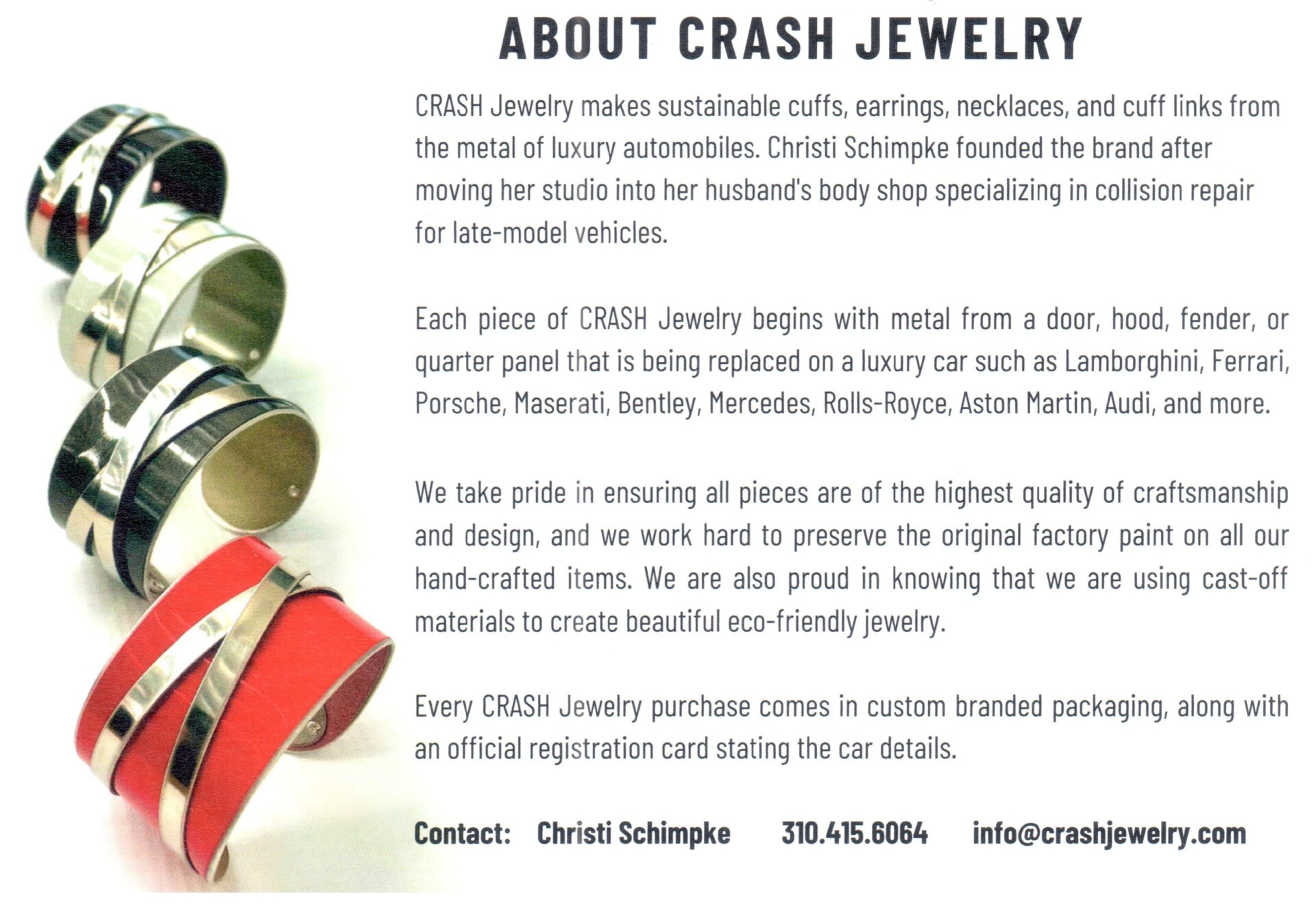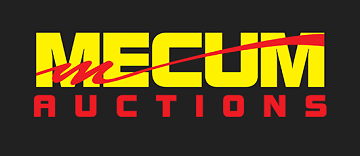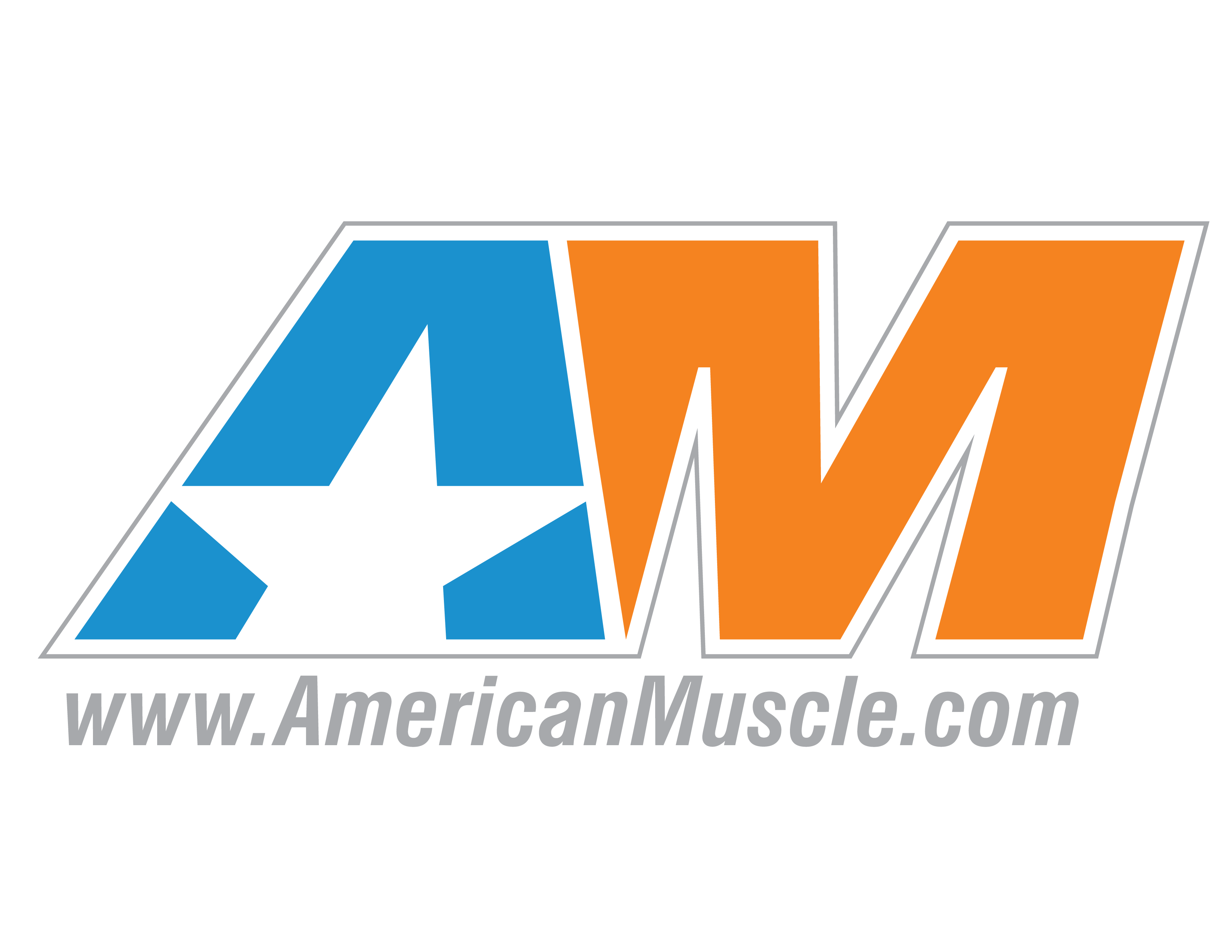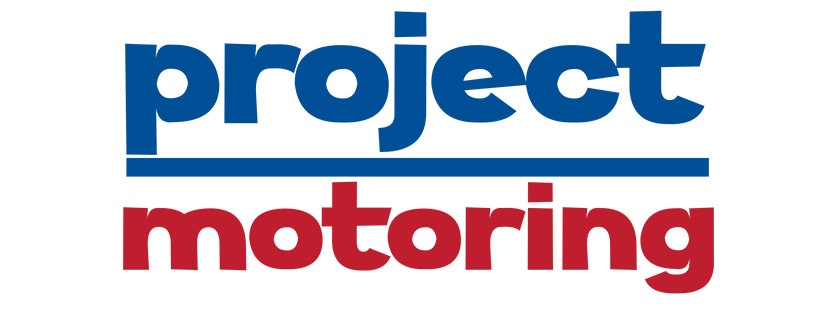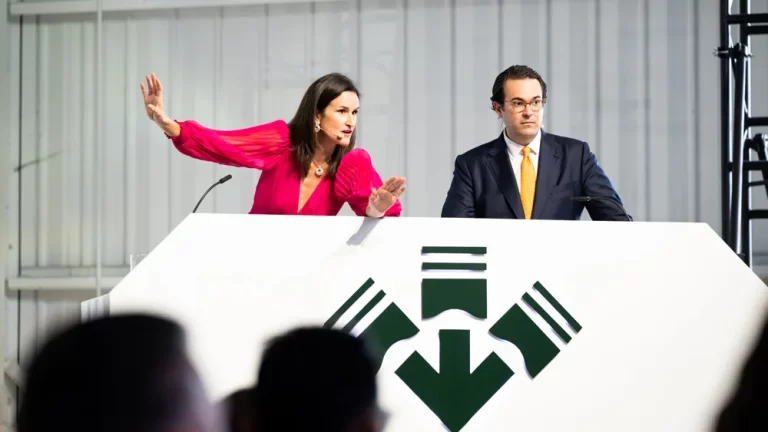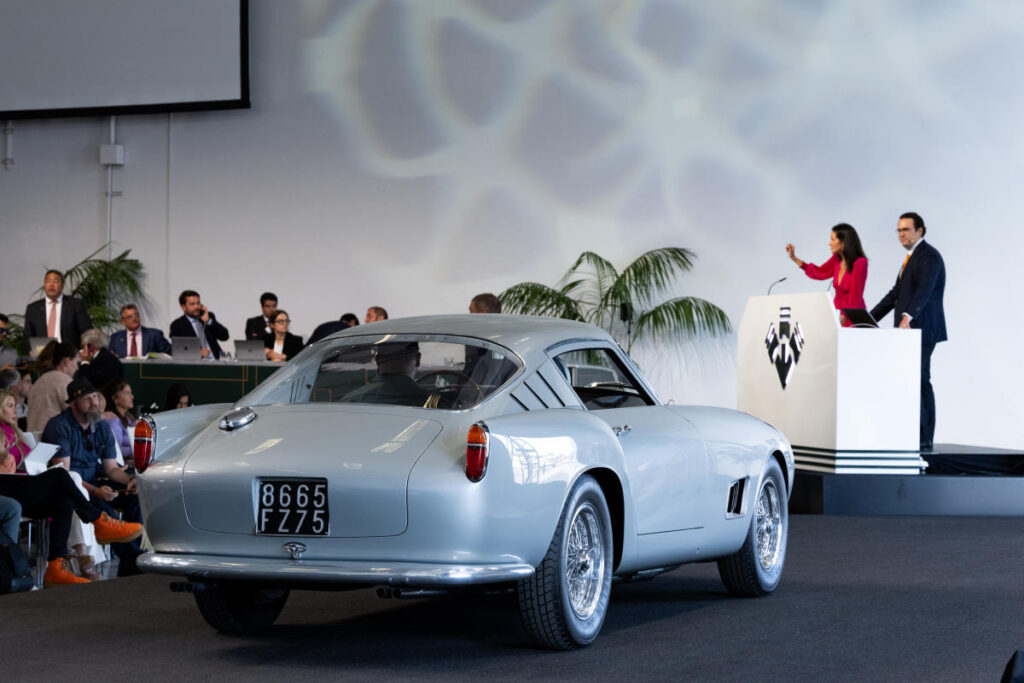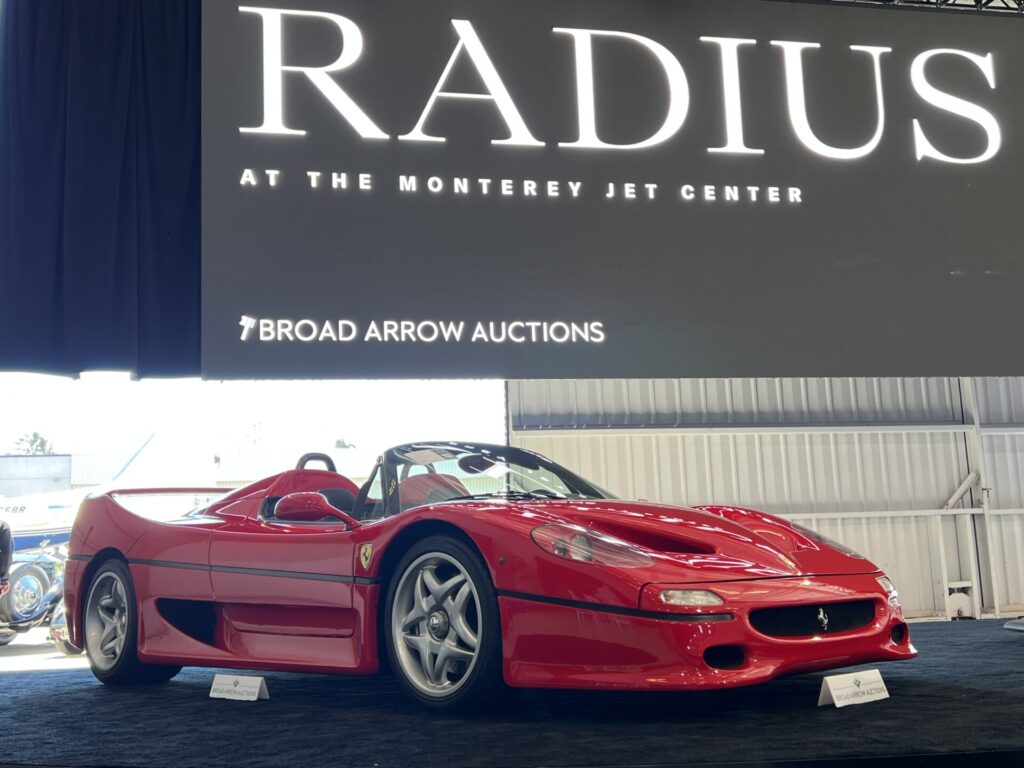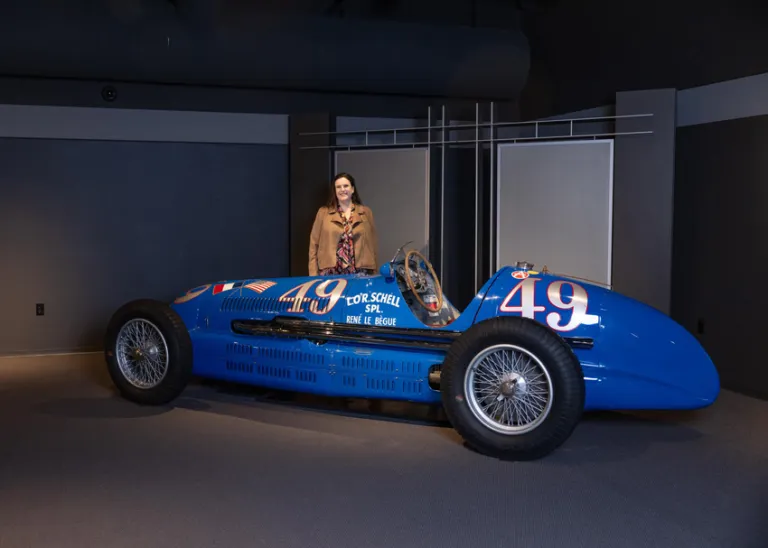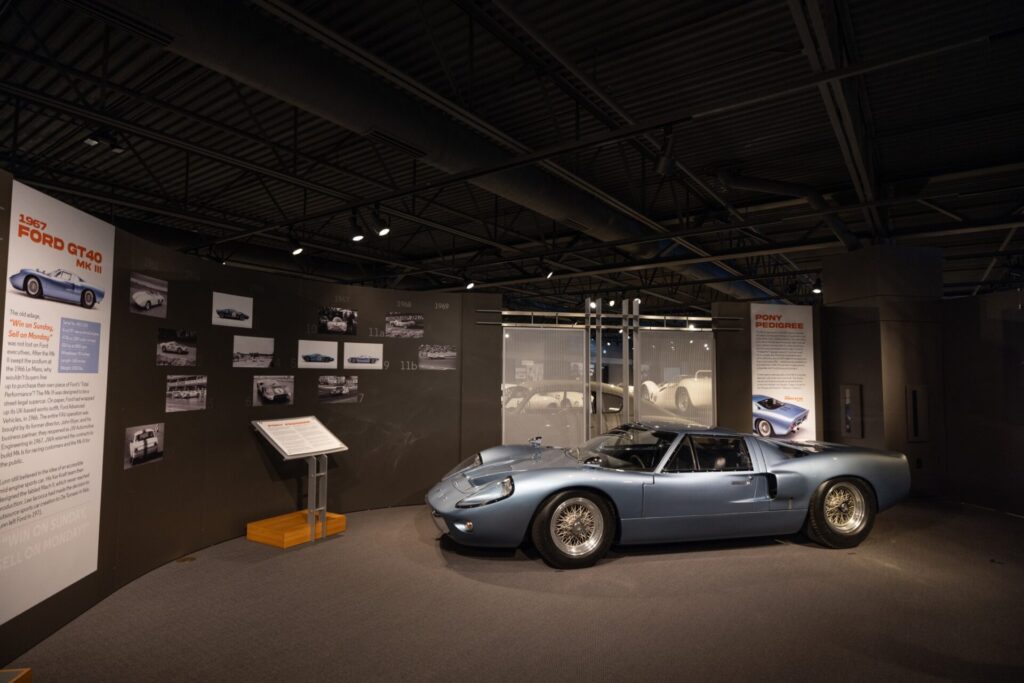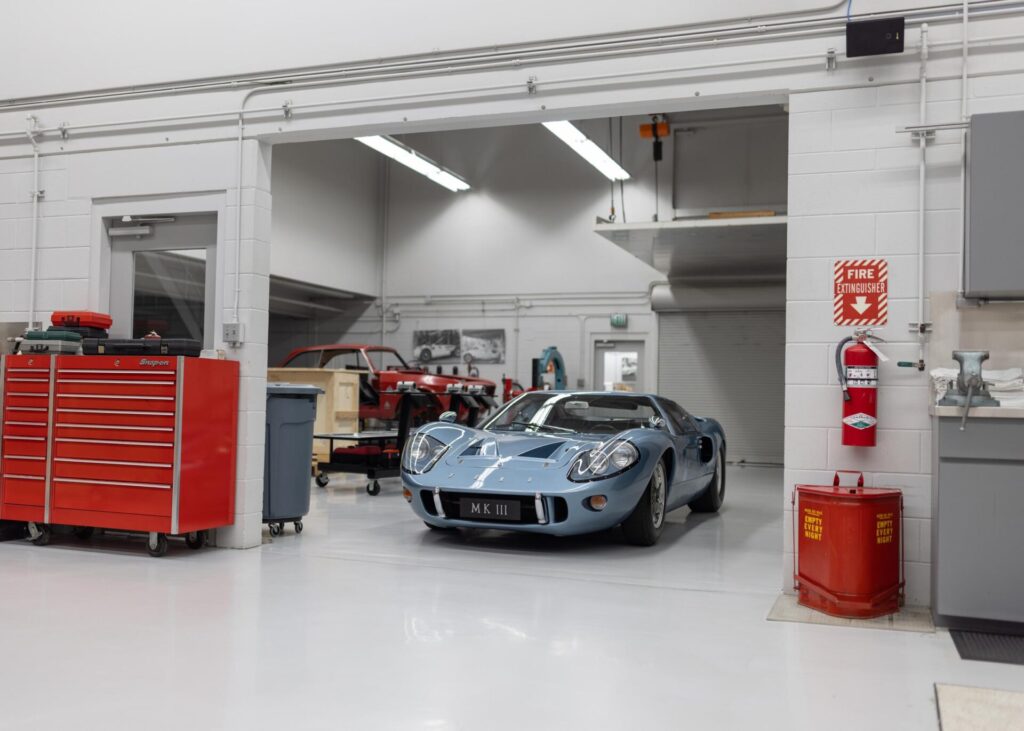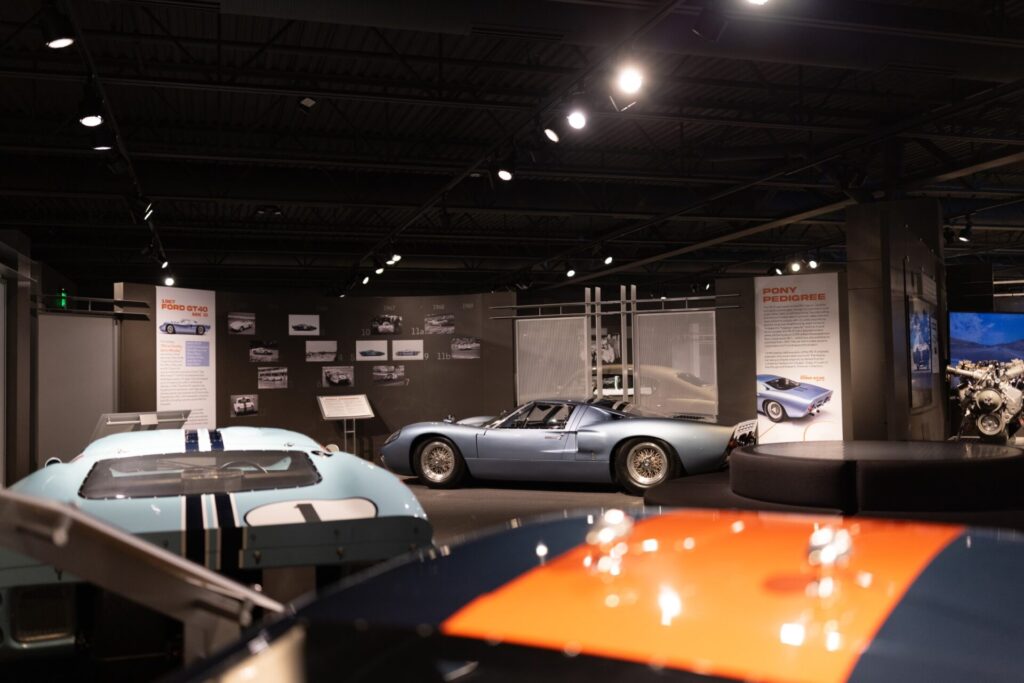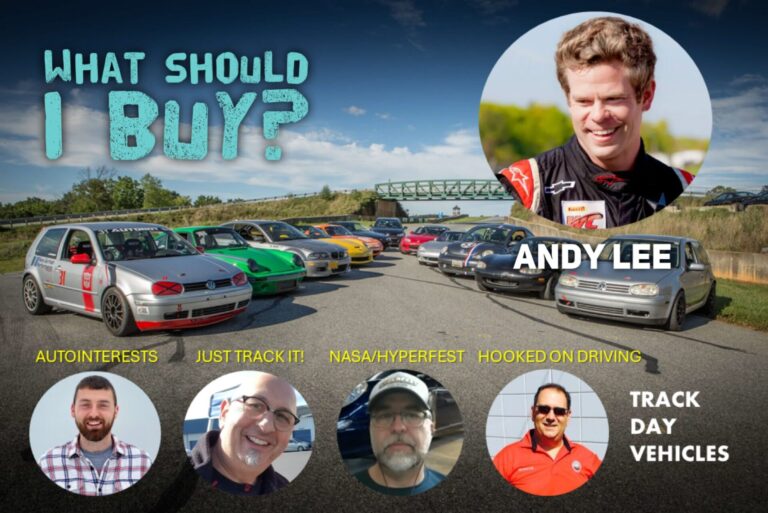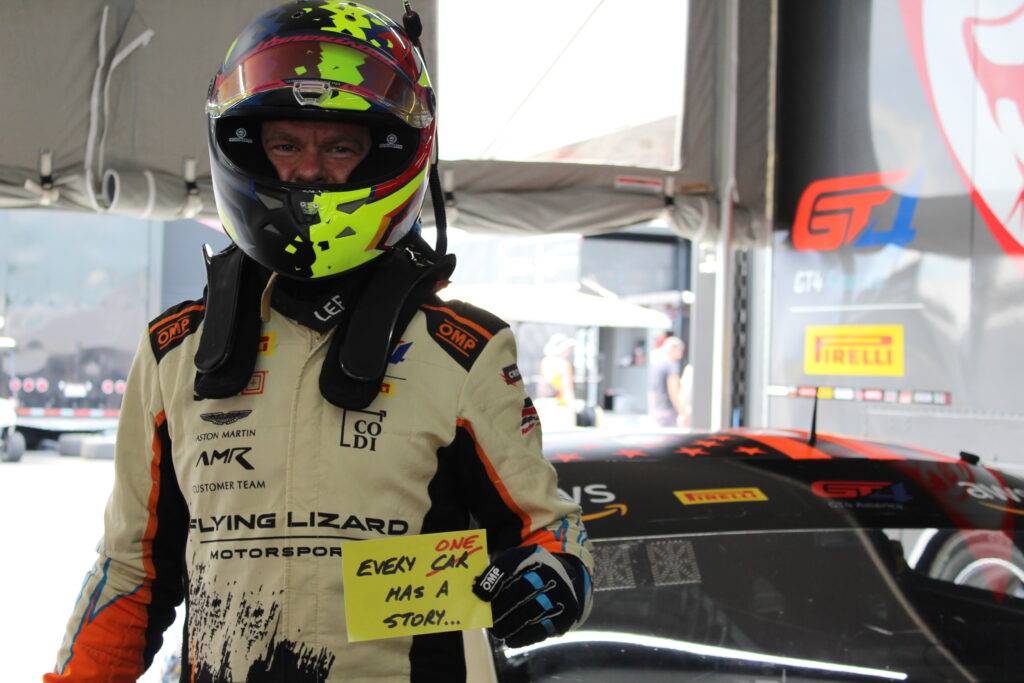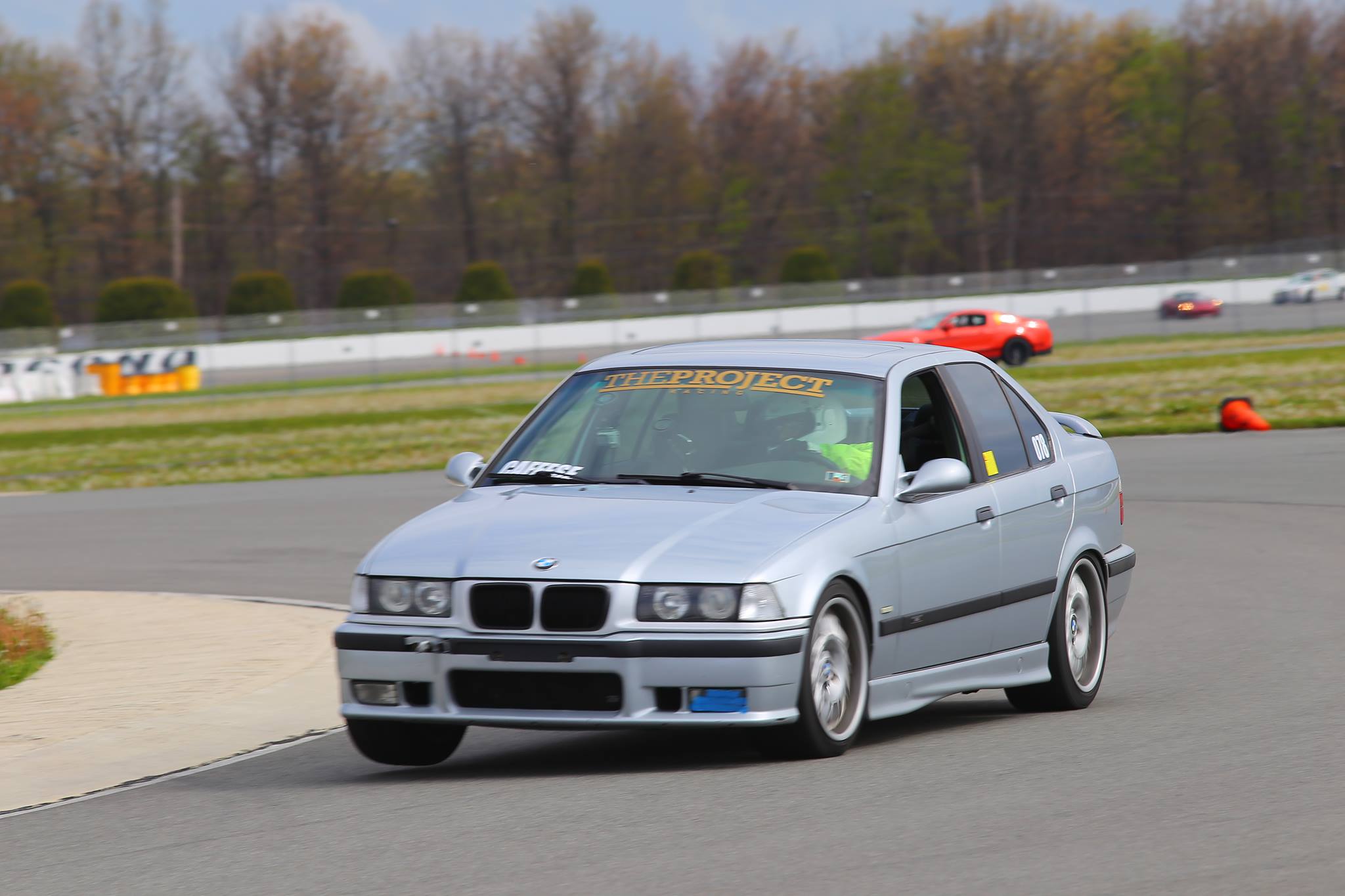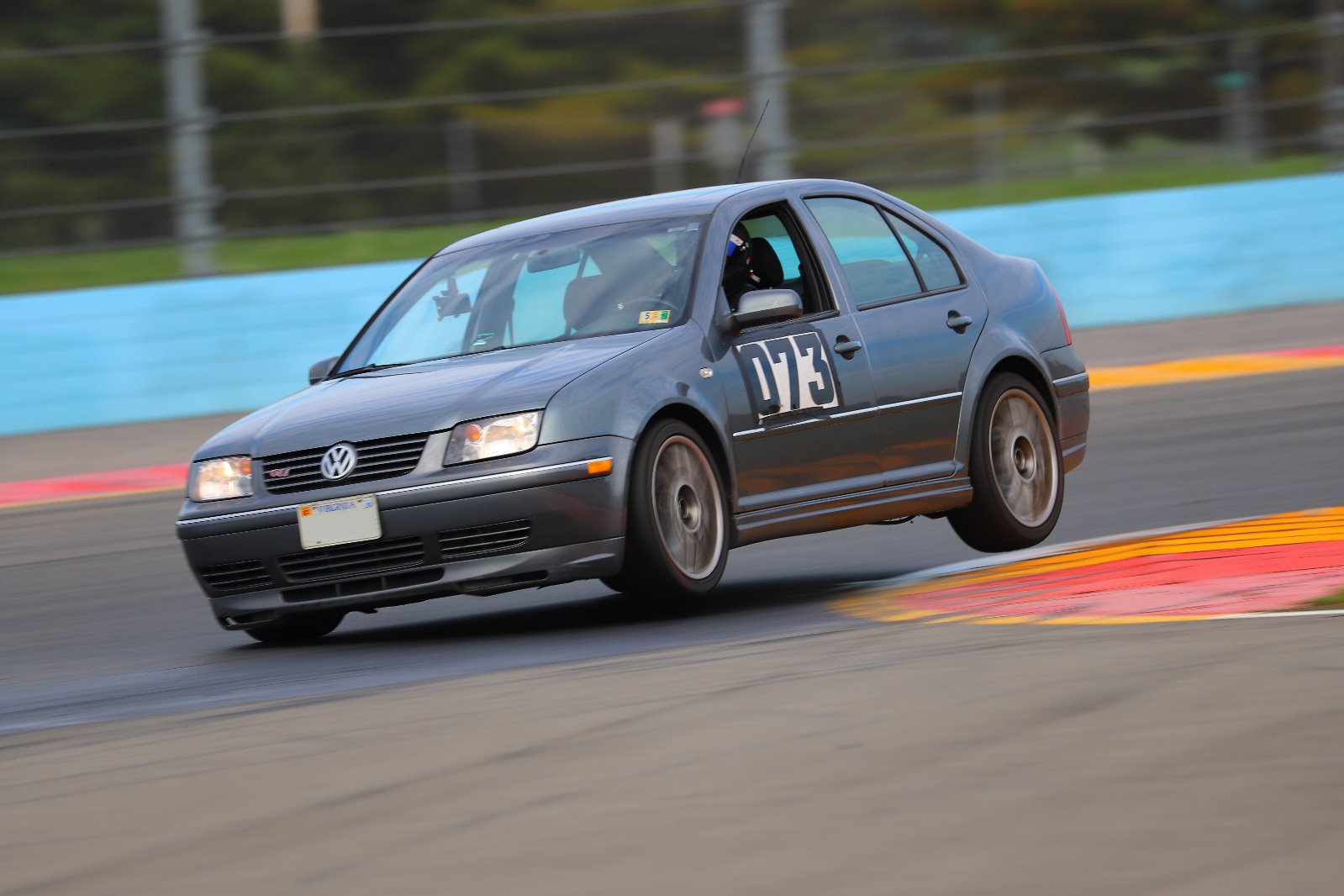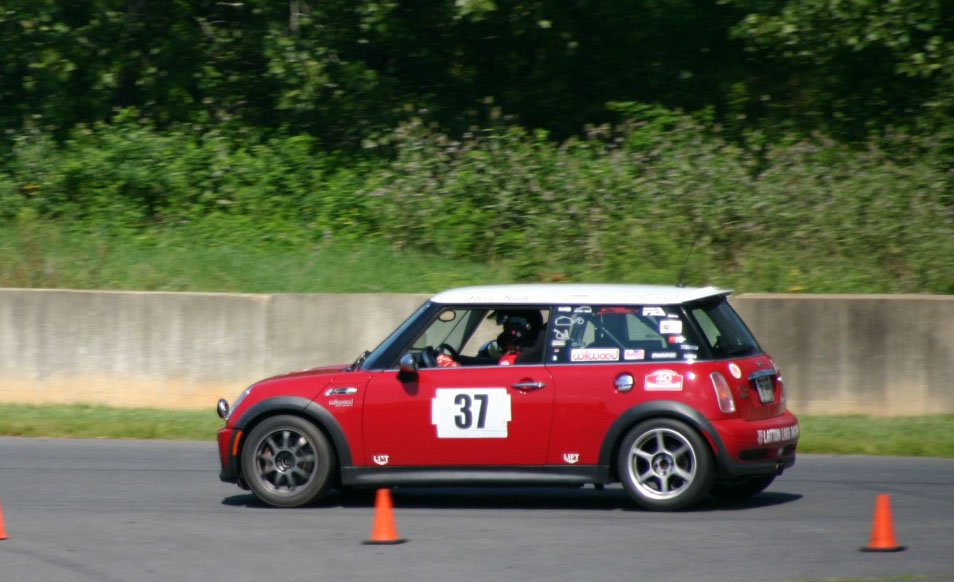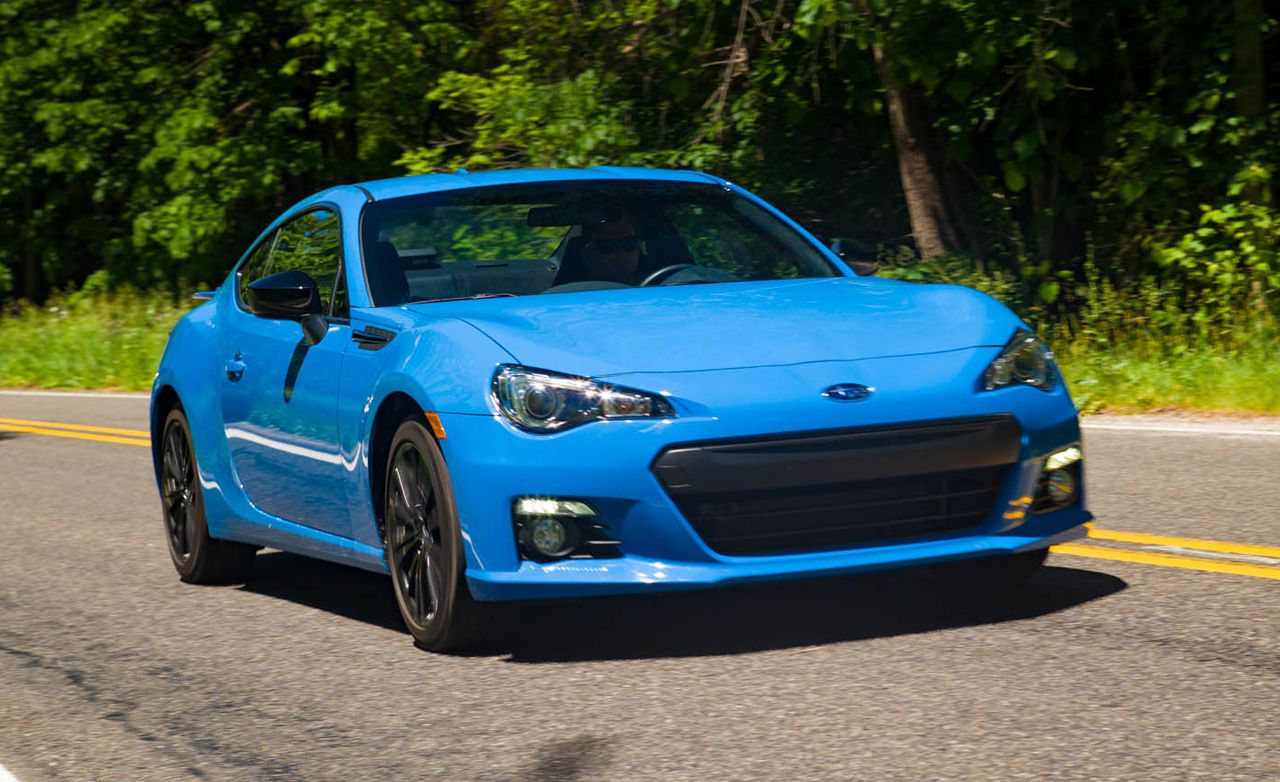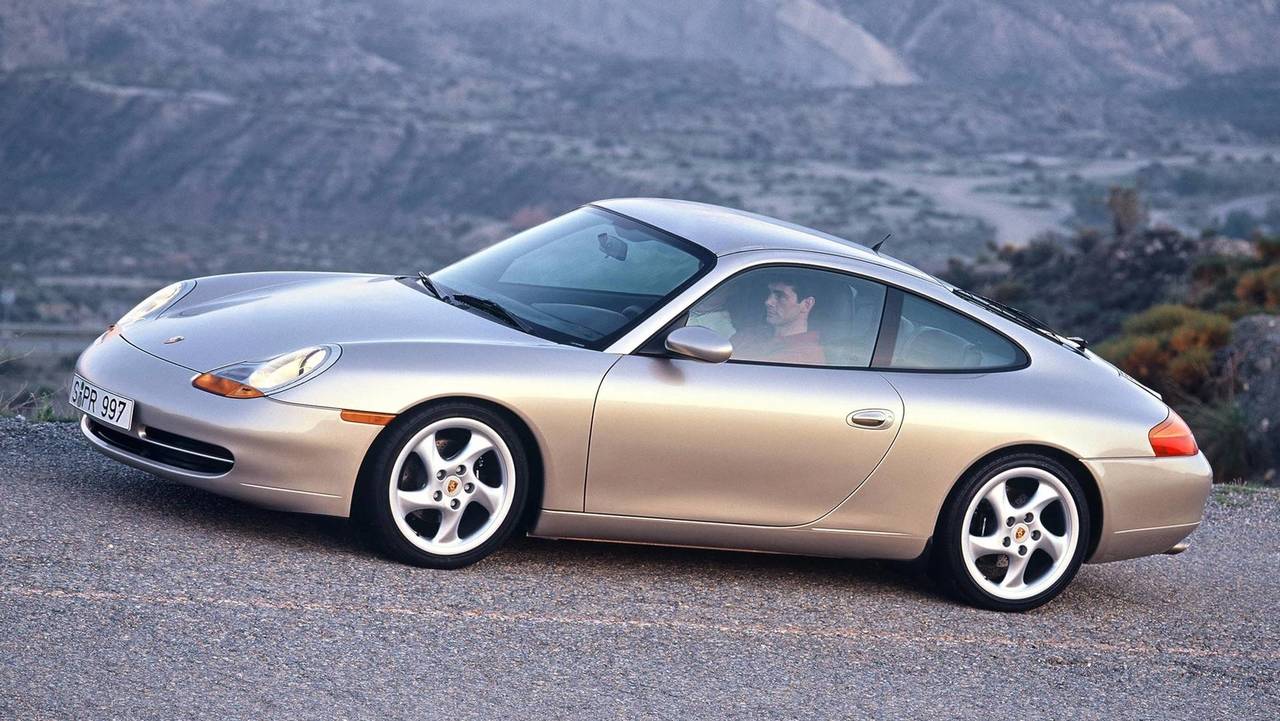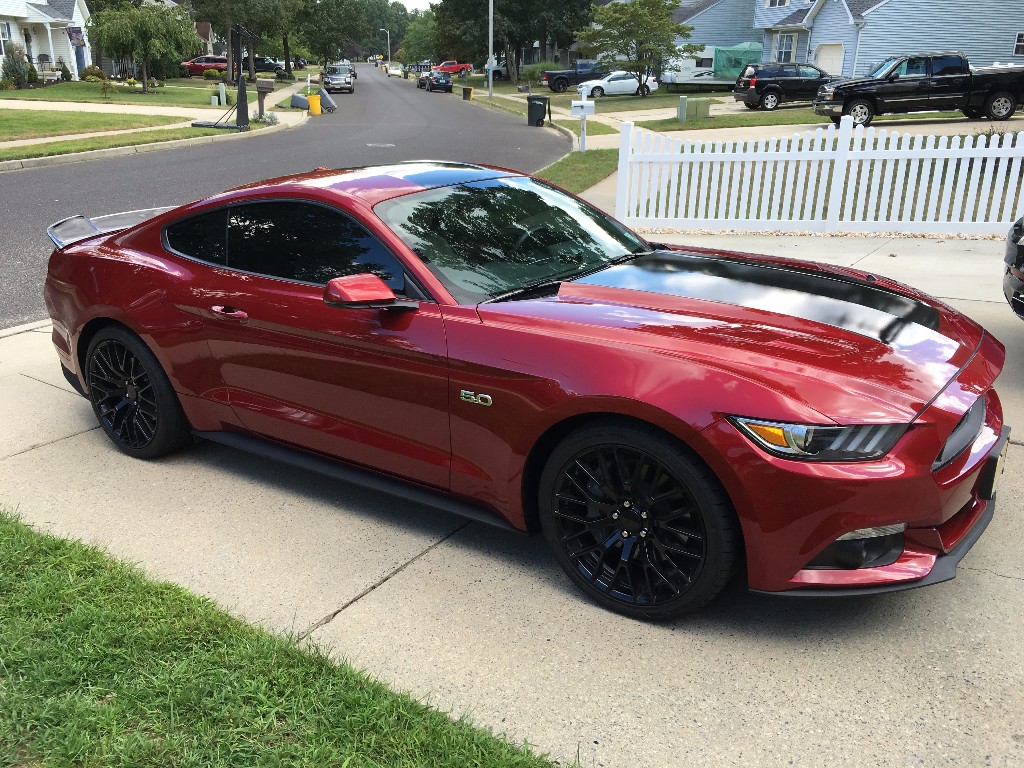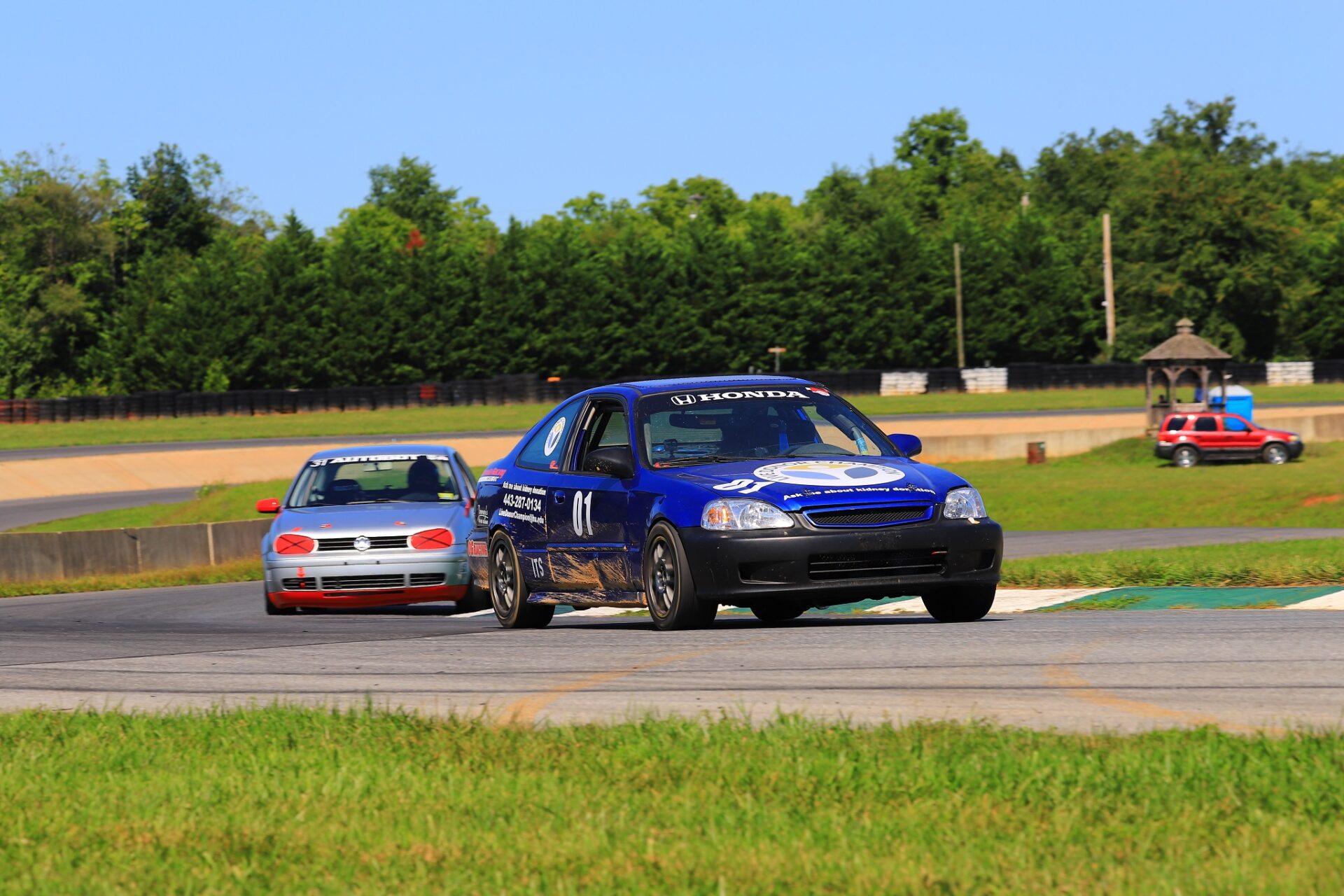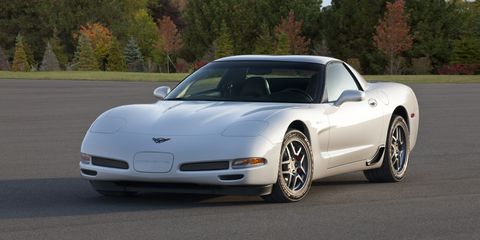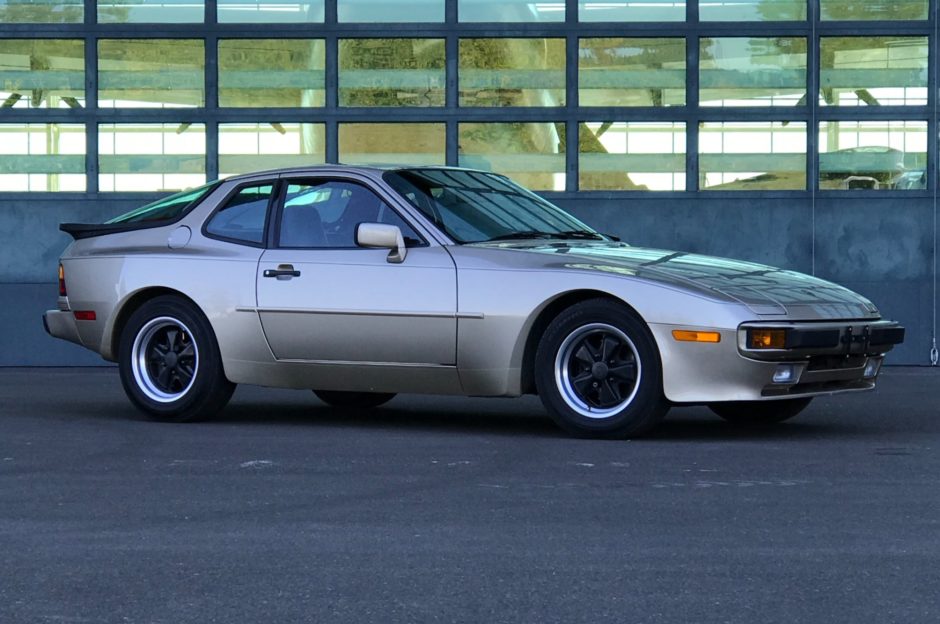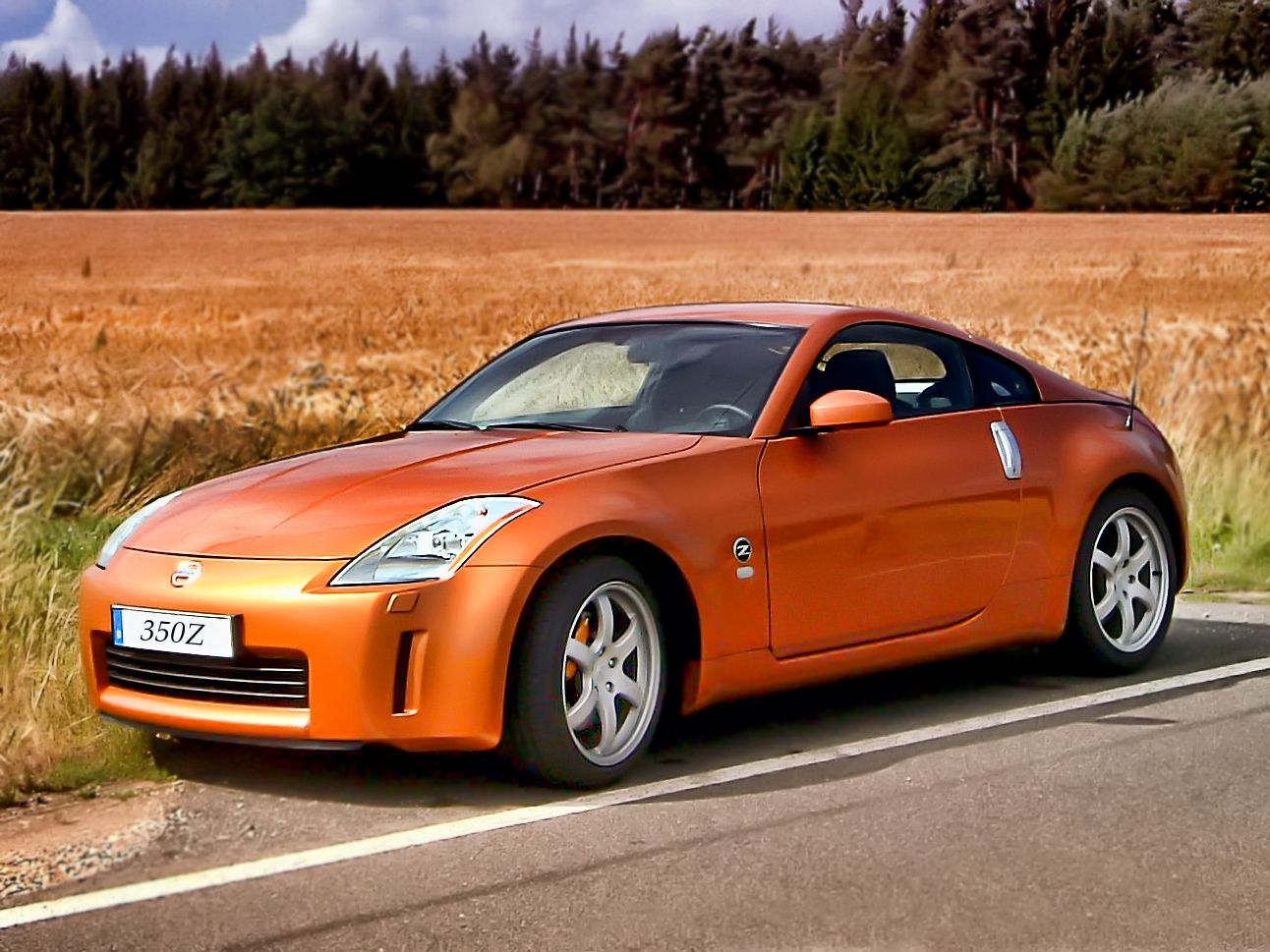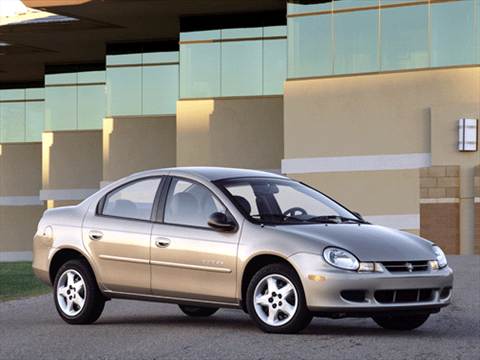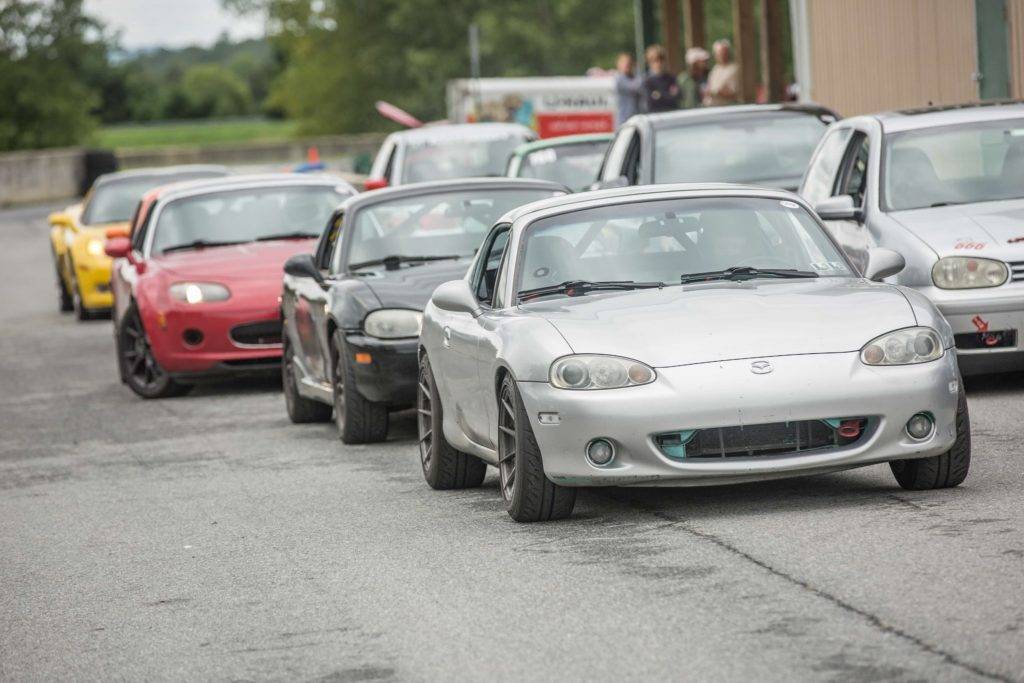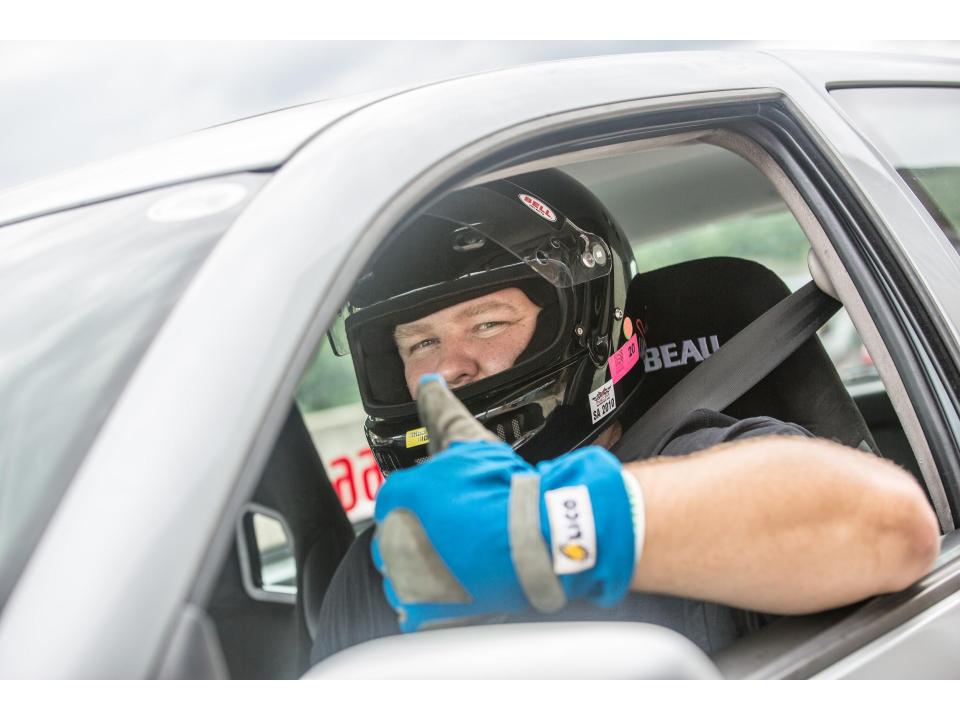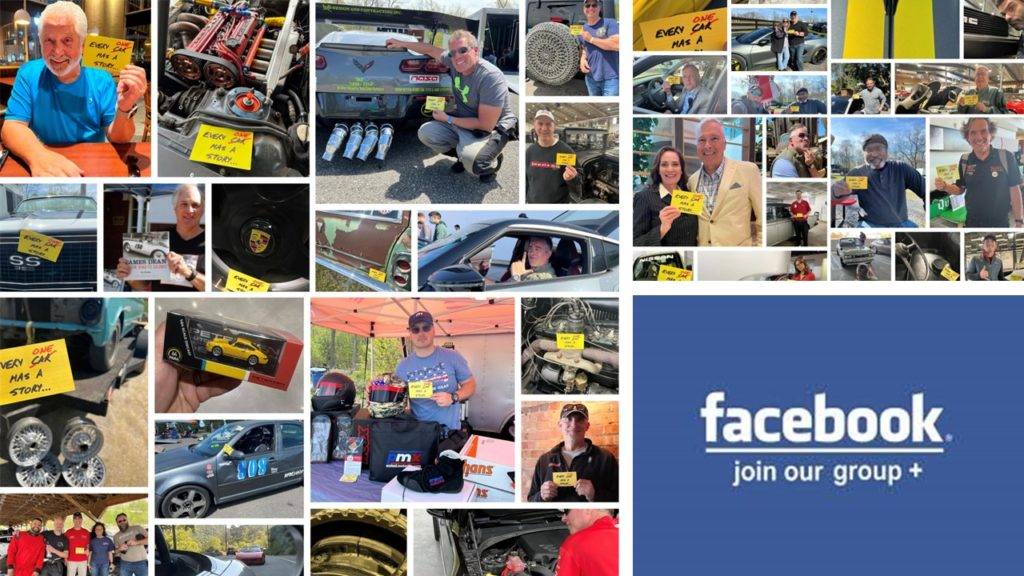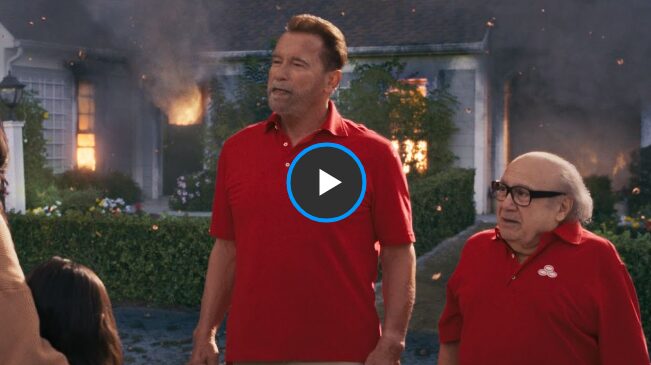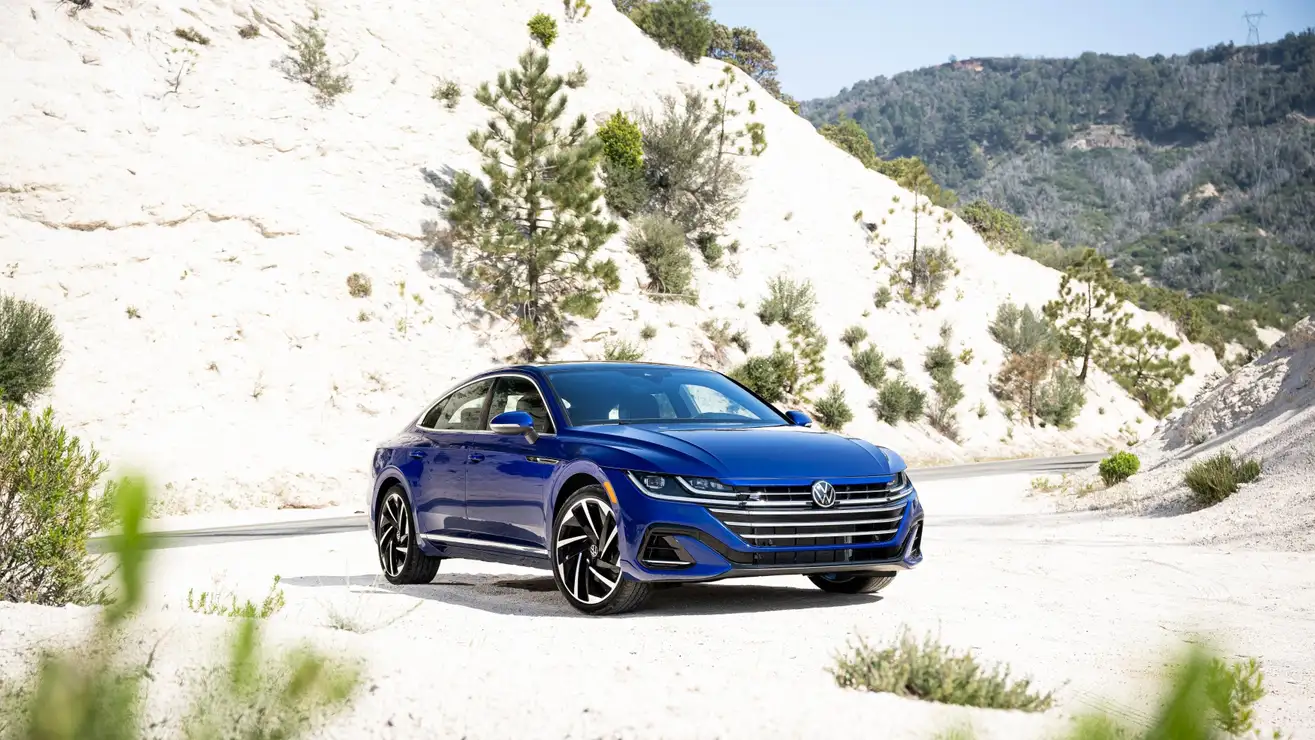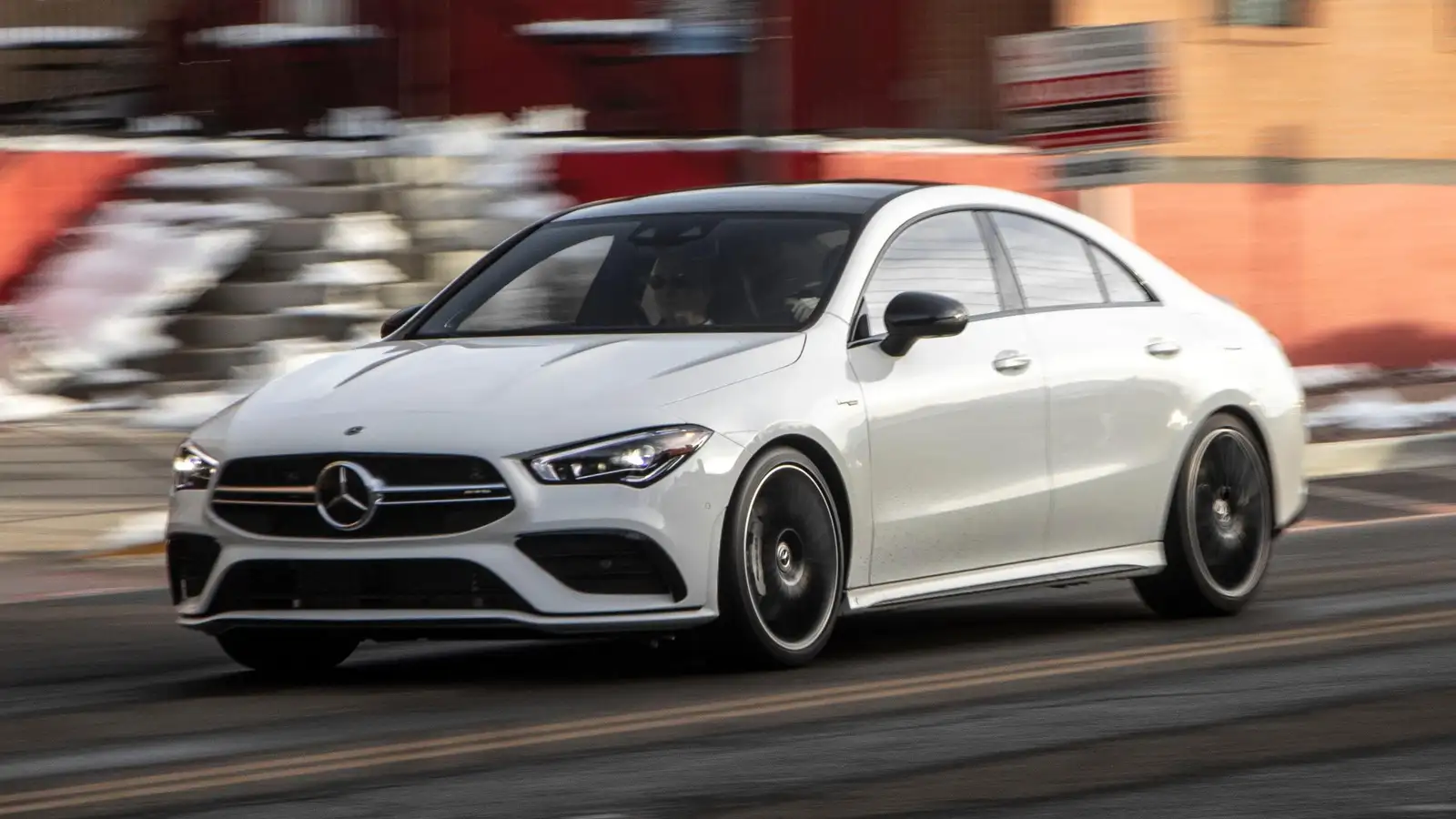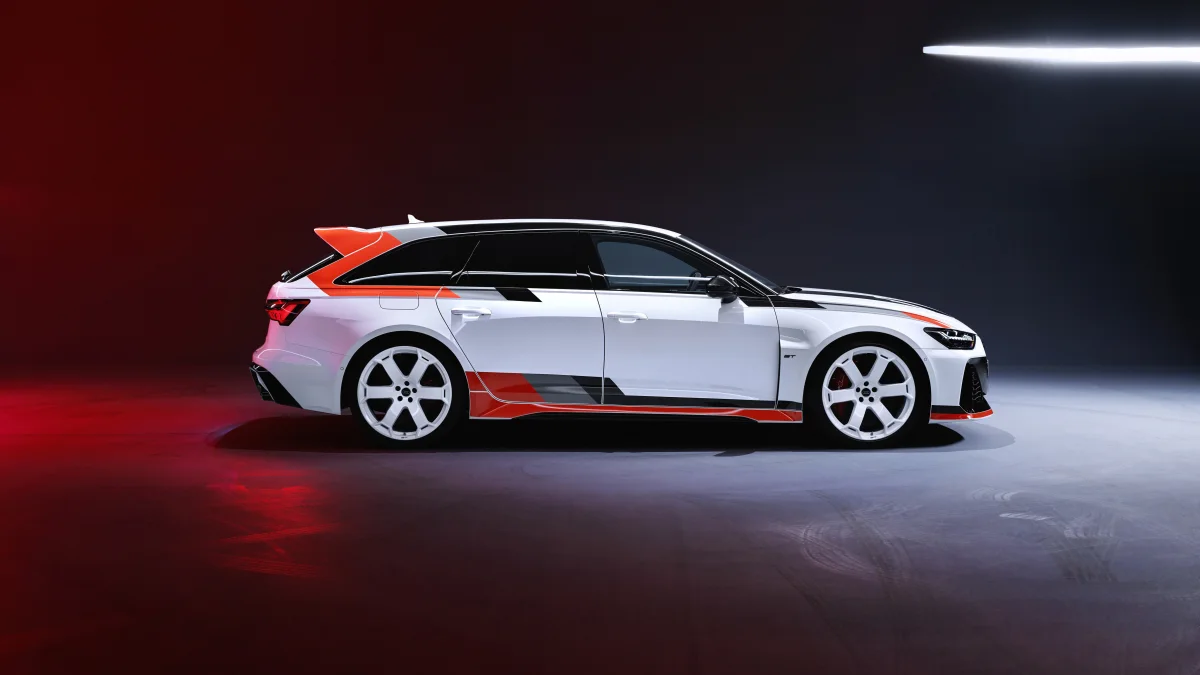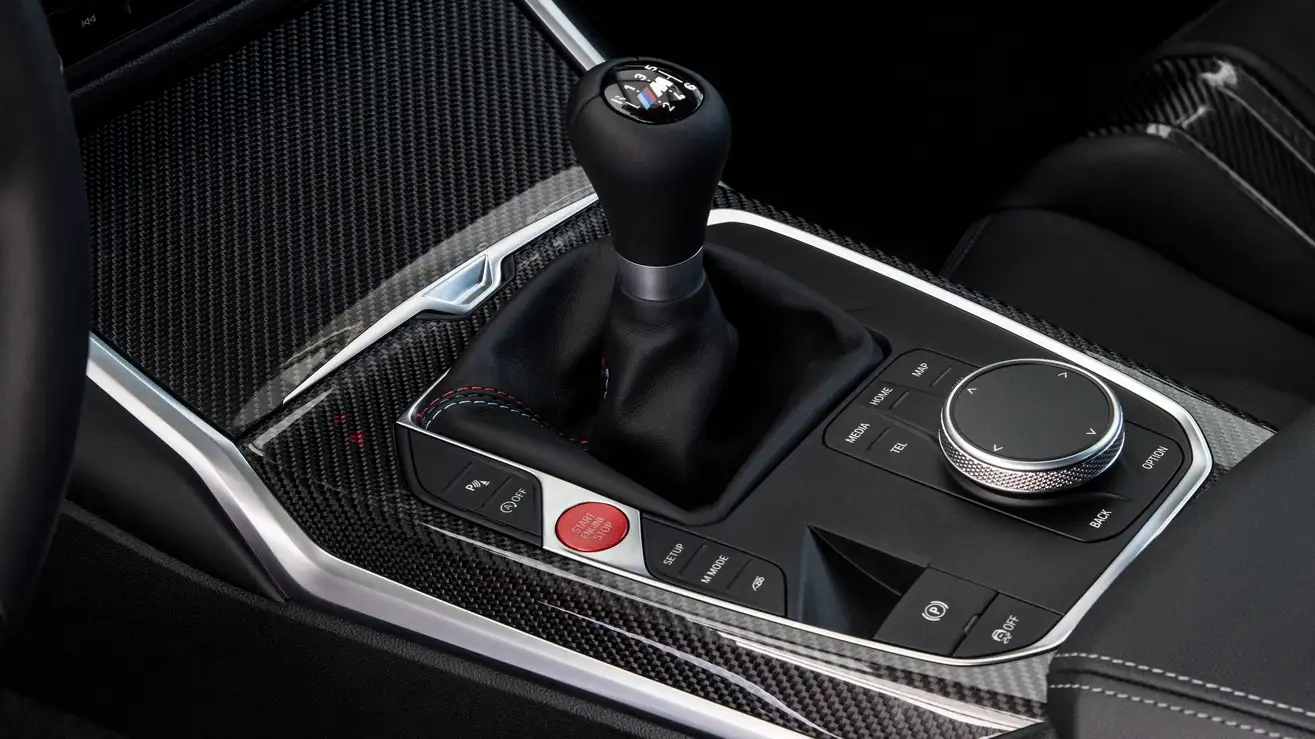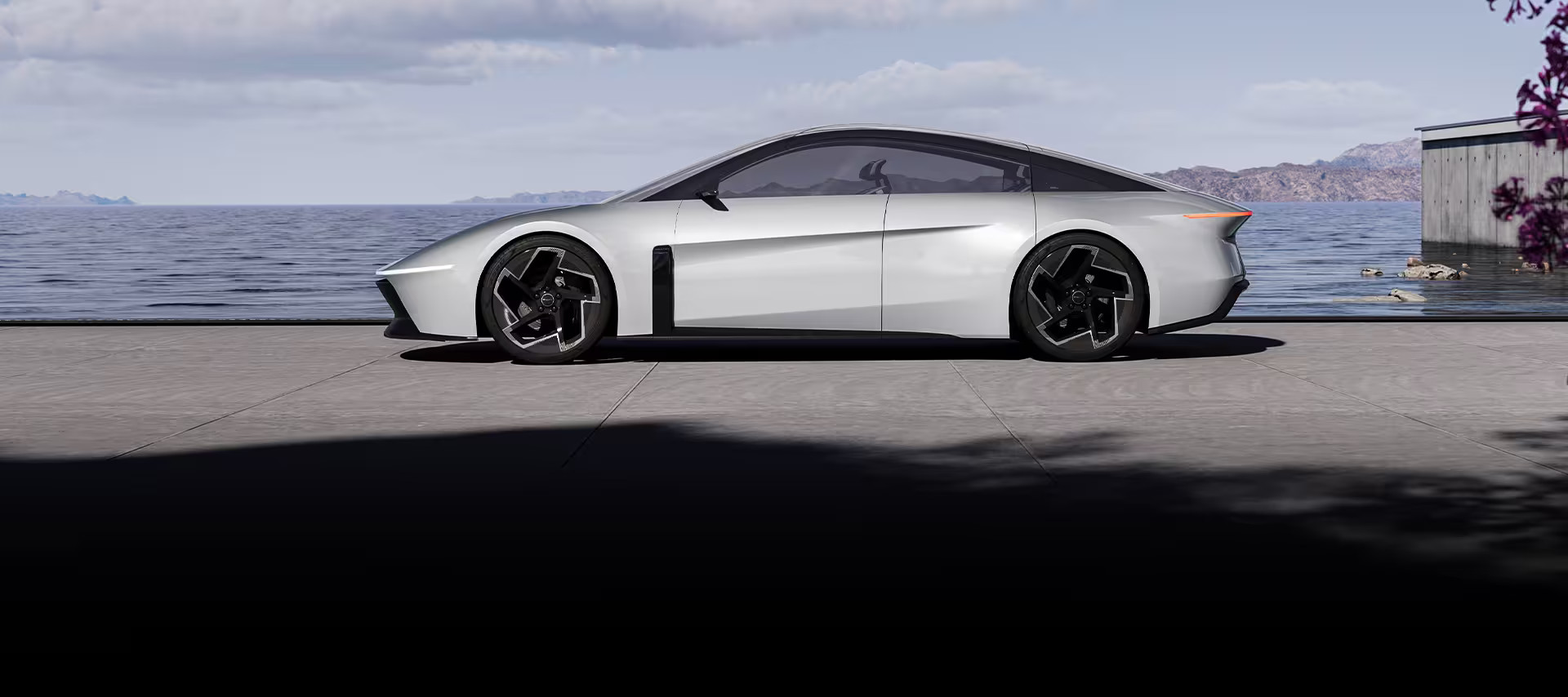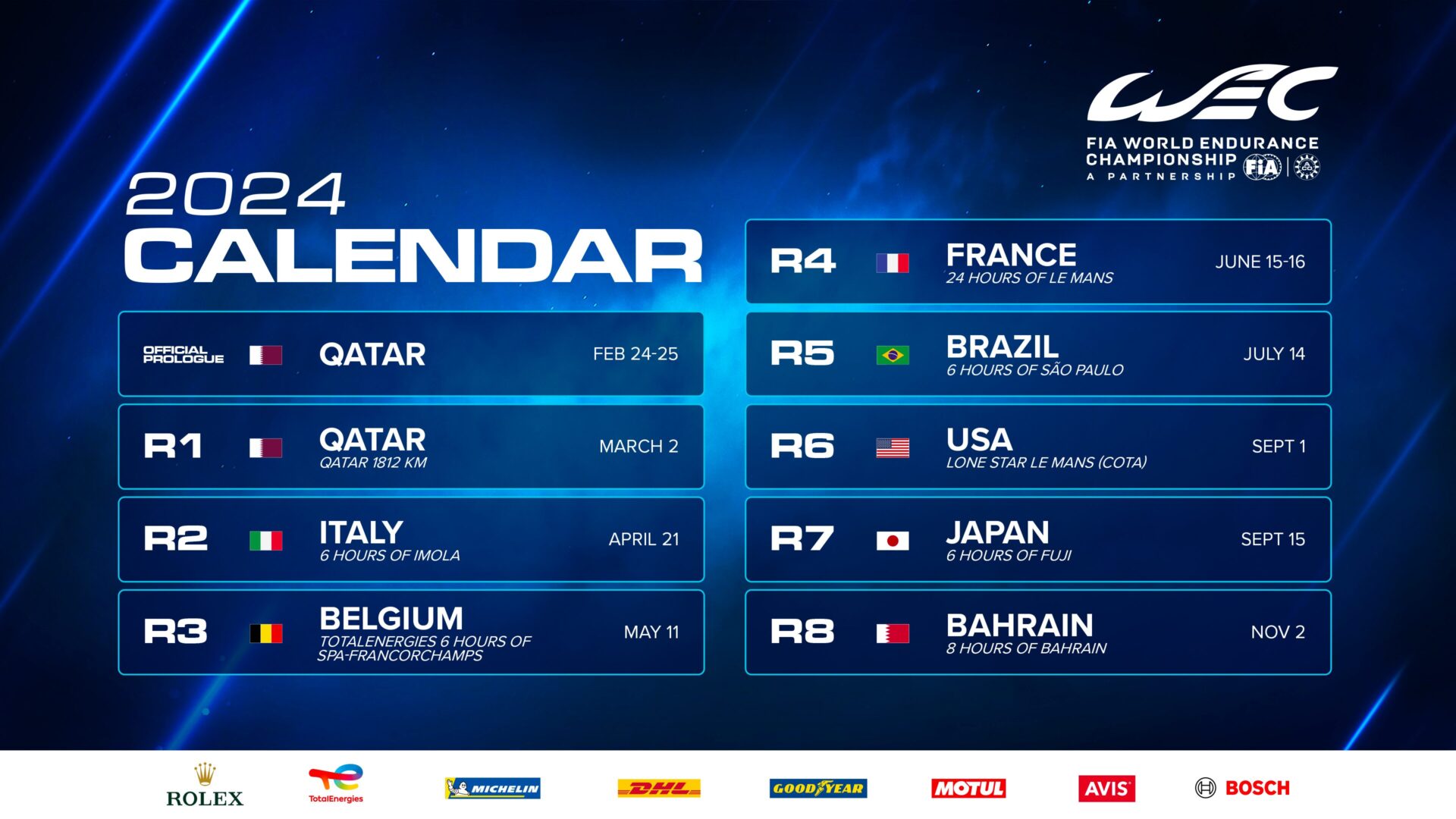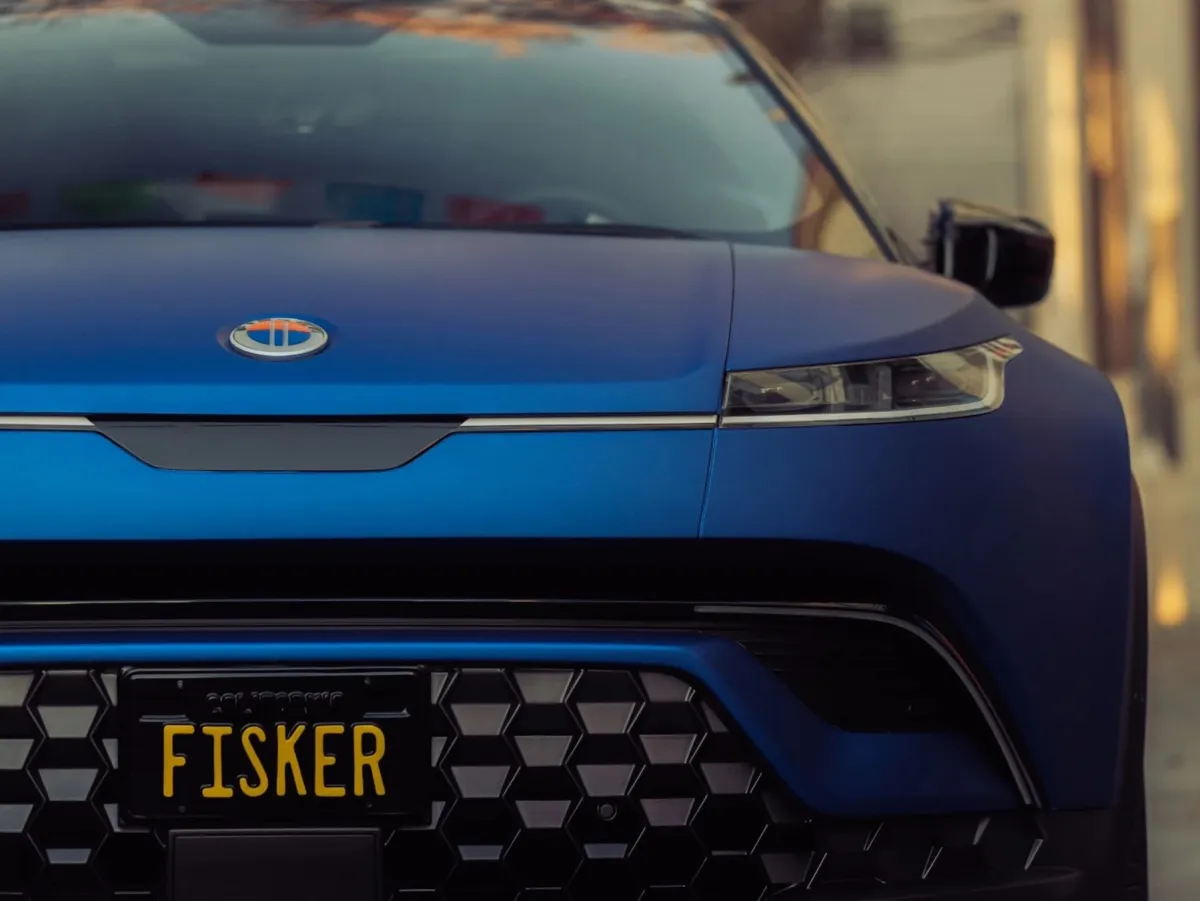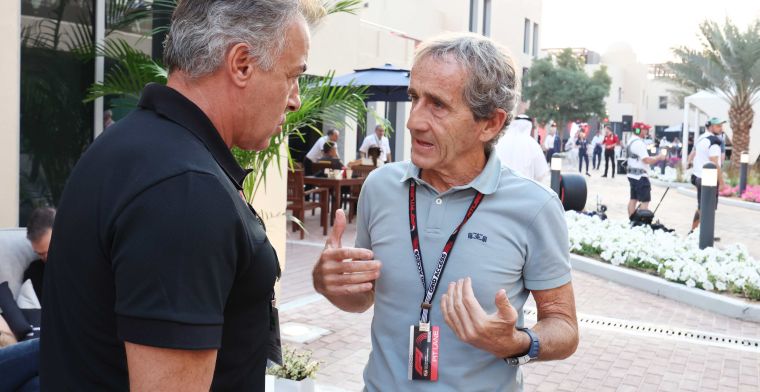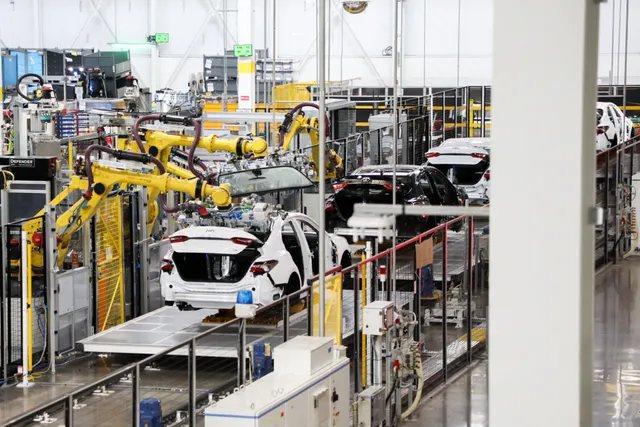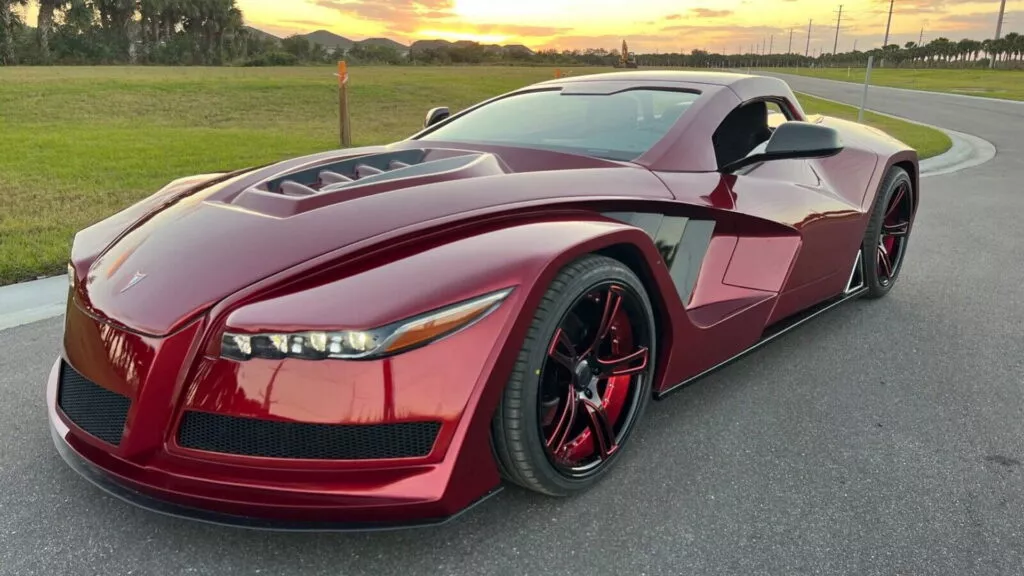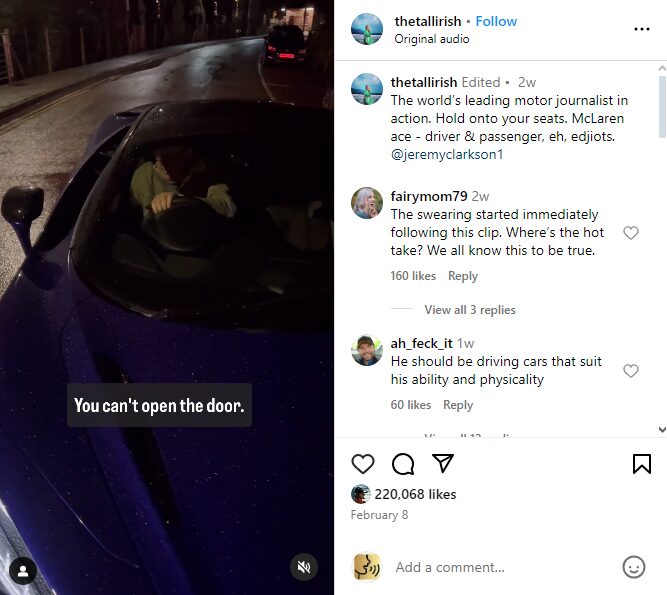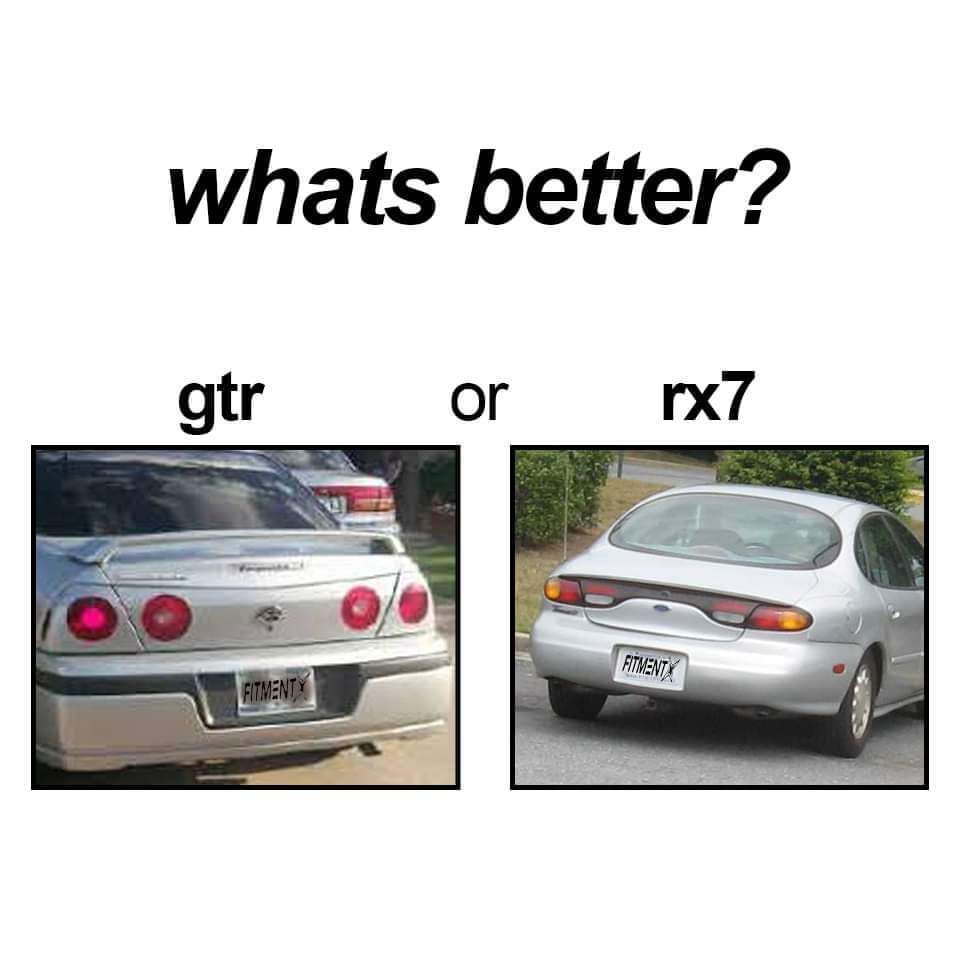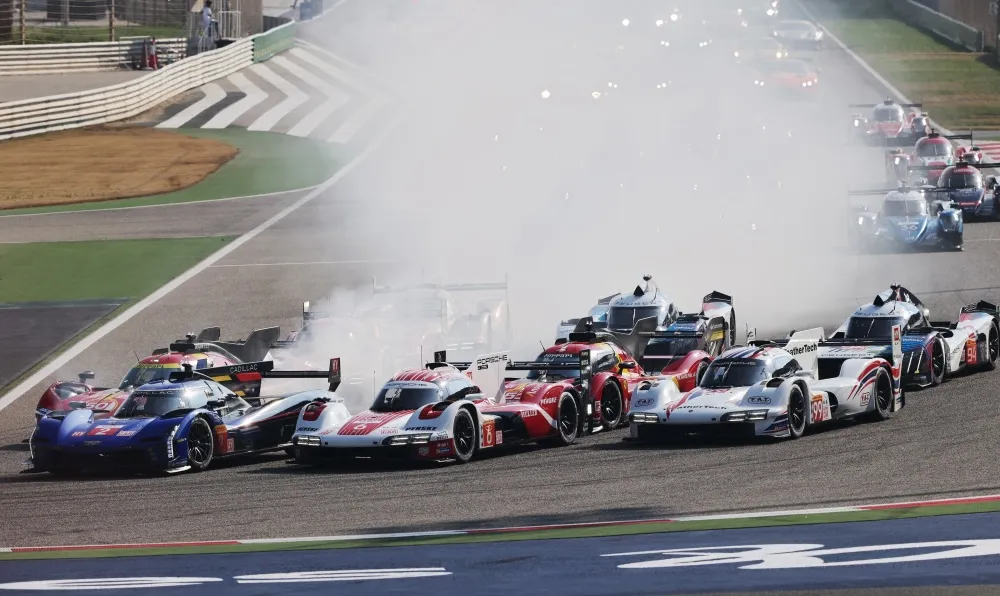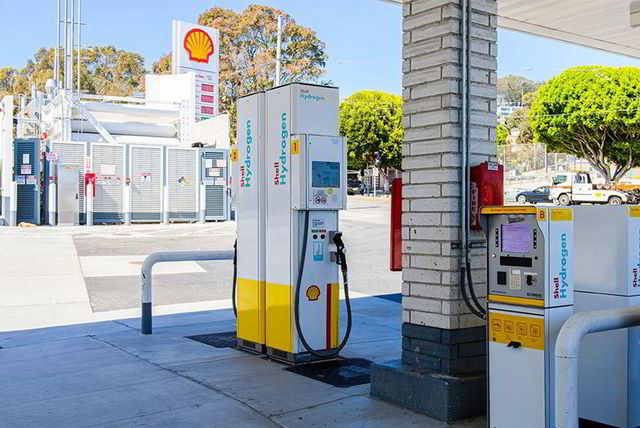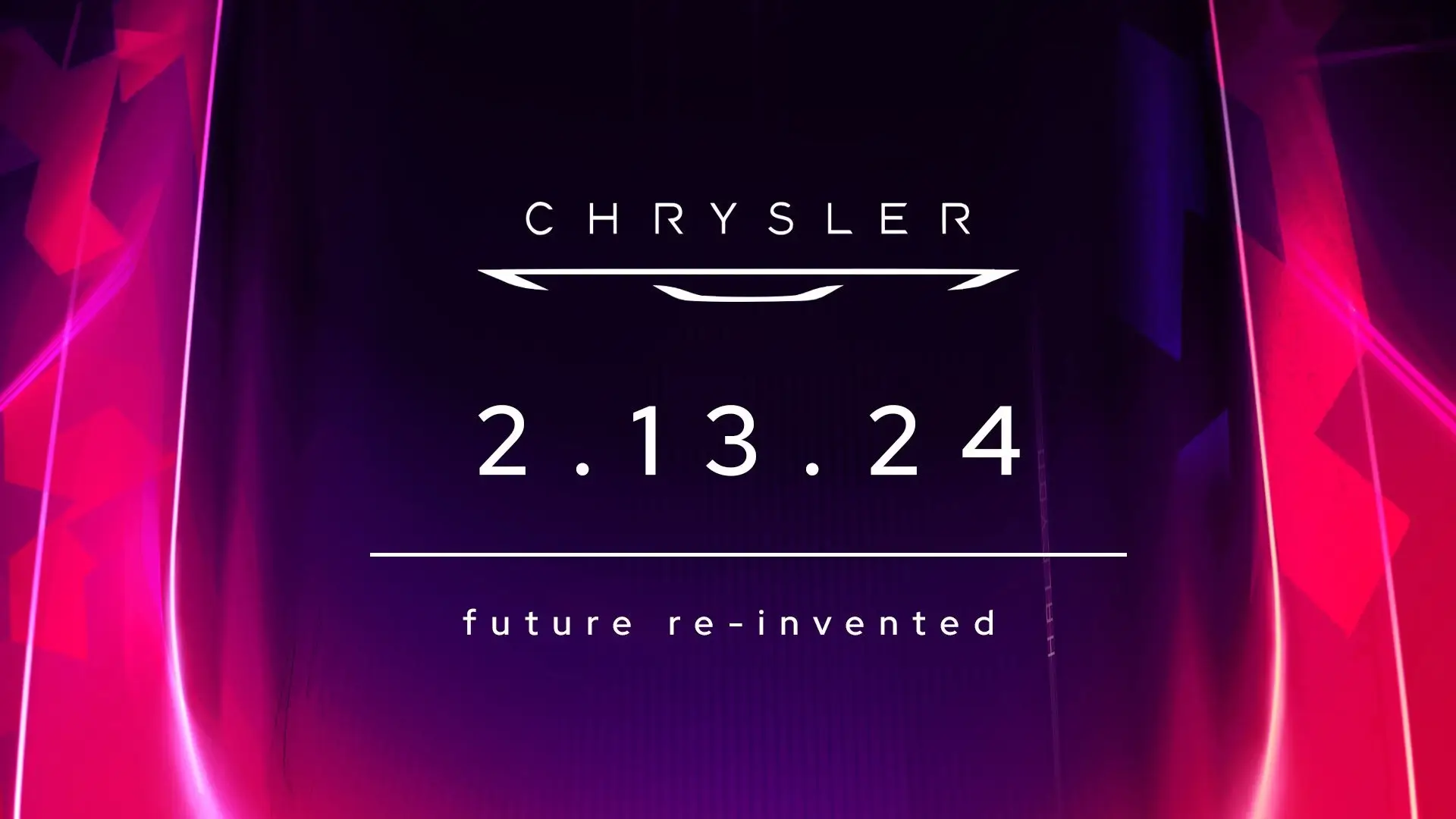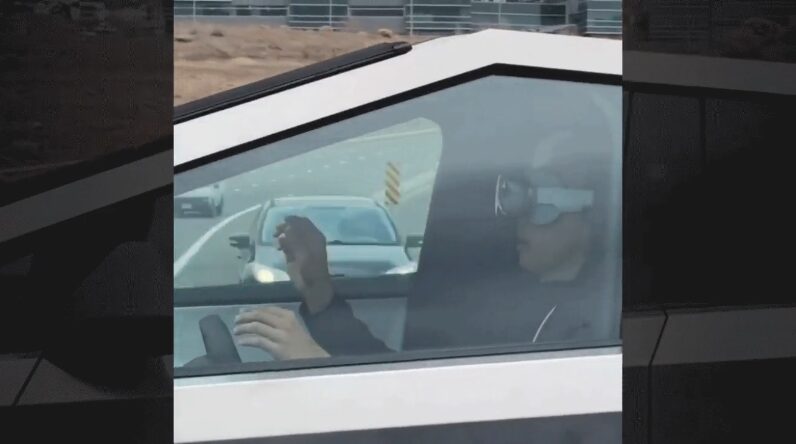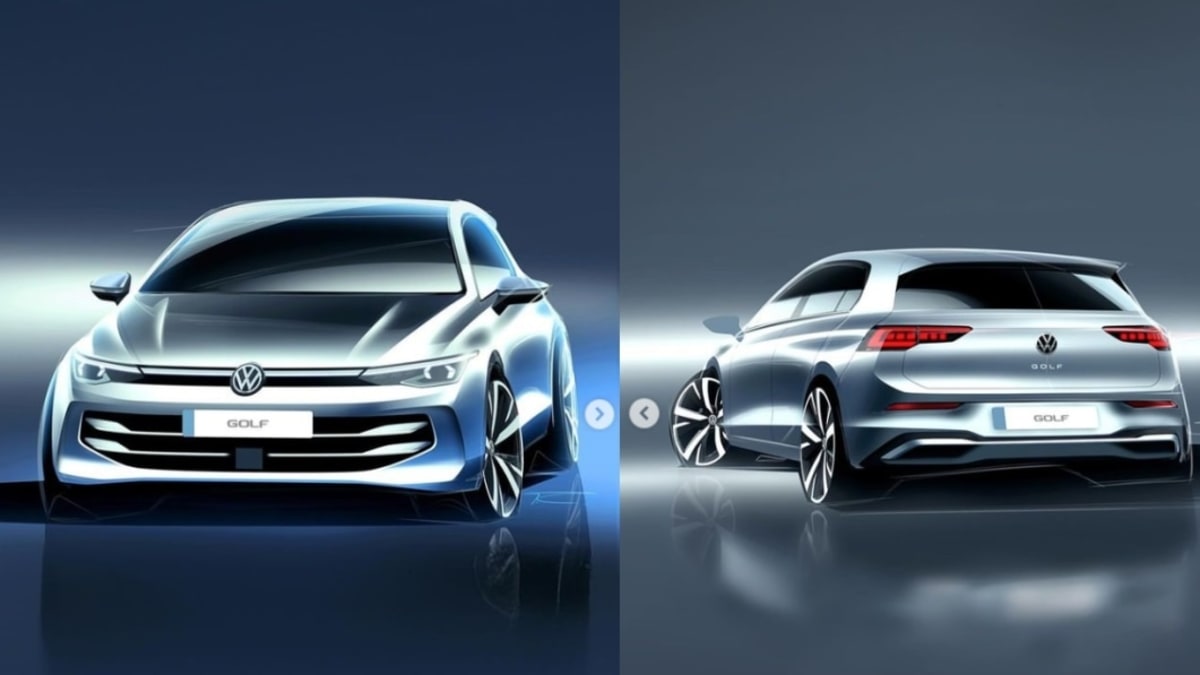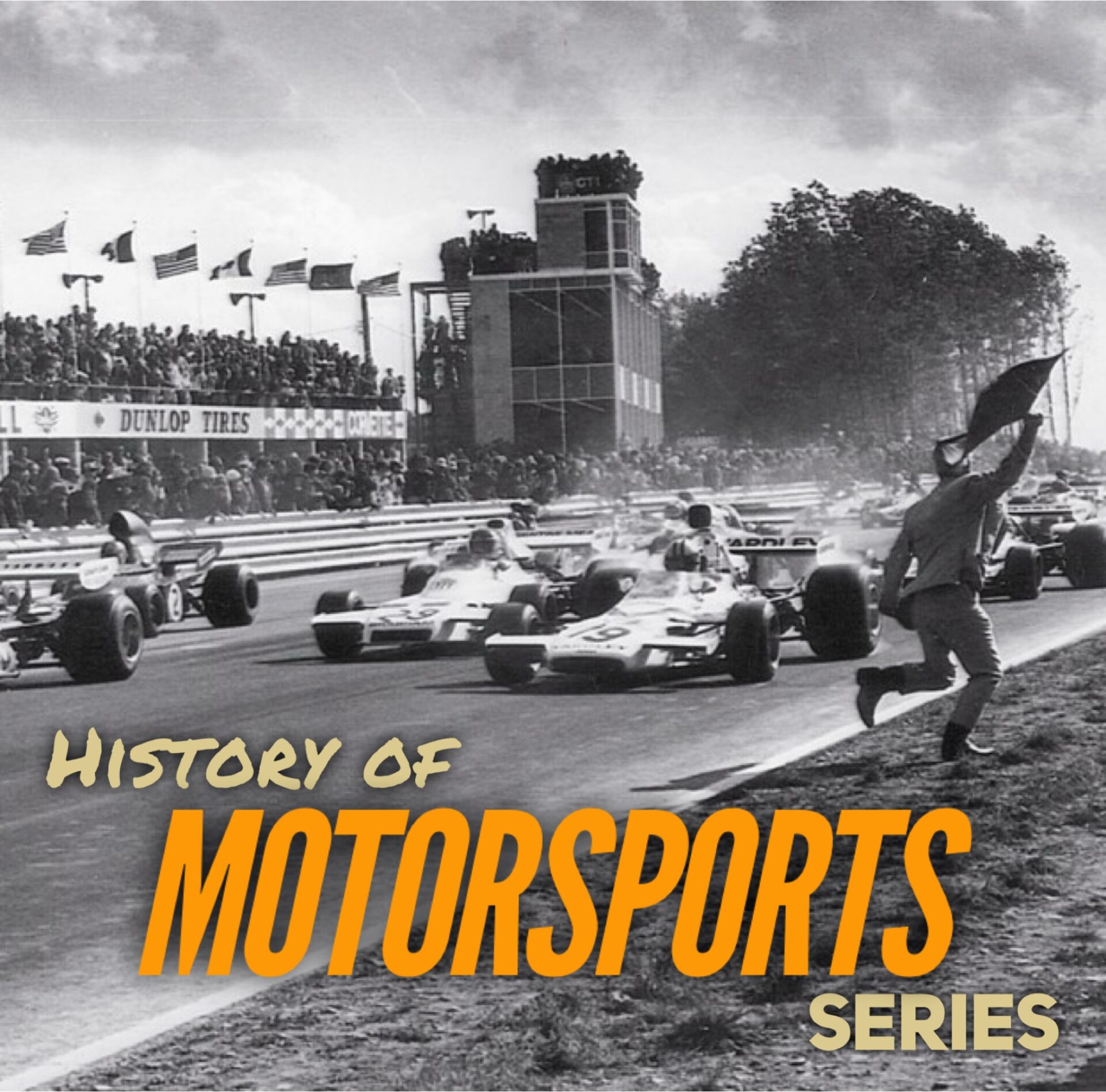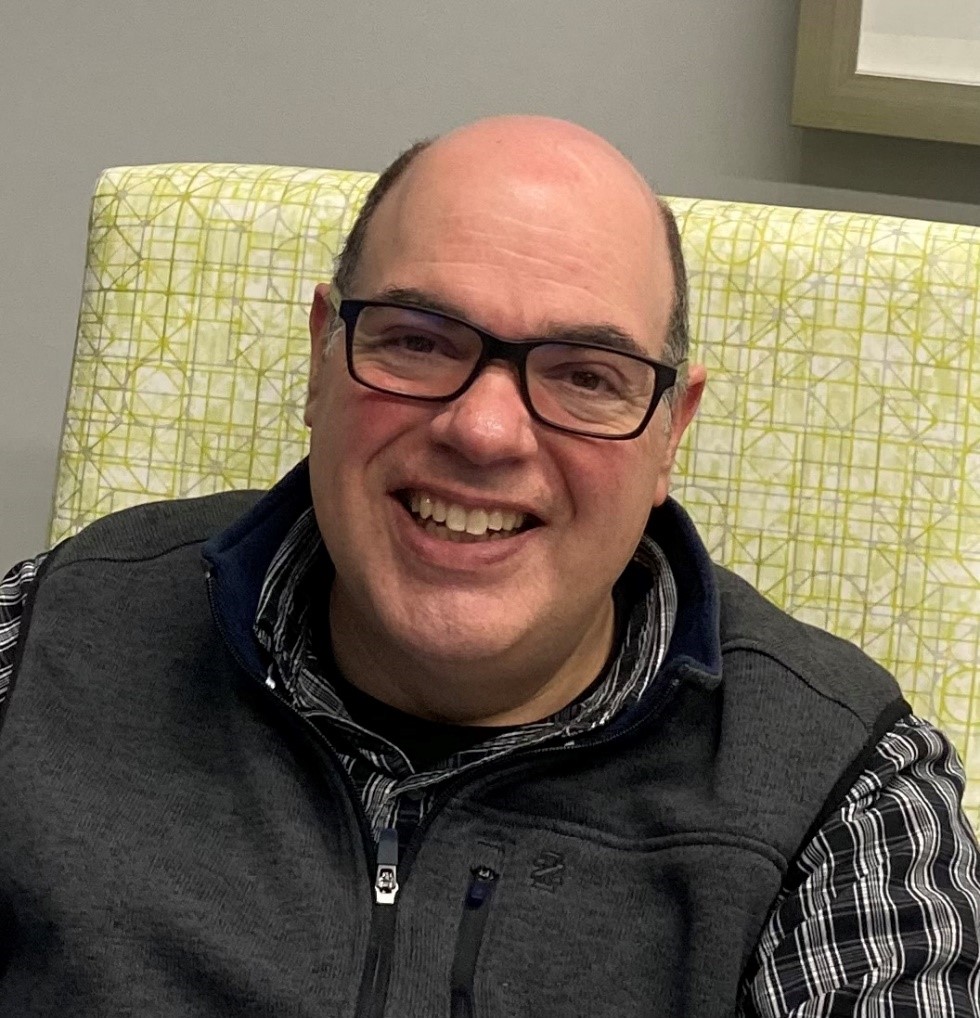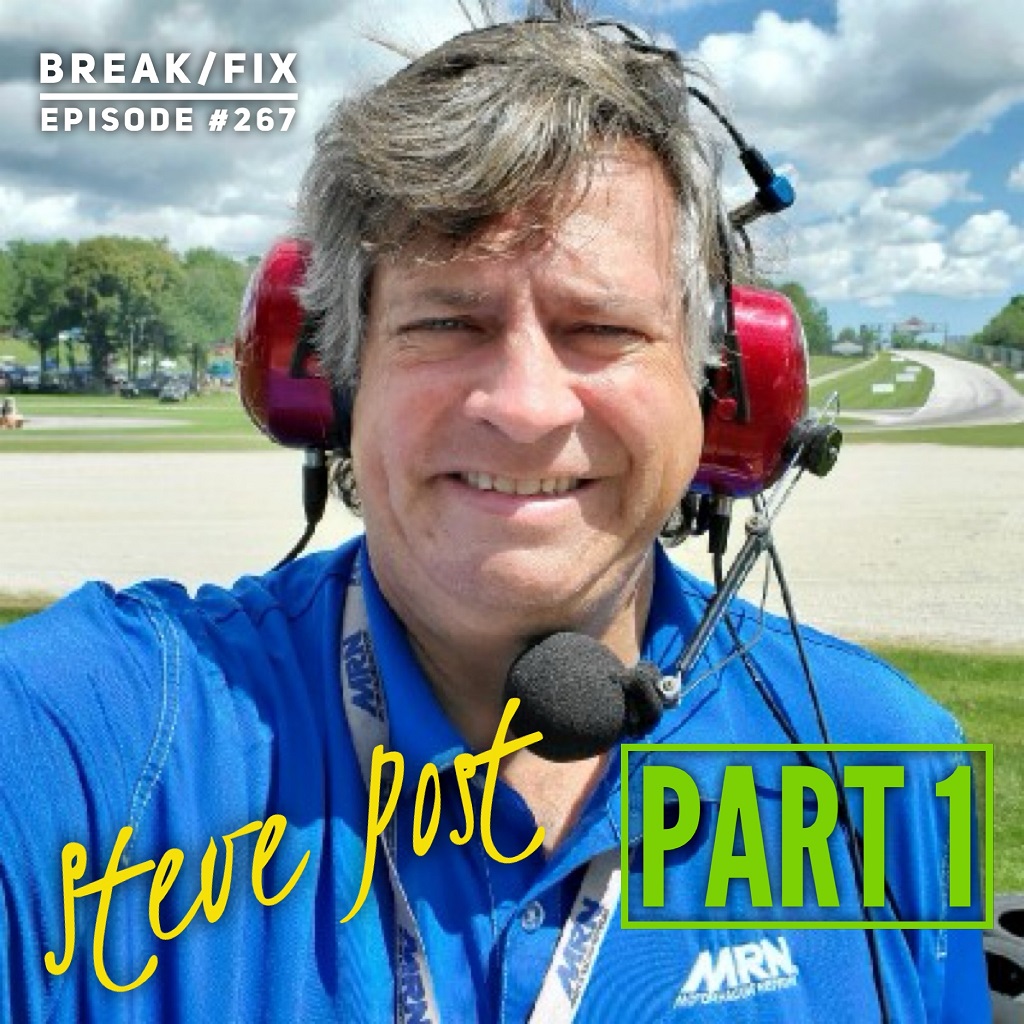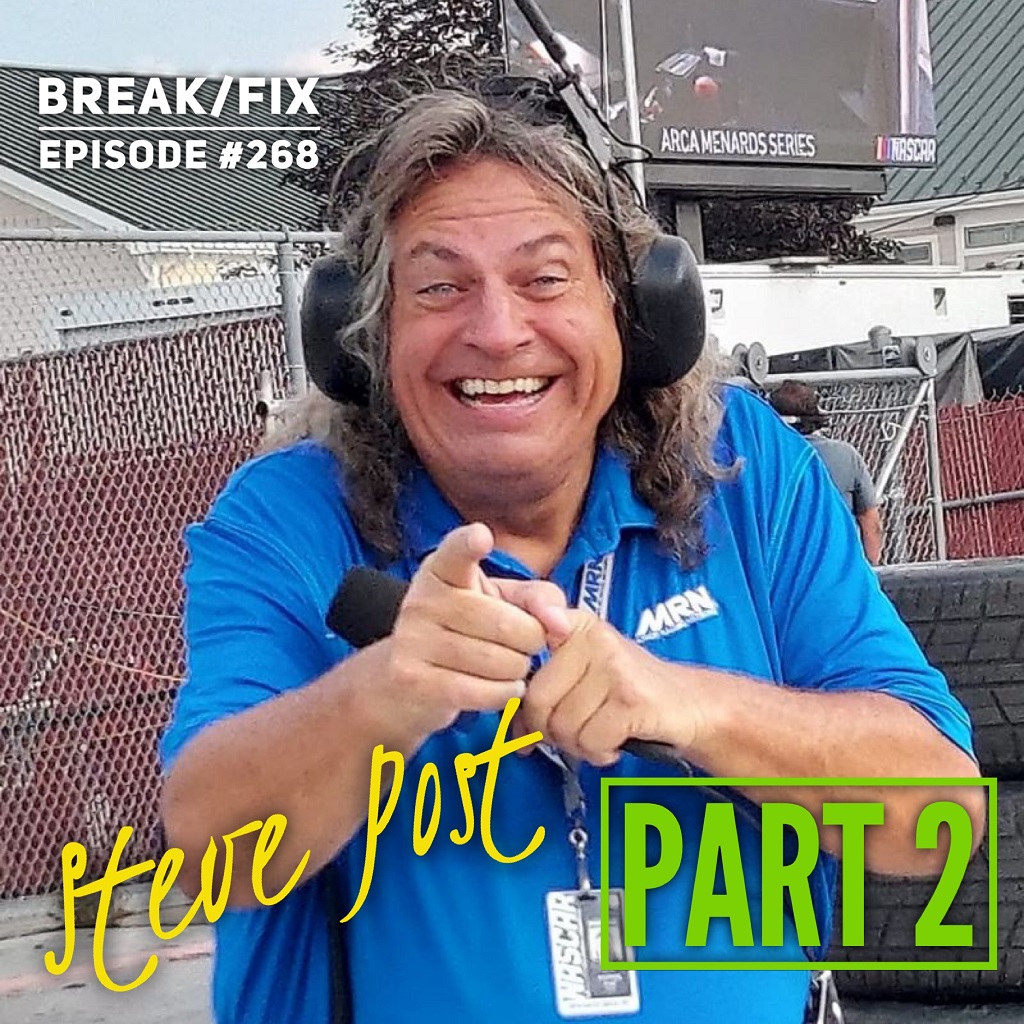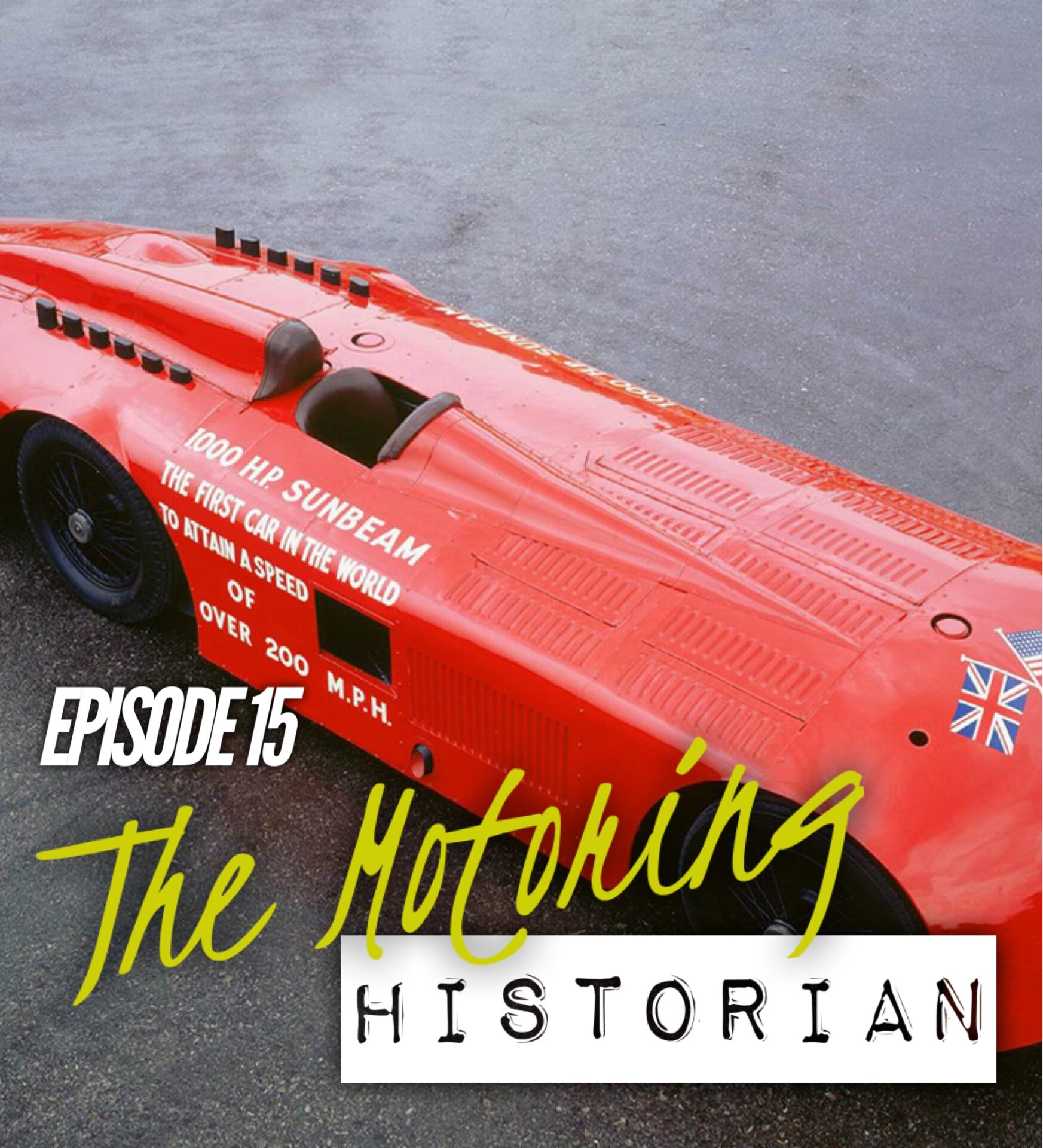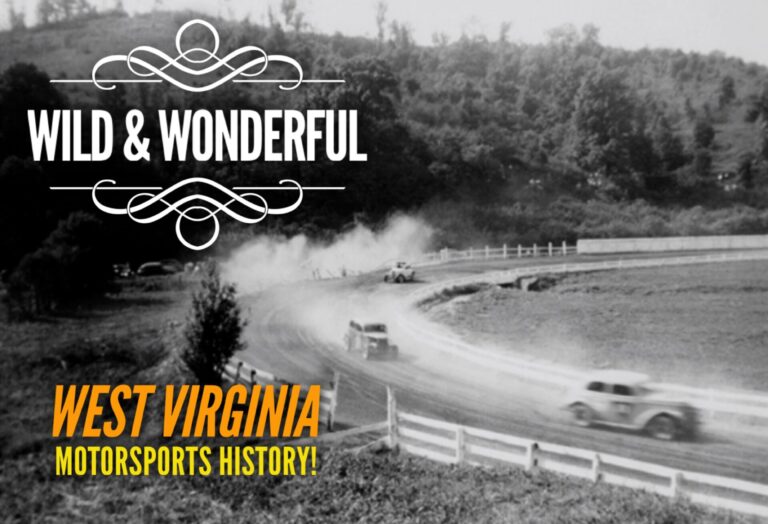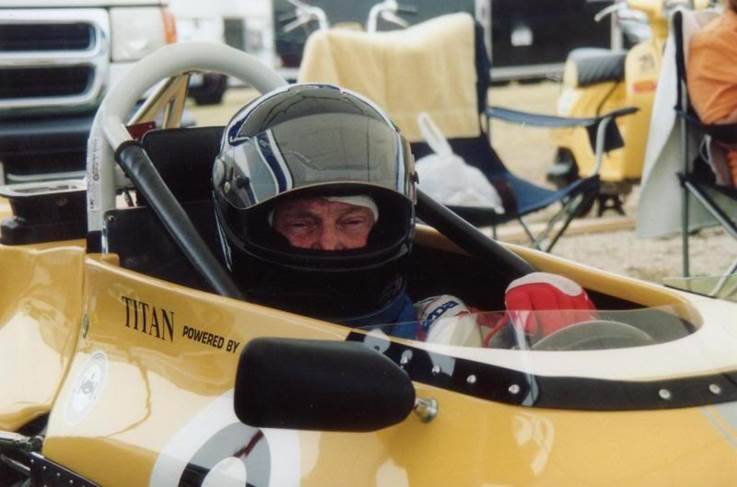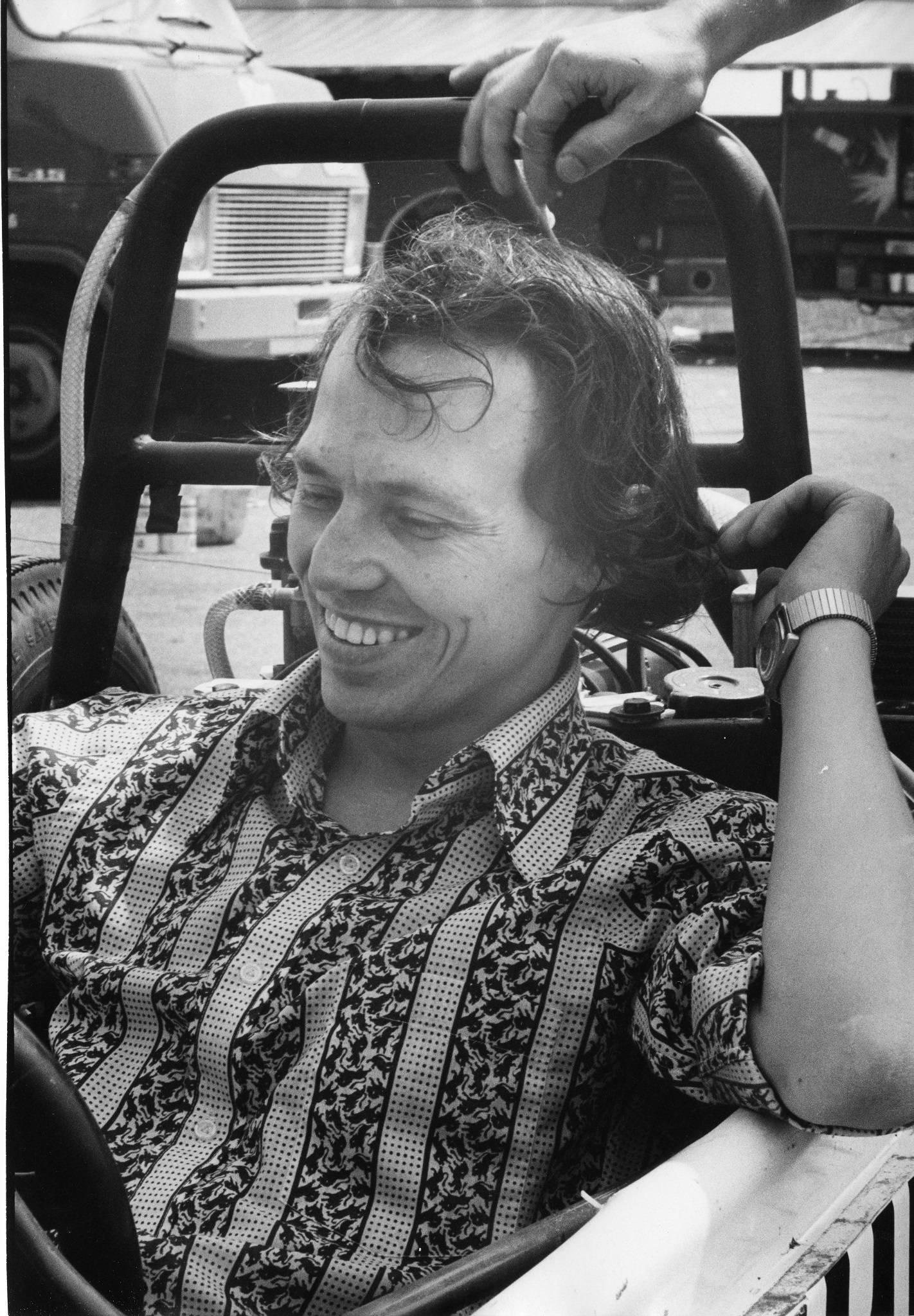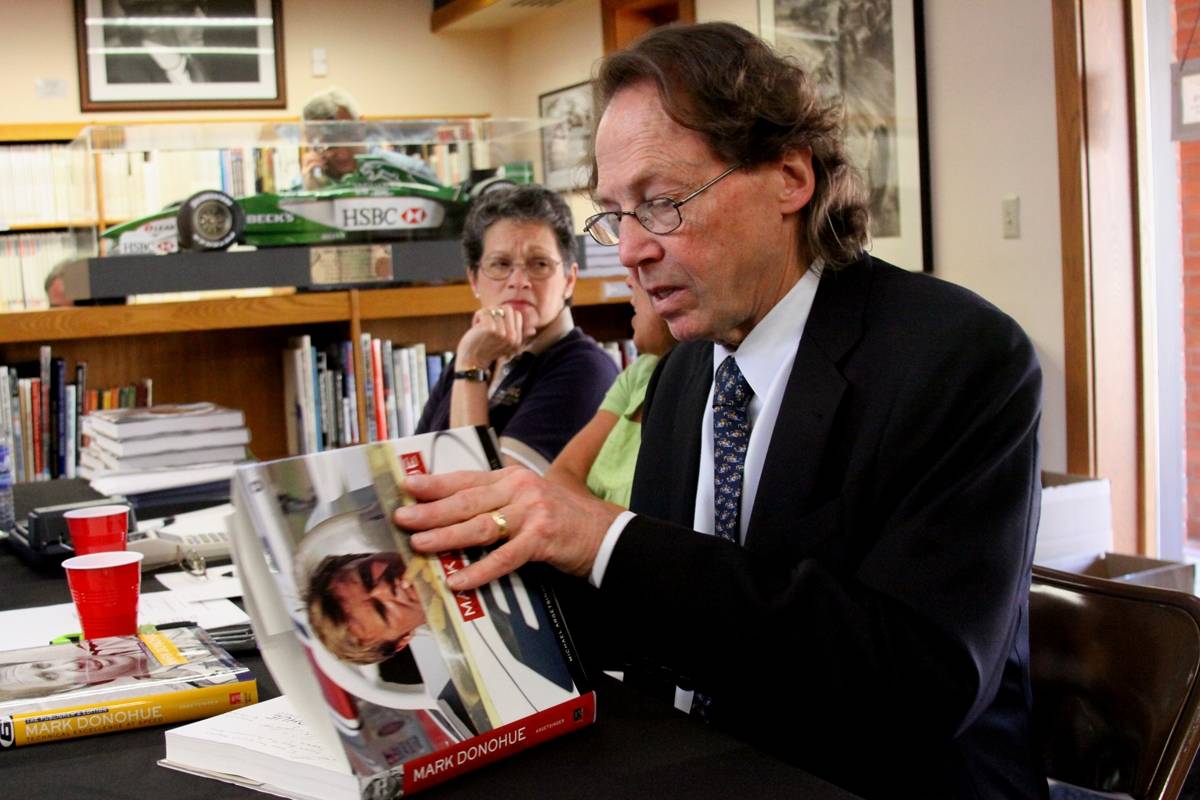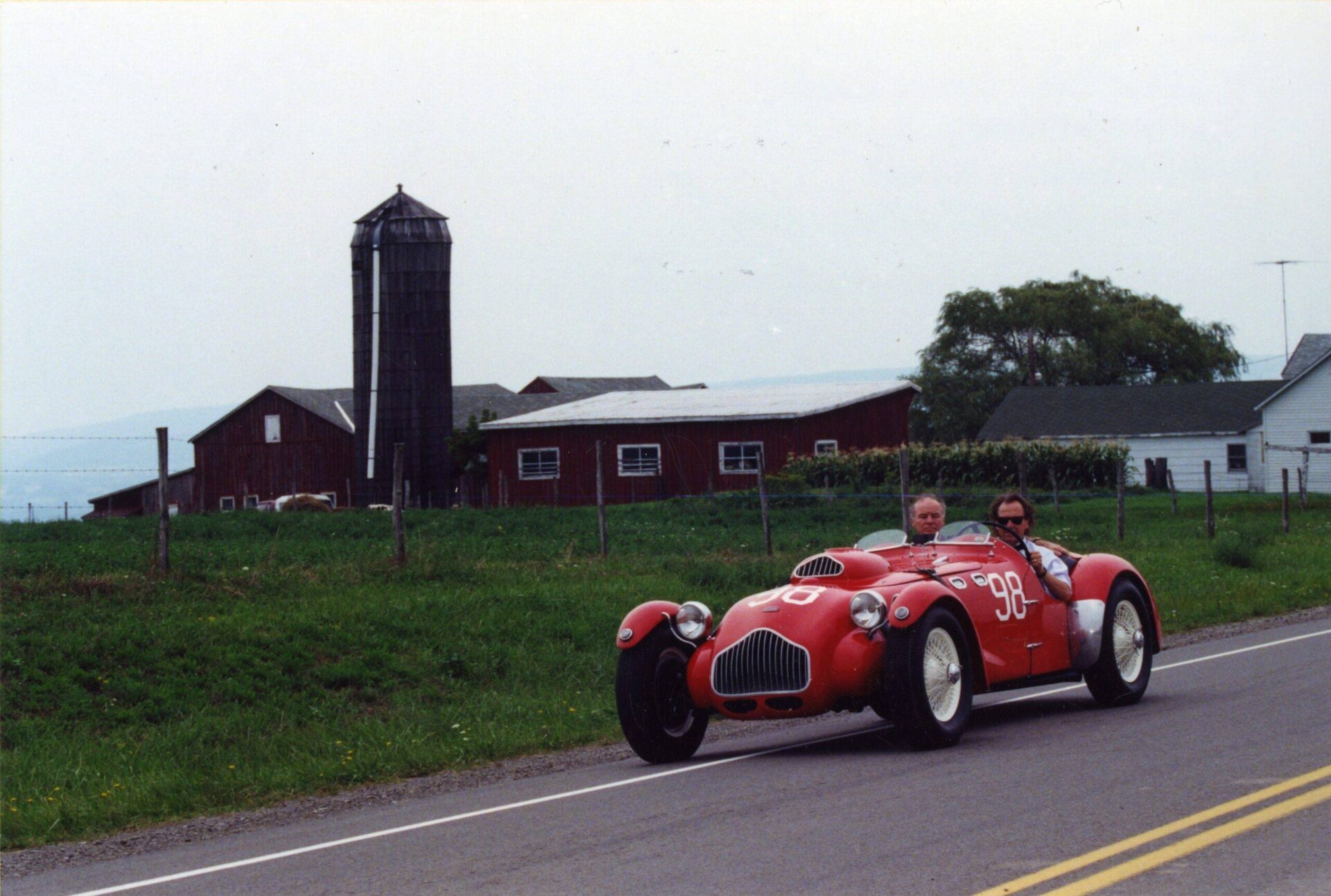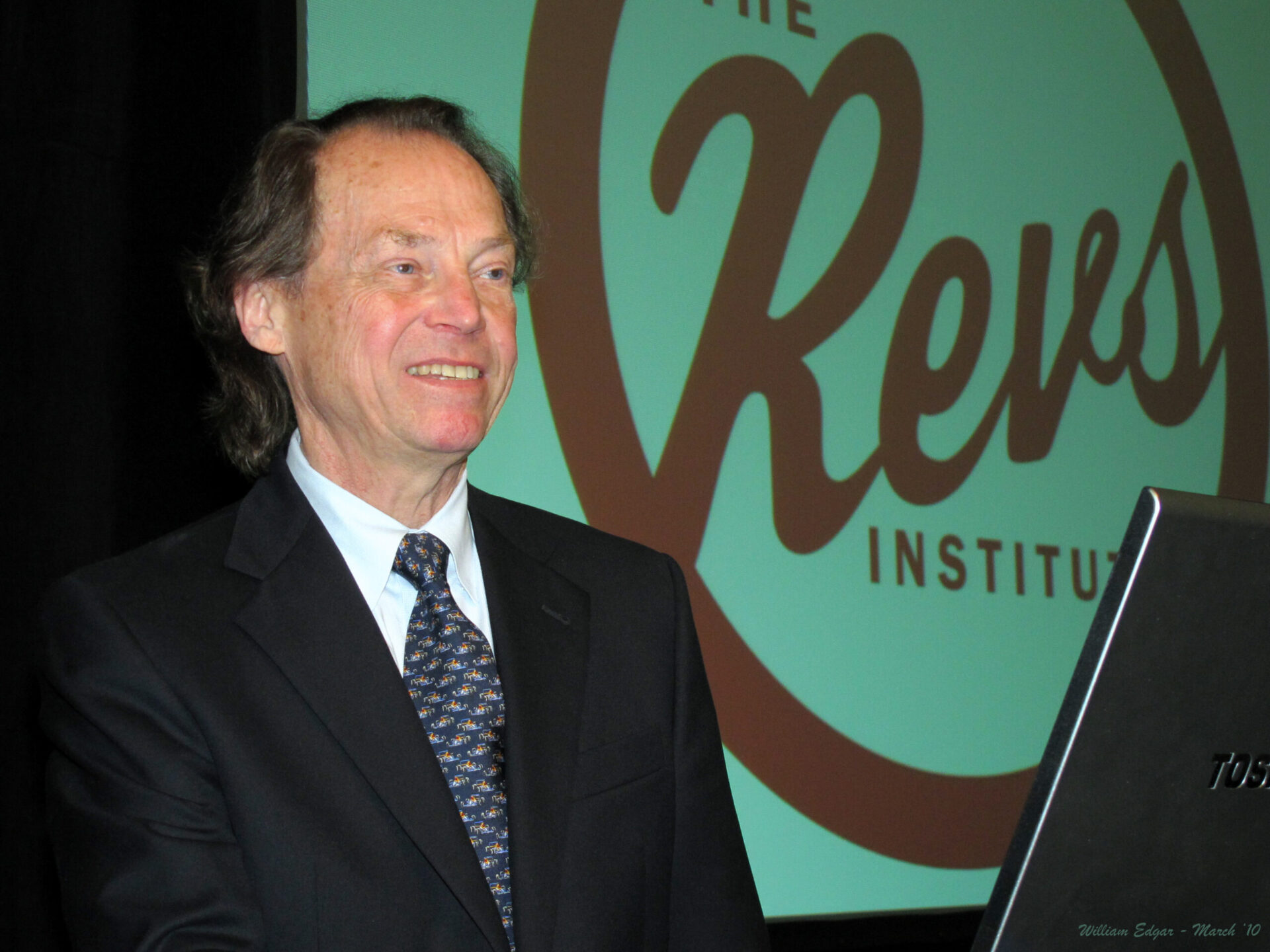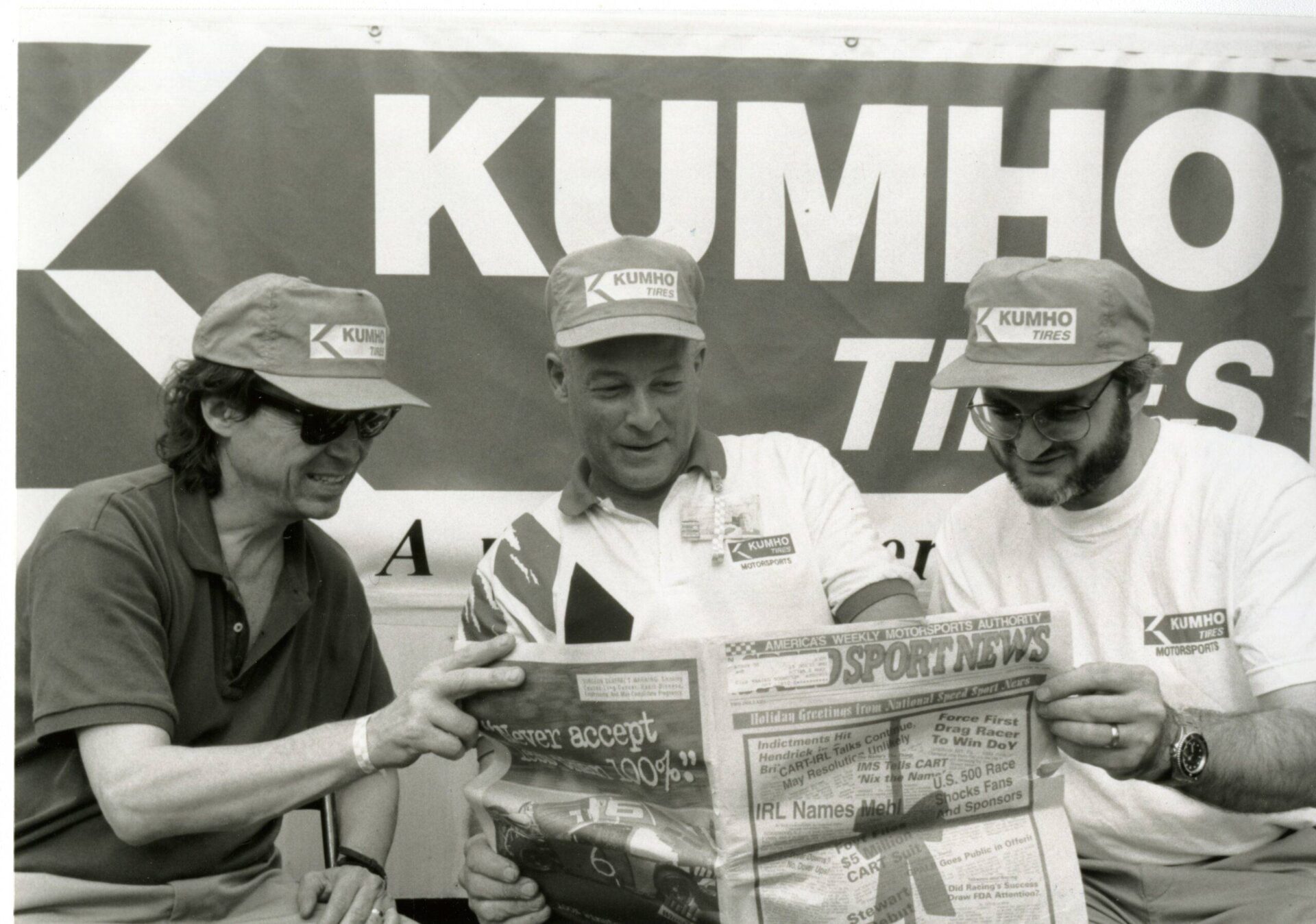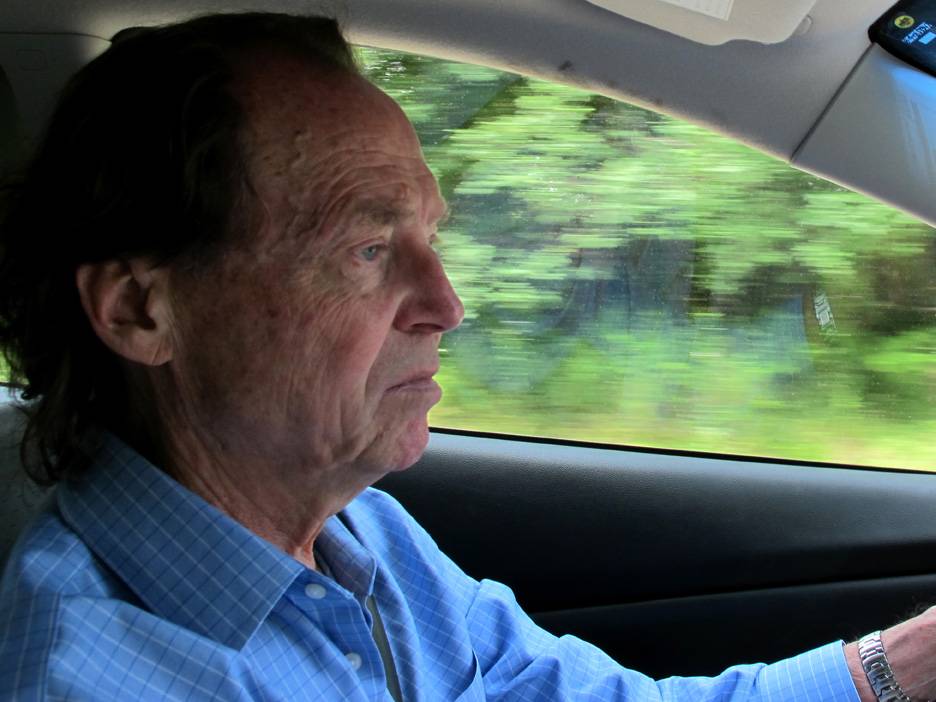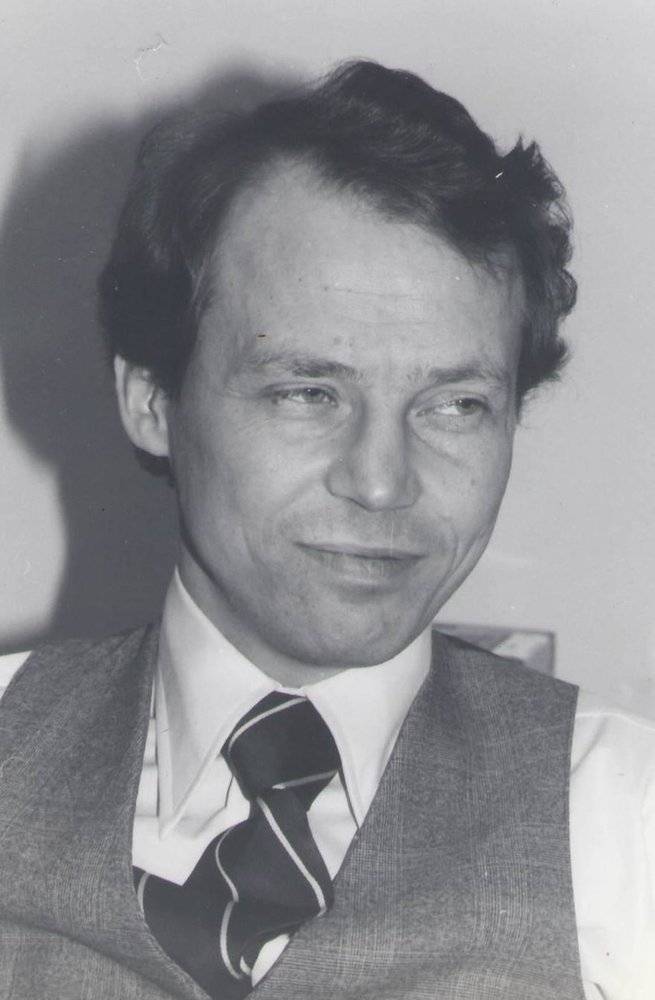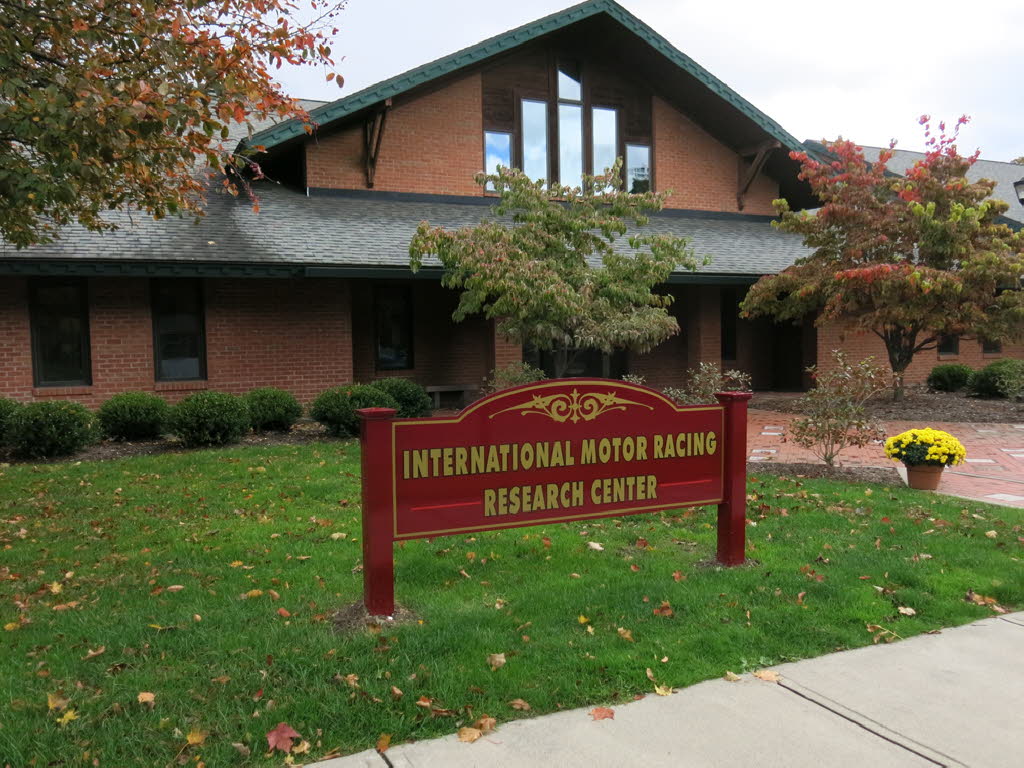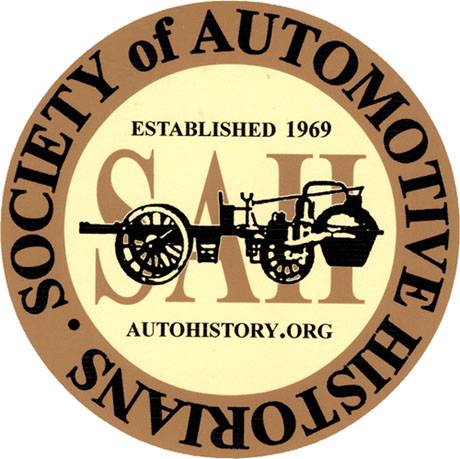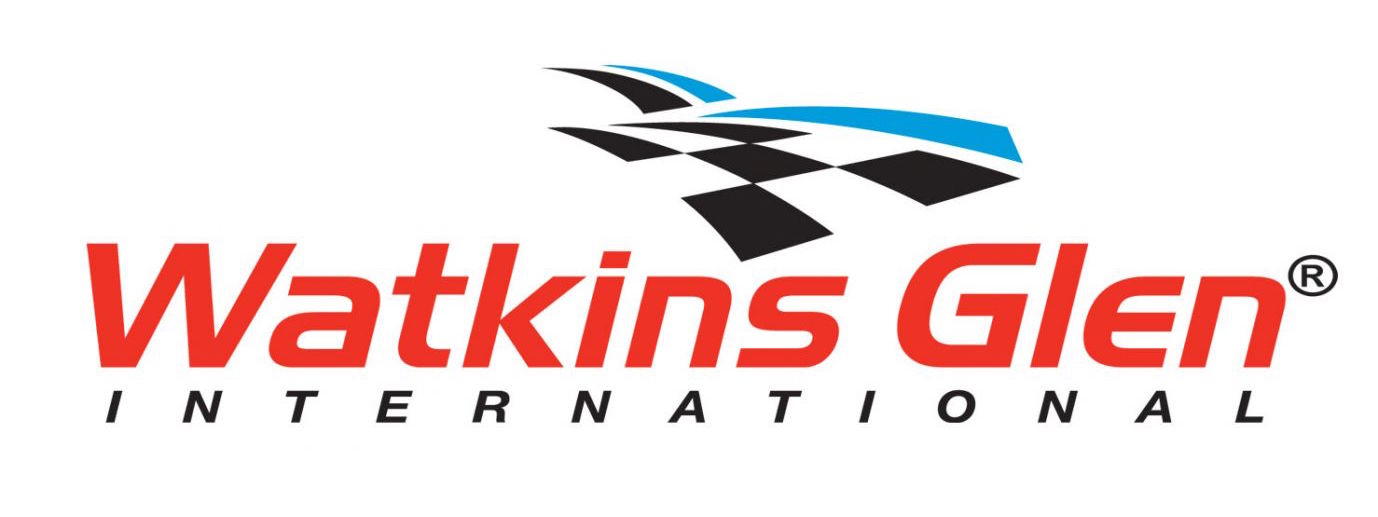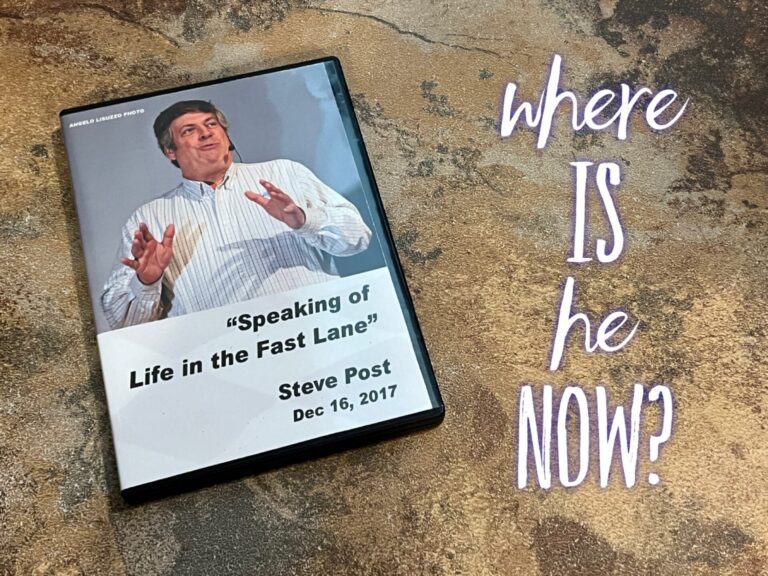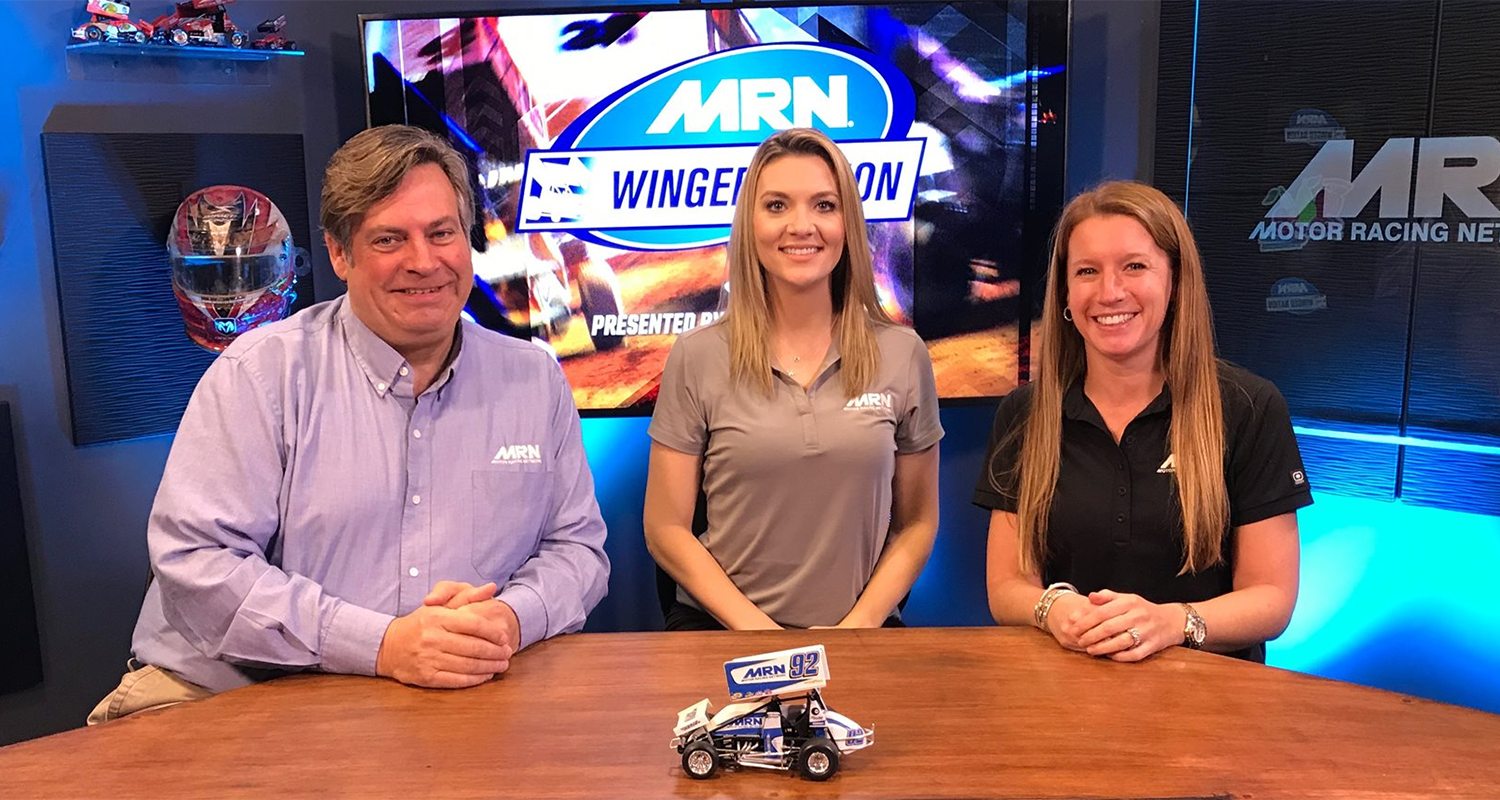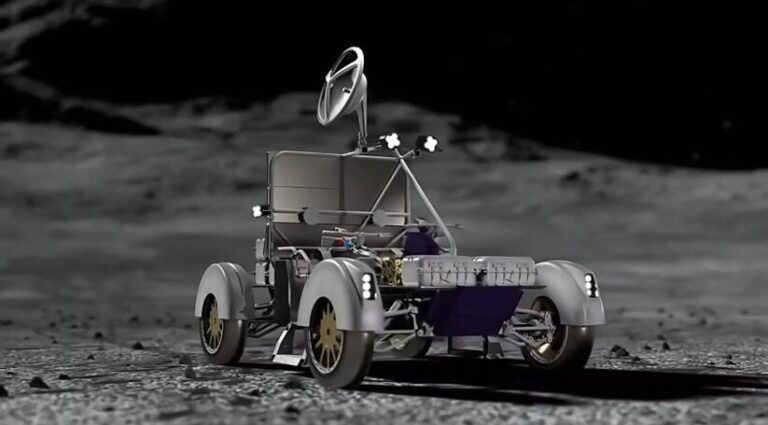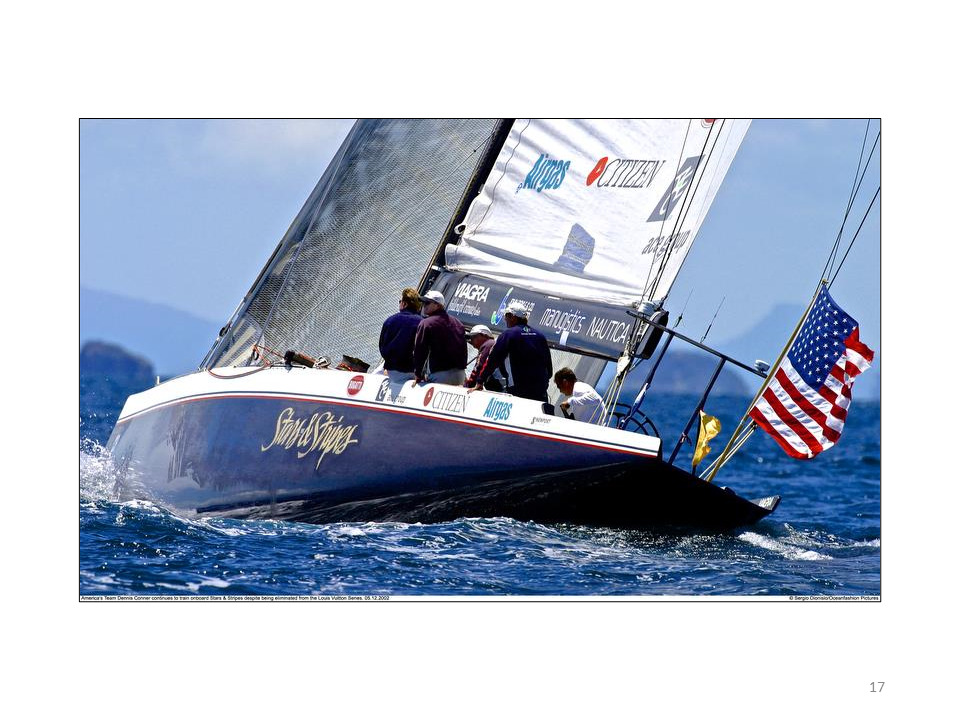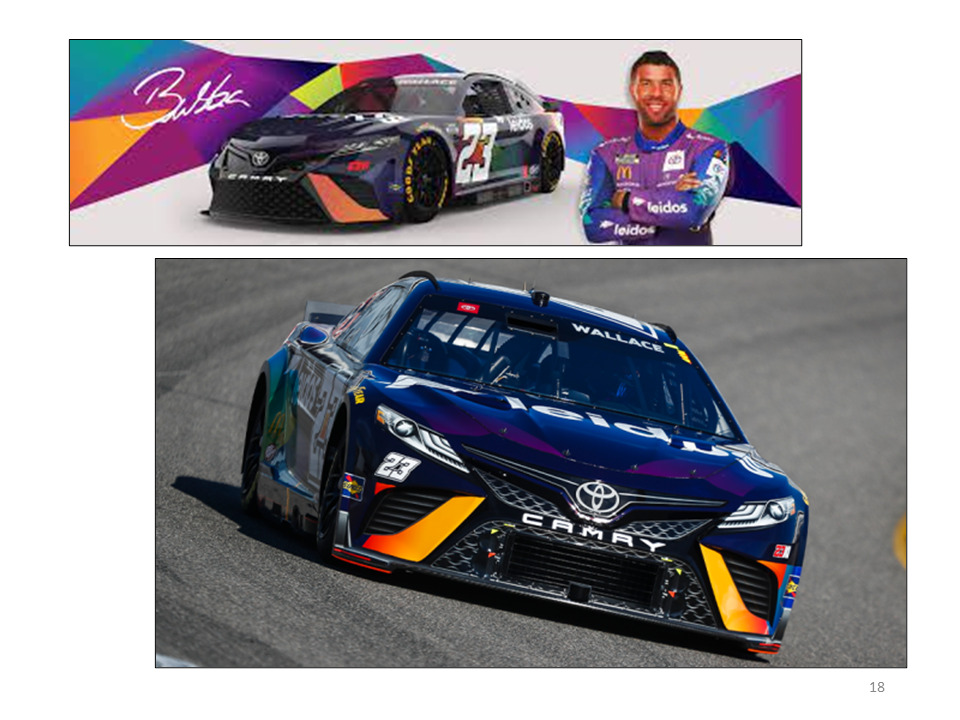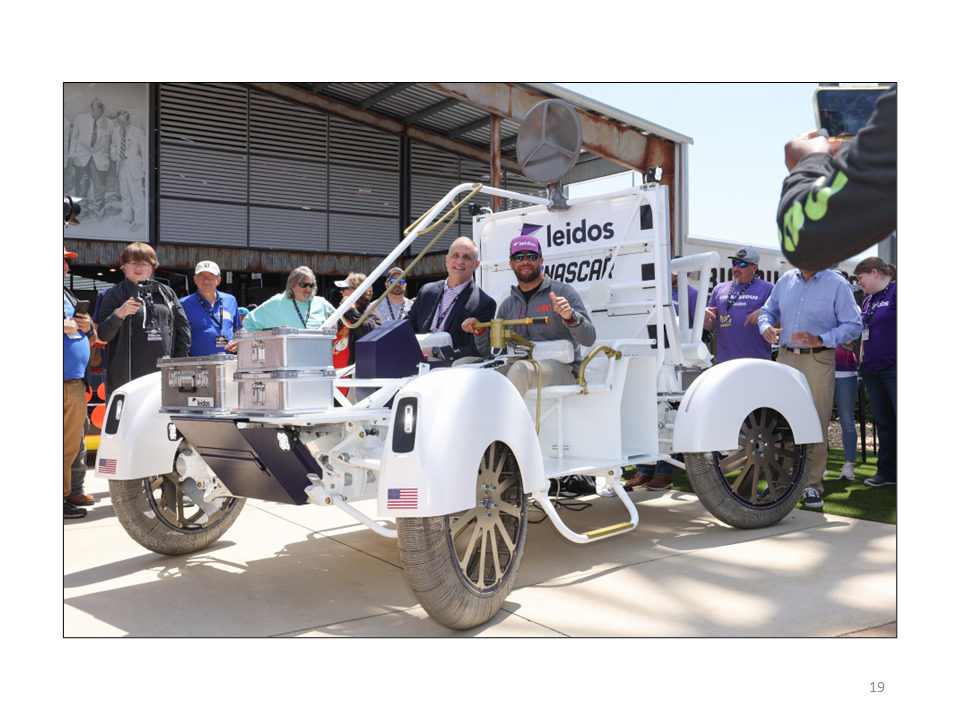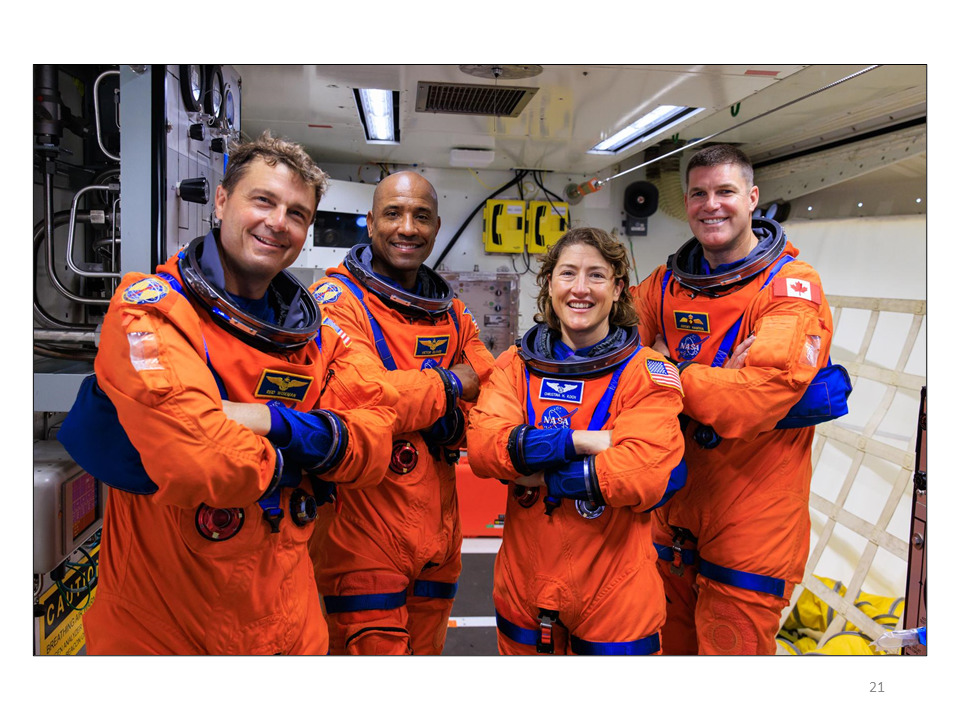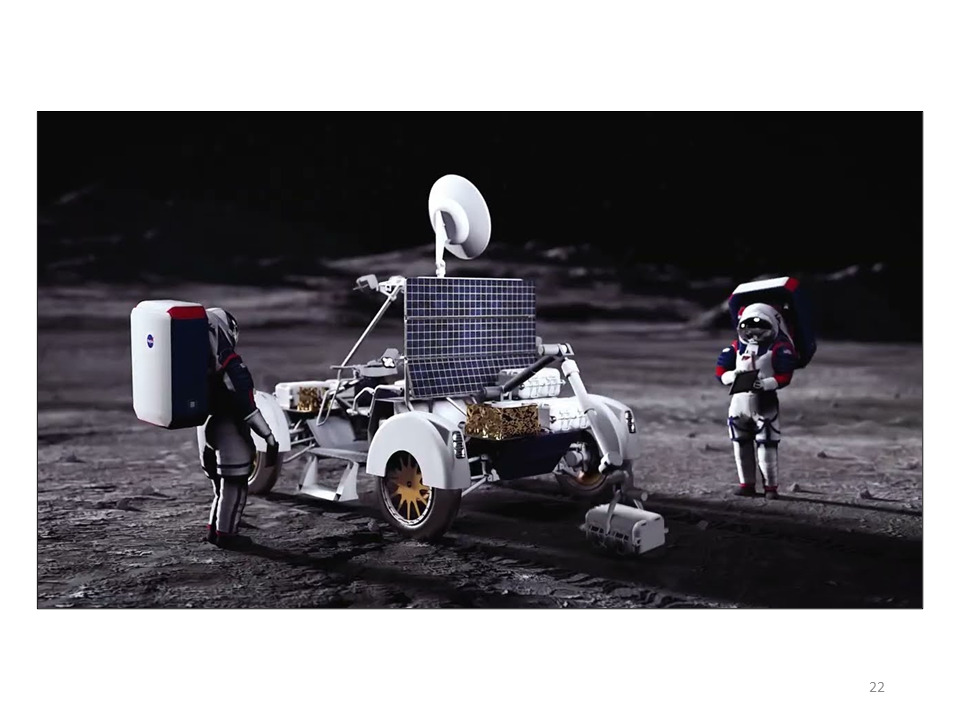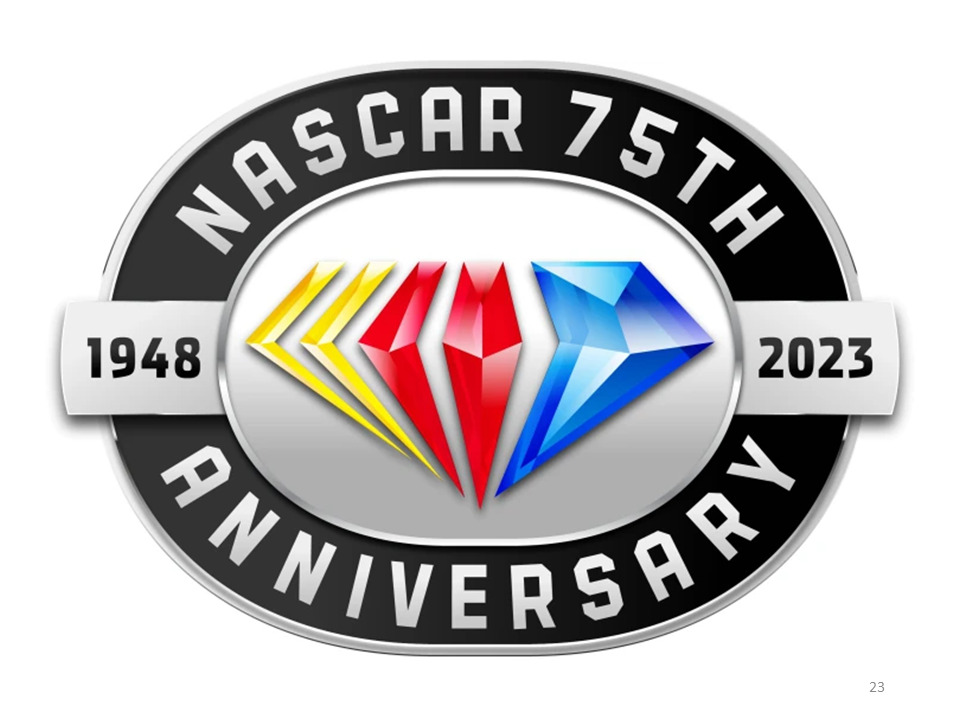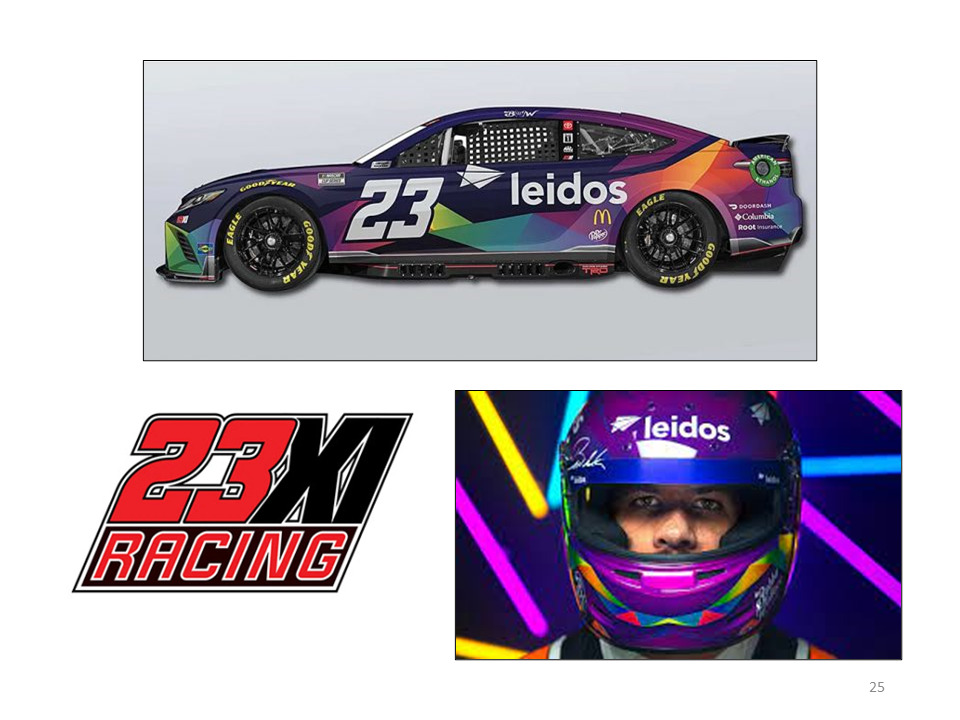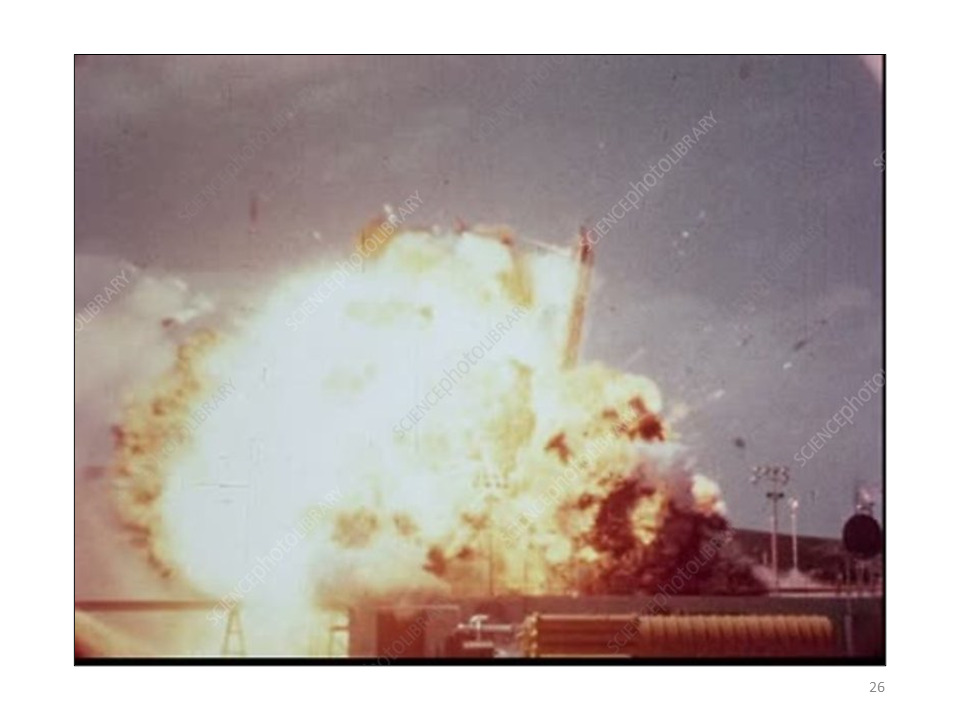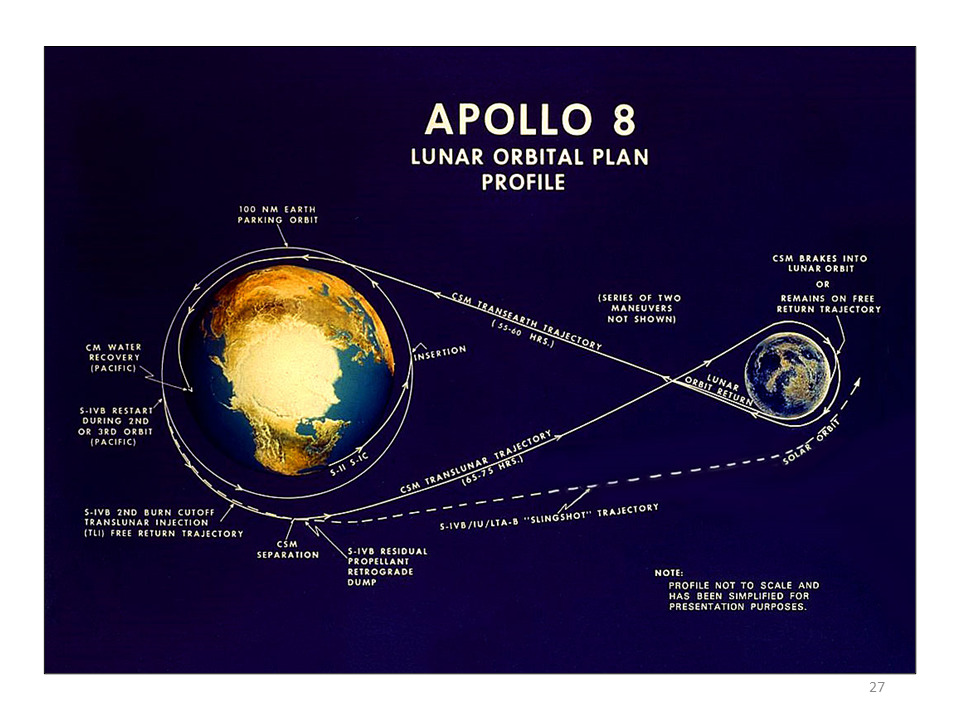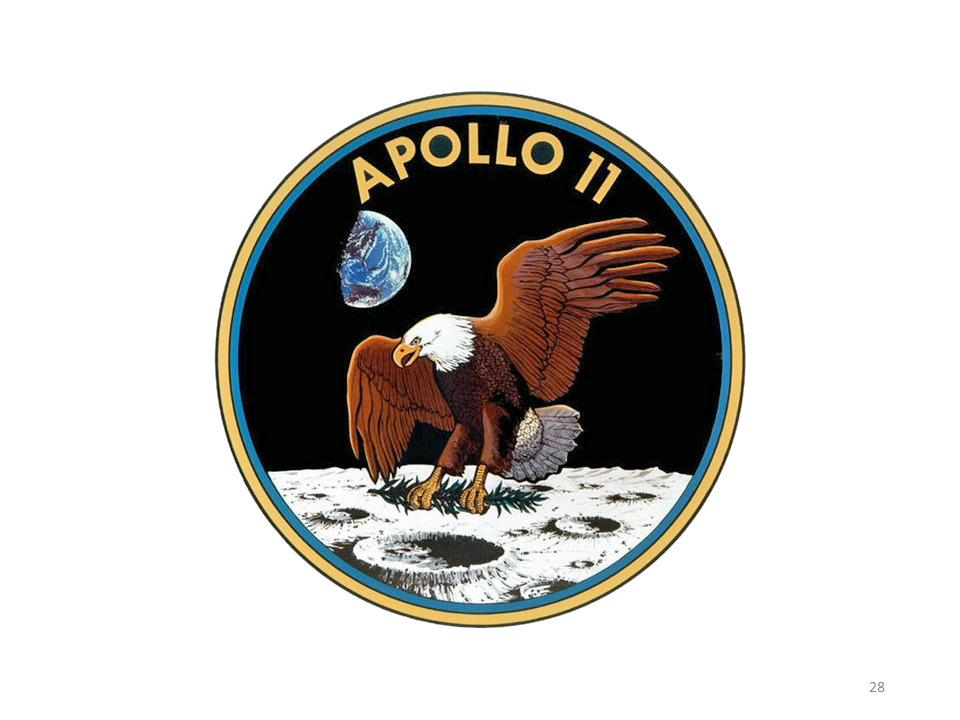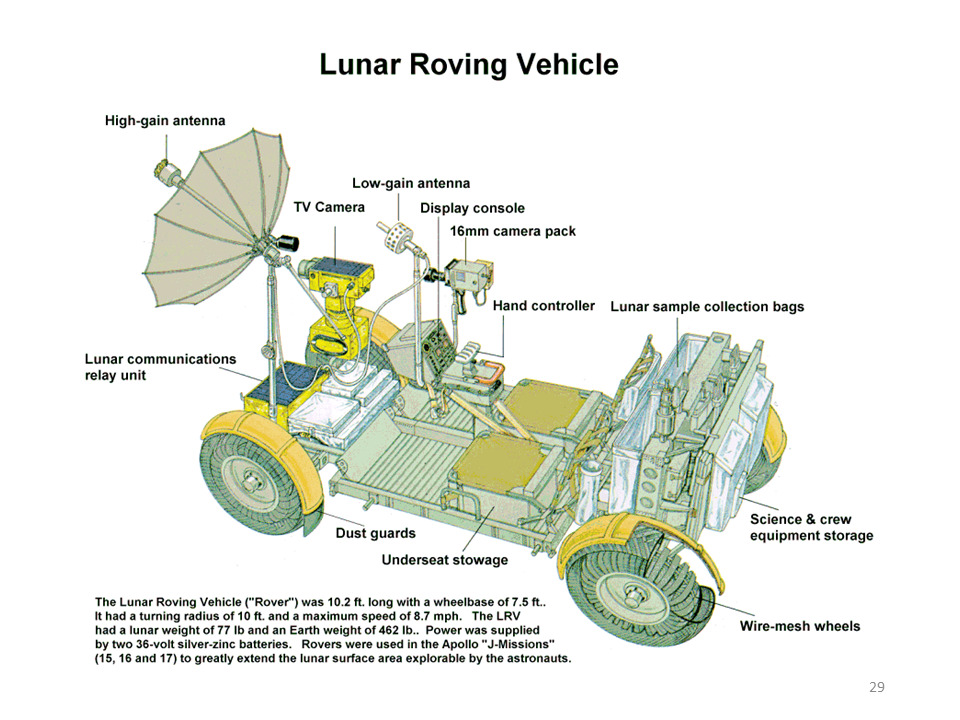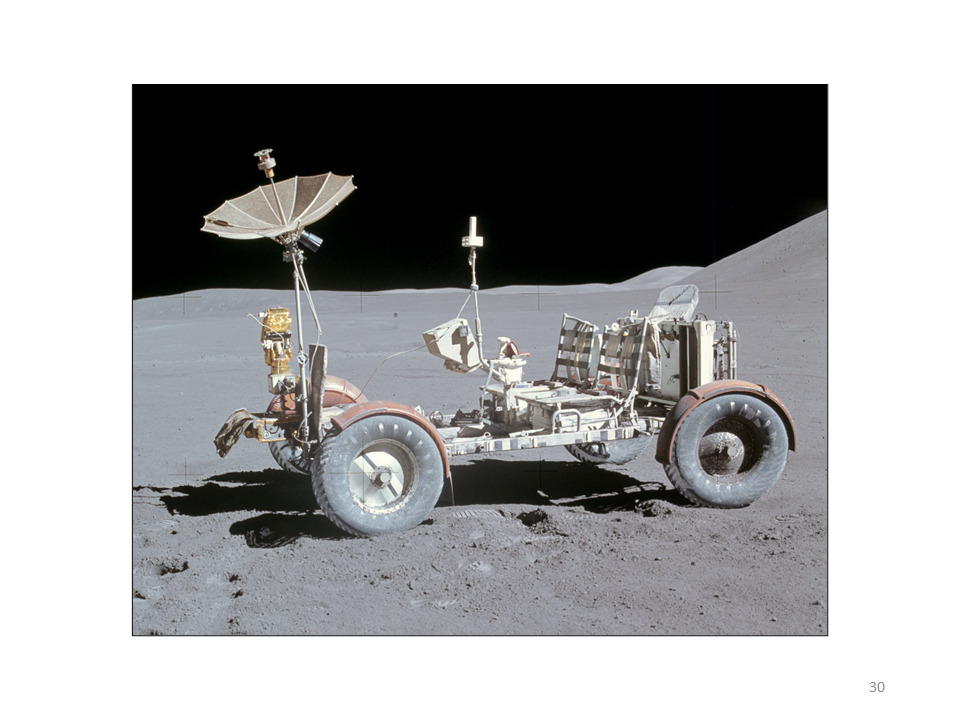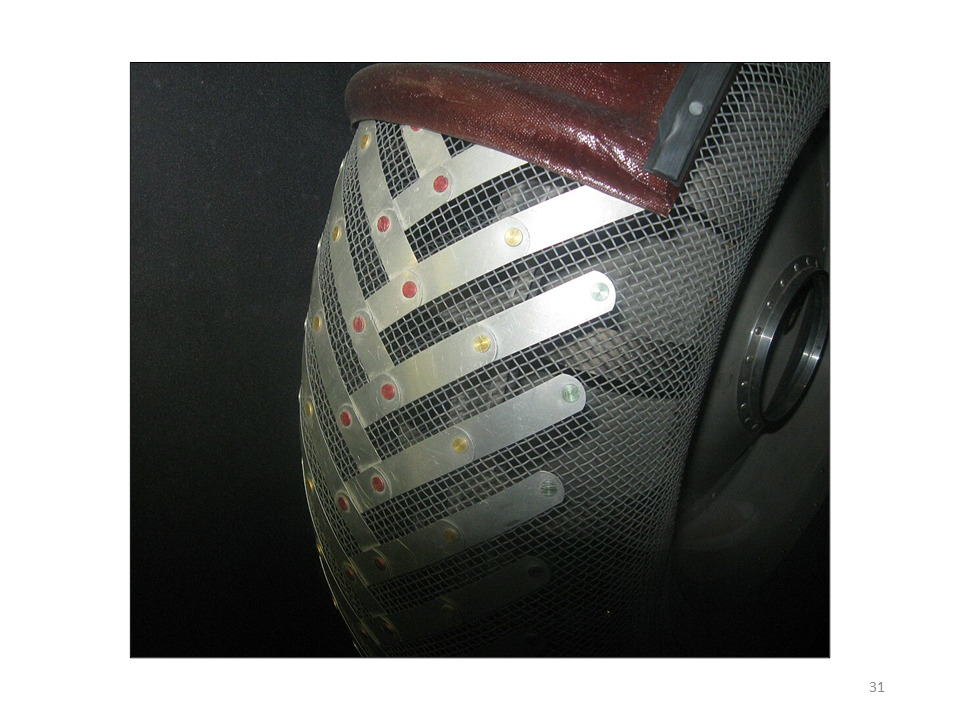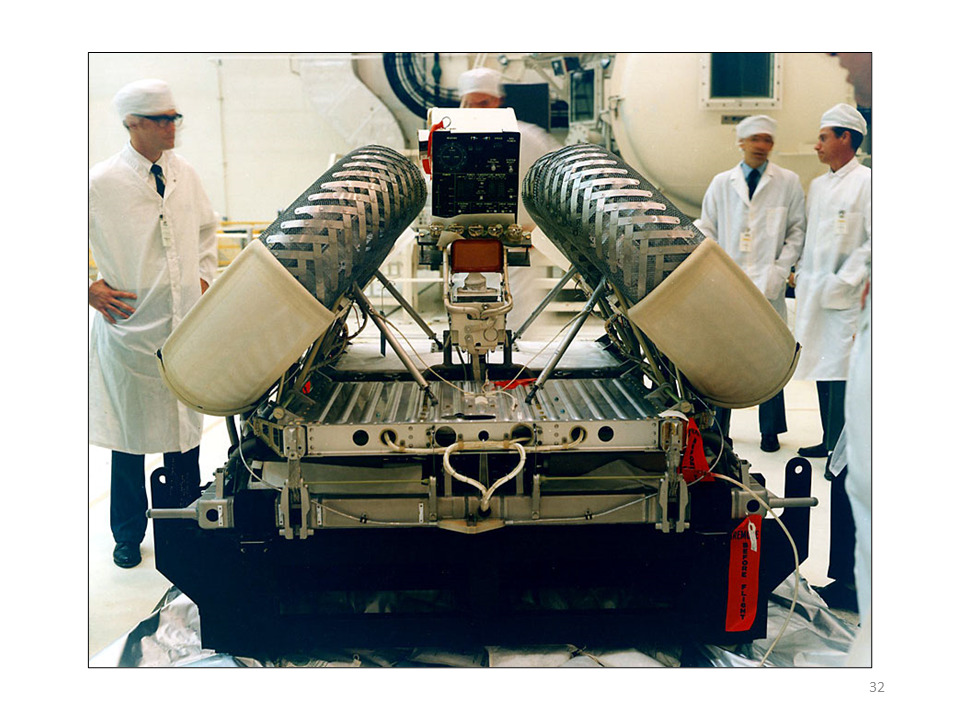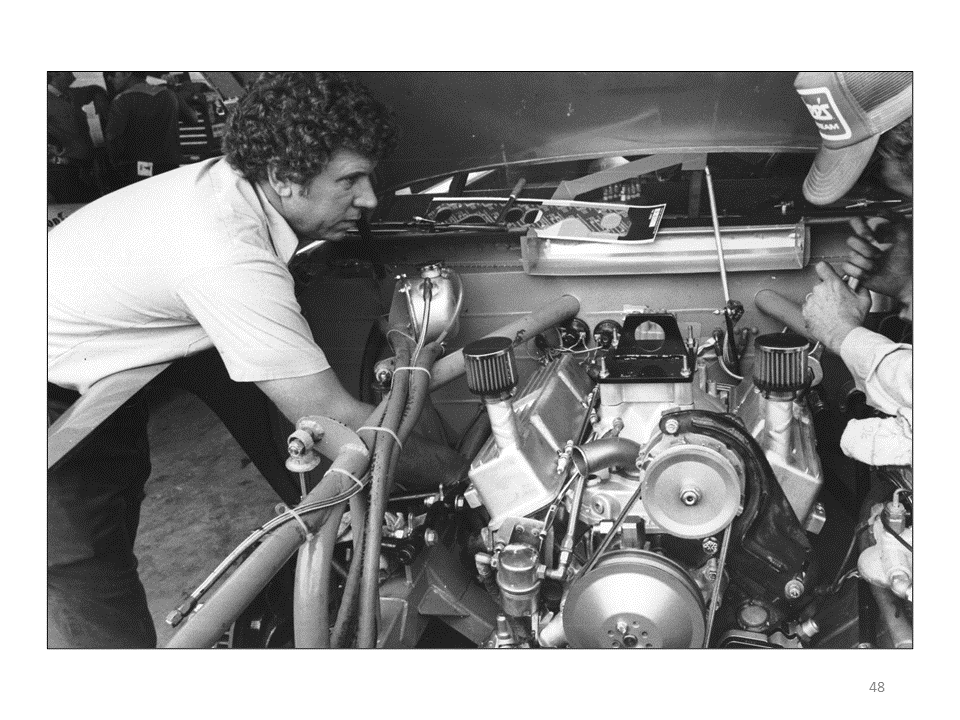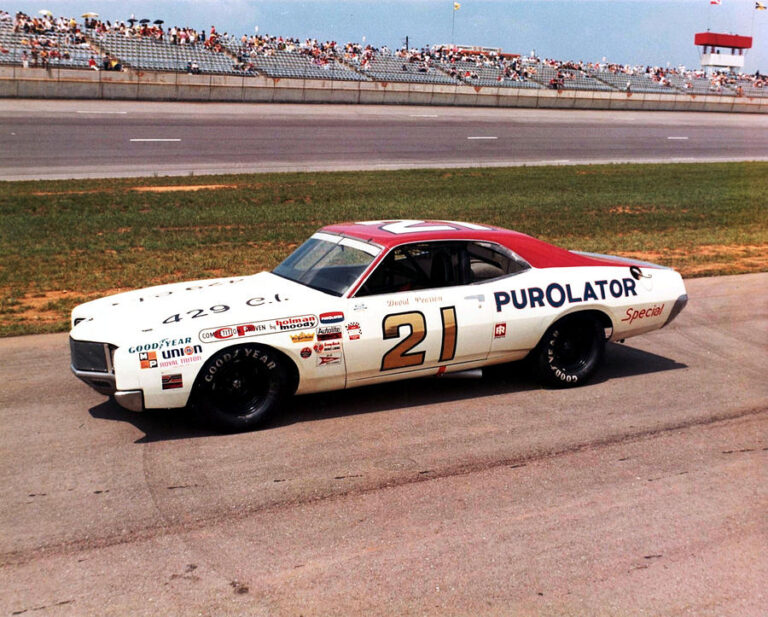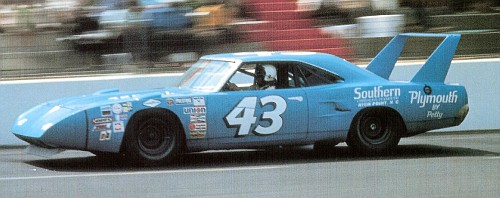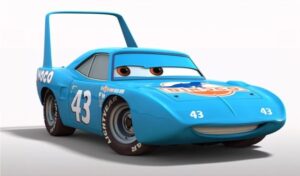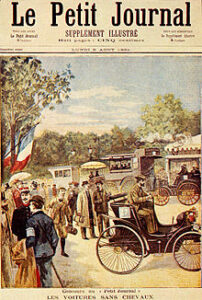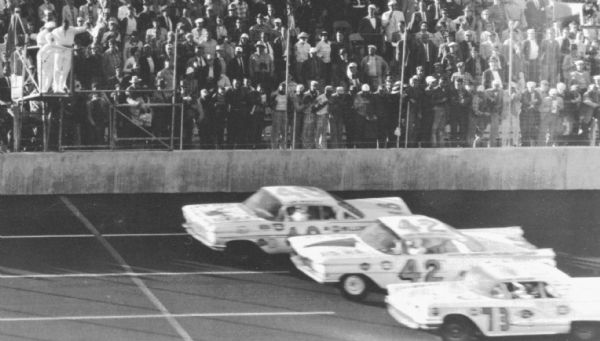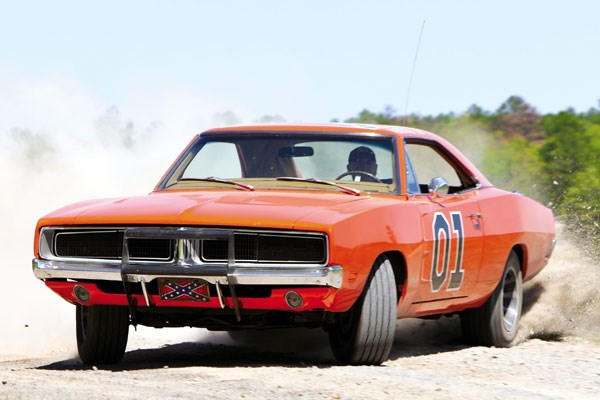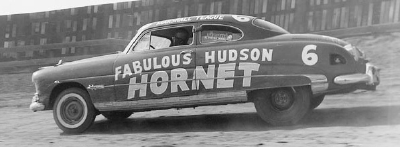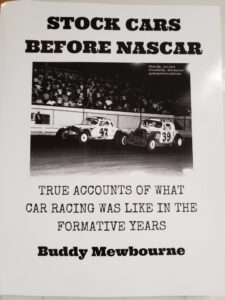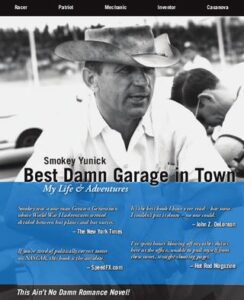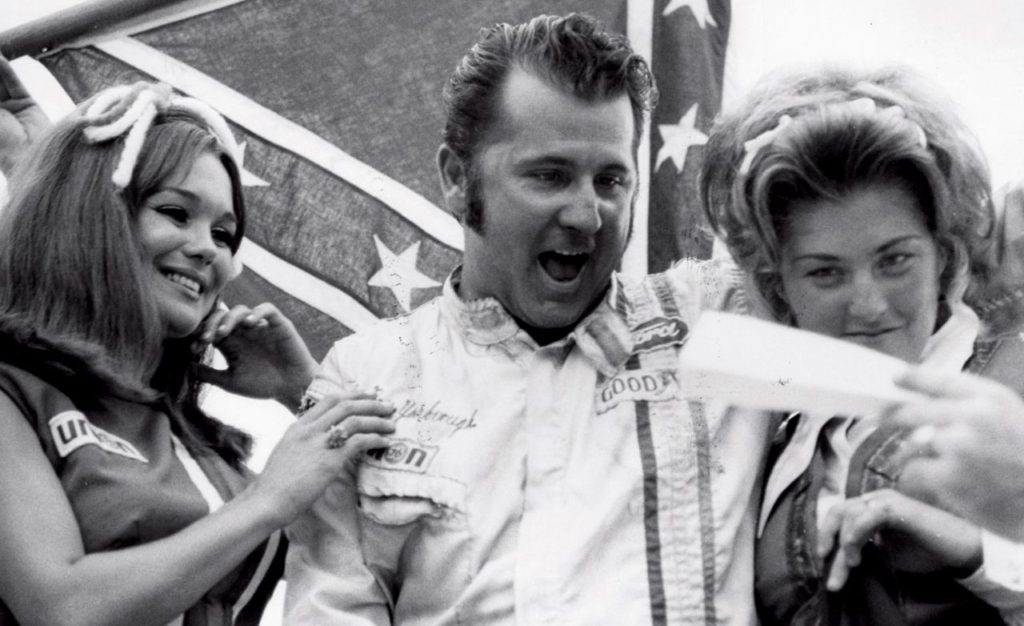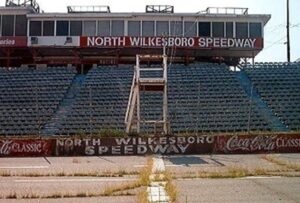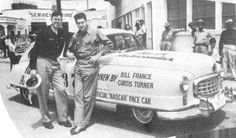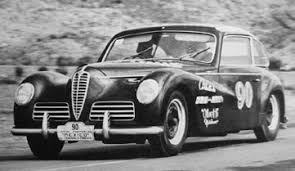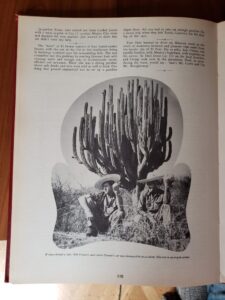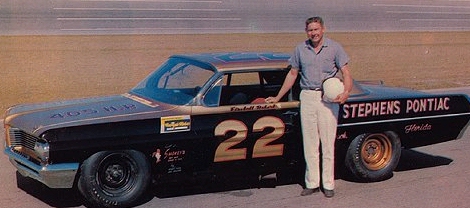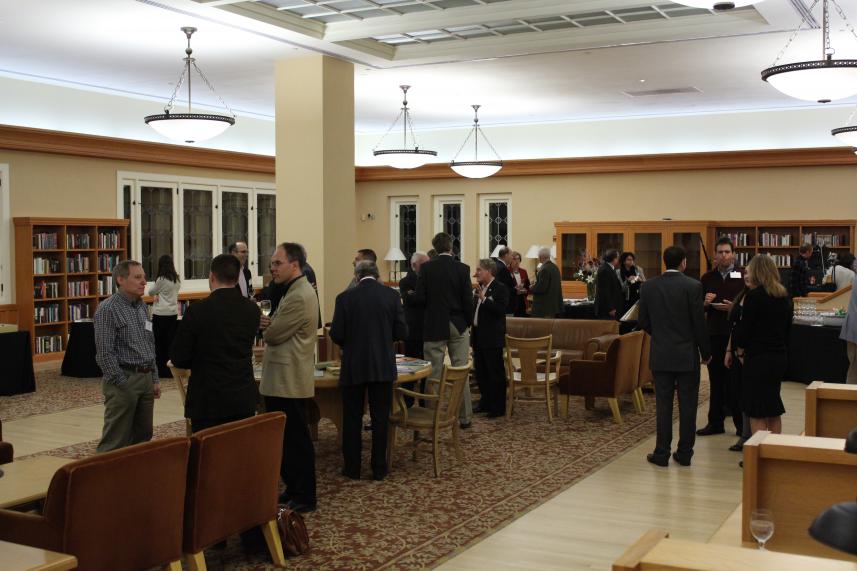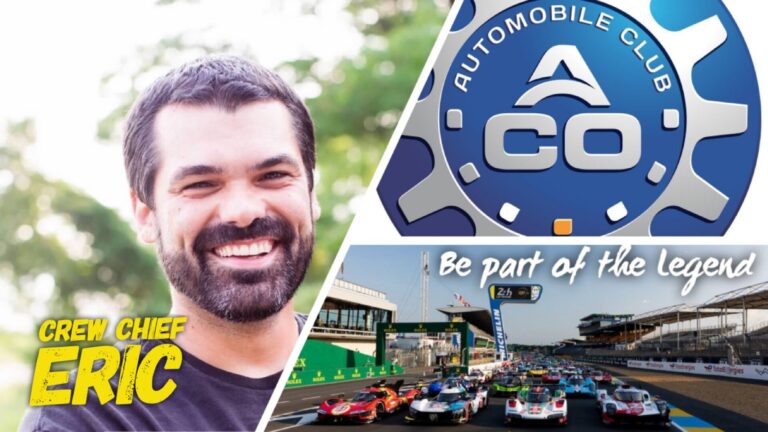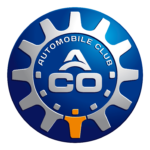[00:00:00] The Drive Thru is GTM’s monthly news episode and is sponsored in part by organizations like HPTEjunkie. com, Hooked on Driving, AmericanMuscle. com, CollectorCarGuide. net, Project Motoring, Garage Style Magazine, and many others. If you are interested in becoming a sponsor of the Drive Thru, look no further than www.
gtmotorsports. org. Click about, and then advertising. Thank you again to everyone that supports Grand Touring Motorsports, our podcast, Brake Fix, and all the other services we provide. It’s a button. Welcome to the drive thru. I was going to say, should we kick this thing off? I’m ready to put it in first gear.
It’s a button. Oh, yeah. Breaking news. Welcome to drive thru episode number 42. This is our monthly recap where we’ve put together a menu of automotive. Motorsport and random car adjacent news. Let’s pull up to window number one for some automotive news. Bam! Let’s pick it up a notch. Let’s do some smoky burnouts.
Isn’t that [00:01:00] what Emeril Lagasse used to do? Bam! Bam! Brad, we have an update. We have breaking news. There is a cyber truck update. We found out a little secret when we were doing a crossover episode with one of our guests. Did Elon Musk snort my hundred dollars up his nose? Is that what happened? Well, he must’ve spent it on something because you didn’t get your day one t shirt that you were supposed to get as a reservation holder.
Did you get it as a reservation holder or after you place your order? No, you were supposed to get it when you placed your reservation. Oh, I didn’t get anything. That’s what we were told. Remember, you were all upset about that. It wouldn’t fit me now. Anyway, I don’t know what happened to my t shirt. You know, what’s funny is that t shirt might be worth more than that Cybertruck allotment at this point.
And those were some expensive t shirts, a hundred dollars. If everybody got one and they’re like millions of people put in orders for Cybertrucks. I figured it out. It’s like the fire festival. Everybody put in all this money. Yes. Yes. Some people got a t shirt. Tesla is the fire festival of the automotive.
world. Where is your order? Have you received Dogecoin? I have been spending all my [00:02:00] time, literally 24 seven for the last month, trying to cancel my order and, and just not having any luck canceling my order. We will come back to the cyber truck. No, please don’t. Oh, we will. We will. It’s. Please. Please don’t it’s still in the news, but you know, what else is in the news?
We need to talk about a couple things that happened here in the month of February. And what’s important about this particular episode is this is our season four finale. Wait a minute. What? You didn’t know? Season four? Yeah. We’ve been doing this for. Four years. We are getting close to the point where if you are tuning into this show for the first time today, it’ll take you a year to listen to all of the episodes that we have.
That’s how close we’re getting. Wow. I didn’t realize that’s insane. And season four was pretty epic. And we’ll talk about that in a minute here, but We also want to talk about some other exciting things because February is a great time of year. We get to talk about the new cars that are projected for the rest of the year.
Because remember new car season starts [00:03:00] in August, September timeframe. So we only got six months to go until the 2025 model start hitting. You got to slow down, slow your roll with the 2025. It’s barely 2024 fiscal year 2025 starts in September. No, we are nowhere near September back off that soapbox. We want to talk about those awesome Superbowl commercials.
And we want to talk about the Superbowl racing, which is the Rolex 24 hours. Let’s jump into it. Which came first, the Rolex or the Superbowl? Well, it was the Superbowl. So let’s talk about those Superbowl commercials. Two car commercials. I think there were six or two. There were six and here they are in no specific order.
And I’m going to save the best one for last. There was the perfect 10, which is the Kia EV6 commercial, which we’ve been seeing for a couple of months. That was one of them. And then there’s the other one. That’s the last one you’re going to mention. Which is the redo of the Toyota commercial from last year with the Joneses.
Remember keeping up with the Joneses? Well, this one was the STFD handle or shut the front door handle or the daredevil handle. It was a couple of different titles for that one. What are you talking about? Shut the front door. I [00:04:00] linked it in the show notes. There is a USA Today article that shows all the links.
Yes, it has all the links. I watched it. Is this the ATV one? No, that’s a good one too. The ATV, the mullet, that’s a funny one. You guys saw that one too? Well, I watched the Super Bowl, so yes. Whoa! Tanya watched the Super Bowl? Of course, I always do. I didn’t know you got down like that. She literally watches it for the commercials.
No, I used to have small little gathering every year for the Super Bowl. very much. I wasn’t invited. When, when, when was this? My first call. Yeah. My, where was my invites? Did it get lost in the mail? Is that what happened? Well, you sent it to my old address. We’re with my Cybertruck t shirt. When I used to have them.
I don’t know if you were going to travel. I would have traveled to Texas to hang out with Tanya for the Super Bowl. We traveled to go to an F1 race, for God’s sake. That sounds like a good time. All right, so we’ve listed three so far. Okay, fine. I remember the Toyota one. It was stupid. That’s why I forgot it.
So we got the EV6. We got the Toyota Tacoma commercial. We got the mullets with [00:05:00] the Kawasaki ATV UTVs, which I thought was Funny, especially when he blows by the bald guy who’s chopping wood. And then suddenly it’s like business in the front party, in the back, then you’ve got the Christopher Walken BMW commercial, which I’m not even going to try to imitate Christopher Walken.
But all I know is I wanted more cowbell by the end of that virtual. And I just say, I am so excited to see Christopher Walken. Cause more times than not, I’m just like, where the hell is Christopher Walken? Like, I was like, he just fell off the face of the earth. You don’t see him in anything anymore. And it’s like, Oh, there he is.
The best part of that commercial wasn’t even all the people making fun of him It’s that scene where he’s at the dining table with usher and he’s like don’t you have somewhere else to be and then when he? Leaves he’s doing the whole chemical brothers dance thing on his way out. I was like, that’s cool.
That’s really good If you remember that music video, I thought that was really good. Yeah Yep, yep. So it’s a tie for number one in my book. There’s two more to go. Is your tied one even a car commercial? It’s car adjacent because there was a helicopter in it. The bridge is [00:06:00] out. Oh my god. Get out like a good neighbor.
Neighbor. Yeah. Like a good neighbor. Neighbor. So good. And the sheep. Oh my god. I was dying laughing. I was like, Oh, this is. I appreciate the comic stylings of Arnold Schwarzenegger and it counts because it’s car insurance with State Farm You know as we said in the intro car adjacent news car adjacent commercials and then DeVito To reprise the twins role that was bad to me was the best part It’s epic, but to Tanya’s point it is a tie for first in my book But if we’re going to get super specific I think the number one commercial, the one that really pulls at the heartstrings, the one that gives you the feels, the Volkswagen American love story commercial.
Oh my God. What a piece of advertising going back to the days of like Das Auto, all the things that they alluded to in Mad [00:07:00] Men. Felt like old timey Madison Avenue marketing, and it was beautiful. It was super well done. The cinematography was a made all the black and whites and this beetle, you know, going through town ends up in the showroom and then all the little clips of Herbie.
And, oh man, what a great commercial. It’s long though, too. If you watch the unedited version, it’s like over two minutes long. There’s all sorts of other people qualify as great commercials from the Super Bowl, like the Dunk Kings. That was stupid. I just didn’t get it. It was painful. I’m looking for the car commercials because they are a staple during the Super Bowl, that there’s going to be car commercials.
And there’s been some epic ones in the past, like the 400Z commercial with Eugene Levy and the Fast and Furious stuff, the Transporter ones from back in the day with the Audi. I mean, there’s been some really interesting commercials. They weren’t as memorable this time around, other than the Volkswagen one, and then Probably the Christopher Walken one.
Like the Kia one is, it’s a normal Kia commercial. It’s like the same commercial they had at Christmas time, basically. It [00:08:00] probably was the rejected Christmas commercial and they saved it for the Superbowl. It’s like the B reel of that one, get the boppy where he’s driving through the cement tunnels and he’s driving to go get the little bear and bring it back to his son or whatever.
Yeah. That was the Christmas commercial. Yeah. But were they a good neighbor? We posted the list in our show notes of all the Super Bowl commercials. I think there’s like 50 plus of them out there, but we obviously weren’t highlighting the car commercial specifically, I enjoyed all of them. Honestly, whether it was the Tacoma commercial or the Kawasaki’s or whatever, they were all pretty good, but you know, I wish.
That Rolex had commercials like these, because that’s what’s missing. Like the Rolex watch or the Rolex race? The Rolex race. They don’t have cool commercials. Like it’s always the NBC sports, blah, blah, blah, fill the airtime. So I don’t know about you guys. We did a viewing party here. We had people rolling in and out through both days of the race.
And, you know, I tried to stay up as much as I possibly could. Like always, I think I give Le Mans a little bit more attention than I do Rolex, because the track is shorter and [00:09:00] it does kind of get boring. Unless something happens in the middle of the night. This year was like any other year at Rolex.
Wouldn’t you say, Brad? Yeah, there was nothing really that stood out. Other than cars were dropping like flies. Yeah, but every so often they go through years like that. They do. And unfortunately it was Porsche’s race to lose. The odds were stacked in their favor. They had more cars than everybody else. We saw the demise of all the Cadillacs and the Acuras, the BMWs.
By the end it was like, all right, well, it’s going to be Porsche, Porsche, or maybe it’s Porsche. I don’t know who’s going to win this race. There’s people arguing, oh, the 963, da da da da da. I still don’t think that car holds a candle to some of the other ones that are out there. The difference is that it lasted the 24 hours, and that’s really the point of an endurance race.
But in terms of speed, in terms of performance, I don’t Think it holds a candle to some of the other cars, especially when we go back to Lamont’s this summer and we put it up against the Ferrari 499 again, I think the Ferrari is just going to clean their clocks. Porsche didn’t do well at Lamont last year either.
Nope. They did not. [00:10:00] No, they didn’t have a good showing at all. Obviously this was the season opener for IMSA, but how is Porsche doing in WEC? So there’s eight races in the WEC series, rounds they call them. And so the calendar started with Qatar, which is sort of like a prologue race that happened last week.
So if you’re listening to this on Tuesday, when it aired, that race has already ended. And then they’re going to do round one at Qatar on March the 2nd, then they go to Italy in April, Belgium in May. Then they’re at Lamar in June, Brazil in July. They’re in the U S in September. Then they go to Japan in September and then they’re in Bahrain in November.
So the calendar runs February to November, much like our show does, but there’s only eight races in the season. I need to really pay more attention to WEC. Well, you should, because you know what else they’ve done? They’ve signed a contract so that you can tune in to WEC on what was HBO, HBO max. It’s just called max now.
So if you have a subscription to max, you’re going to be able to pick up WC. [00:11:00] Now, if you don’t have a subscription to max. You have a decision to make because you could become a member of the ACO USA, which if you look at the annual membership, it’s a little bit cheaper than signing up for HBO and you can get access to the live stream of those WEC races.
So you kind of have a choice to make in terms of how you want to watch the eight rounds of the WEC to include Le Mans. So the cool part about this is if you’re at home this year. For Lamont, you’ll be able to watch it on two different services, HBO max and the ACO streaming service. So I think that’s really, really cool.
That is cool. I’m looking forward to watching. Well, there is some good news coming out of Rolex. It wasn’t like last year where we had Porsches and GT three trying to take each other out and some action there in the last five minutes, I was thinking that the end was going to be a little bit more climactic than it was, but really the one thing that we wanted to celebrate was.
The Ferrari 296 and more importantly, Reesey competition winning their class and GTLM, so it’s a double win for Reesey winning Rolex [00:12:00] for the first time and winning it in the new Ferrari. Last year, we had still had that mix of 296, 488 going on. And it wasn’t a great showing for the 296, but this year you’re starting it off, right?
And it’ll be good to see the 296, hopefully win the championship. Cause it got really close last year up to third place, despite not starting off the season, very strong. You know, last year we were at Rolex in person, whole different ball game, watching it on TV, man. It is so nice to just flop on the couch and go to sleep.
Well, there’s that too. I’m going to forget that and still want to go back again at some point. Maybe when the kids are older, I can take one of them with me. I think it’s more fun to revisit every couple of years and you kind of leapfrog it. Yeah, yeah, yeah. I wouldn’t do it annual. It would just be brutal.
You know, that does kick off the IMSA schedule for the year, which has a lot more rounds than the WEC schedule has. But the thing to remember about the IMSA schedule Look at it closely, because if you’re into the prototype cars, they don’t run all the rounds in a season. [00:13:00] There’s tracks like Lime Rock, there’s tracks like VIR, Mid Ohio, where it’s only gonna be the GT cars, the amateurs and the pros, running on those smaller tracks.
And the reason they do that is all those, those tracks are safe, but they’re just not designed from a safety perspective for the larger LMP cars and the type of speeds that they can carry. You know, those natural terrain courses like a mid Ohio or a lime rock that were designed eons ago at this point, great places to be all of us here have driven on them, they’re fantastic, but.
I can understand when you got these 200 plus mile an hour missiles, that there’s just no room for error and there’s just not enough runoff at some of those tracks. So pay attention to what you’re tuning into. So don’t be disappointed if you suddenly realize, man, where did all the prototypes go? It’s just, they run a slightly different schedule than everybody else does.
Alright, so we gotta move on. Just like every February, it’s time for us to reflect on the previous season, and like I said at the beginning, this is the Season 4 finale. What do you think, guys? Let’s put together a little playlist of episodes that people should tune into if they’re listening to the show for the [00:14:00] first time, or if they’re not caught up.
I think Season 4 was pretty epic, wouldn’t you say? Yes, of course. I would say that the biggest I don’t know the whole season was our movie review of that. God awful stunt man. It’s not two girls, one formula. Was it this season? Did we also did the, um, Travolta movie? So trading paint was in this season and it was released in this season.
The stunt man actually comes out in season five. We’ve recorded it in season four. It’s a little spoiler alert.
And there’s another everything I learned from movies, Steve and Izzy crossover coming in season five, which is going to be a lot of fun as well. So I don’t want to give that one away. Obviously a highlight amongst all the wonderful guests that came on a true gem was none other than Mario Andretti.
Episode 200 goes down in the books as probably one of the most. Epic guests we’ve ever had on the show and that’s not to discount any of the other celebrities [00:15:00] we’ve had on the show But we did have the one and only Mario Andretti on break fix So if you have not listened to that go back and check out episode 200 you can learn all about his time in Formula One, his relationship with Ferrari, his time at Le Mans, as well as some adventures he had with Bobby Unser racing at Pike’s Peak.
So those are some of the things that we talked about on that episode. And I got to give a big shout out to William Big Money Ross for co hosting that episode with me, where we got to interview Mario Andretti. So lots of good stuff there. Well, Brad, you know, I know your favorite section of the drive thru is Lost and Found, but that goes hand in hand with probably one of the most popular sub series.
On break fix, which is what should I buy? We did quite a few of those this season. I mean, I liked the whole series of going through the decades. We didn’t start that in season four. I think we started that in season three. So no, we started with the nineties, didn’t we? And then we kind of bounced around.
Yep. Those were some of my favorites. And then the, uh, kit cars and posers. Episode I thought was kind of fun just because you didn’t know what to [00:16:00] expect. Everybody came to the table with something different. I learned of a car that I wanted to buy. Oh, that Coontosh that isn’t a Coontosh. Yeah, that thing’s slick.
Yes, the, the Foontosh. And we actually had, I don’t want to call it an oddball. What should I buy in there? And if you’re playing the break, fix trivia game at home, it’s the only episode I technically wasn’t on, even though I was present, which is what Tanya? I know that one. I was in a, what should I buy? The ladies, the EV, the EVs.
You hosted the EVs. That was this season? Yes. That was the beginning of the season. That’s how far back that was. Well, we’ve gone through like the hundredth day of January. So like, it feels like it was three years ago. My goodness. That was an excellent episode. Highly recommended. What a great panel of ladies.
It was. And a lot of people have commented on that episode. I’ve actually had some other ladies that I’ve met who have asked for advice about buying a new car and I’ve sent them the link to the episode and they came back and they’re like, that was awesome. What an excellent job the panel did on that.
And I have to say, you guys did a fantastic job and it is probably one of [00:17:00] my favorite episodes because I had nothing to do with it. It’s also probably one of the better, what should I buy is cause it’s less. Bullshitty. More factual based and less like happy hour. Every joke has a grain of truth in it, man.
That’s all I know. We crossed that 200 episode threshold, but we also crossed the 250th episode threshold. And as you’re listening to this, we’re beyond the 300th episode threshold now. So it’s been a really long year. Season four is by far our biggest season. And for episode 250, Mountain Man Dan and I got a chance to To sit down with Bryce Kenny from Monster Jam.
You know, we’ve been reaching out to different disciplines, trying to get folks to come on and represent their motorsport and talk about it, what it’s like. And you know, Monster Jam came a call and we were like, Hey, why not? Bryce was a great guest. He’s written a new book. He’s a motivational speaker. He has lots of really interesting things to say about the business of racing.
So it’s not just all about doing tricks with big trucks and big tires. He really has a message he’s trying to [00:18:00] put out there. And his life story is pretty interesting as well. And he gives a lot of credit to his grandfather and growing up through the top thrill dragster discipline of motor sports. So a very dynamic episode.
So if you didn’t get a chance to tune into that, I highly recommend going back and checking it out. Definitely. So I have a confession to make. I knew it. Welcome to the confessional. No.
Come tell us your confession, my child. This is why I tell people they need to sign up for Patreon and check out the behind the scenes, because you never know the bloopers that’ll come out of an episode, the screw ups, the things that just get left on the cutting room floor. But we had this moment on one of our episodes and that was actually the Bob Garrison Apple 935 episode.
So like I said, I have to confess. You can see this in the behind the scenes. It’s hilarious. So Bob is on the phone with Mike Carr and I, and Mike is our resident golden age of sports car era guru. [00:19:00] Before we got on the episode, we’re doing our research. We’re trying to figure out who this guy is. And all we were told is you need to interview him.
You need to interview him. Blah, blah, blah. He’s 90 years old. Get him on the show. Okay. I reached out to the records archivist. It’s at the International Motor Racing Research Center, I reached out to Revs, nobody’s got any information on this guy, like, who is this Bob character, like, I don’t know. So we get on there, we kind of like tee him up with these easy questions, and we’re literally trying to get to know him on the fly, and then at some point, the story just diverges and he starts talking about Steve Jobs and Wozniak and Apple and he had already talked about how he was developing these 935s and this and this.
I’ll never forget the look on Mike Carr’s face when I think at the same time we got struck by lightning we figured out who he was and we’re like holy crap this is the Apple 935 guy like this is one of the most iconic. Porsche race cars, like of all time. When you watch the behind the scenes, you kind of see how it all unfolds.
And then how we try to pick up all the pieces and rebuild this [00:20:00] episode. Because again, lightning struck and we’re like, Whoa. So when you listen to the edited version, it’s an incredible story and Bob’s story is amazing. And when I see people that have decorated their car with that livery, I run up to them and like.
Do you know the story of the Apple nine 35? Do you know why this livery is so important? And they’re like, no, well, we interviewed the guy that had the original card. You need to check out this episode. So I always like to recommend this as one of our best ofs. If you’re putting together a playlist of break fix episodes, so check out the Bob Gerritsen and Apple nine 35 episode.
Brad, we tried to cater to the two wheel community this year. I know that’s a soft spot for you. Motorcyclists, the traveling, Larry lives, have a cool and Elspeth beard. All of these guests had amazing stories. Larry going around the country, basically doing his own one lap of America on a motorcycle. Clive who’s holds the record on a BMW motorcycle at Pikes Peak.
And then you got Elspeth beard who went around the world on a motorcycle. I mean, absolutely amazing stories. And they weren’t the only bikers. [00:21:00] That we had on the show in season four, but those are three of the most epic stories. So when are we going to have you and McGregor? It’s coming, man. It’s kind of, I’ve, I’ve reached out to Hollywood, you know, they said, we’ll do lunch, you know, we’ll call you.
Don’t call us. Emma McDreamy. I’ll do it together. A hundred percent. And, and Eric Bana too. That’s another one. I want, you know, to trifecta. Love the beast. What about the crossover episodes we had this year? Dude, we had a ton of crossover episodes. I mean, obviously we have Steve and Izzy on every quarter doing movies and stuff like that, and we’re a little delinquent on getting them out on time, but that’s okay.
We had an. Action pack season this year. We had episodes with like Danny P on cars. We did stuff with Mark Green from cars. Yeah, just you name it. Right. One of the ones that was the most fun and she was on Tanya’s ladies and Evie episode was I got called up by Carolyn Ford again, and she wanted to do a crossover episode with her friend, Tracy Bannon from MITRE to talk about cybersecurity and cars, which actually related back to a article that we wrote that was on gt motorsports.
org tying together. Automotive security and [00:22:00] cybersecurity kind of stuff. And we did it as a Halloween spooktacular kind of thing. That was the vibe of it, but it turned into a really great conversation about data hygiene, renting cars, you know, where you should use your mobile device. Don’t ever plug it into that Malibu that you picked up from Hertz, you know, all that kind of stuff.
It’s actually a very informative episode, not always to do with cars, but a lot to do with cyber. And it’s also fun to find out that Tracy has a fun car herself and it’s one of Tanya’s. Favorite Mercedes, one of the older SLS from the eighties. So gorgeous car, Tracy’s a friend. We hope to have her back on the show, but if you haven’t checked out, look that up.
That was right on Halloween this past year. So another cool episode we did sort of how to left field talking car adjacent, just like cybersecurity. We had David page, the creator of diners, drive ins and dives. From Food Network on Brake Fix. And that was a lot of fun. And the Pit Stop episode, which is available on Patreon, is a great one too, because he talks about owning a [00:23:00] Maserati Biturbo and what that was like.
And his dad frying the clutch and all this fun stuff. He shared some really great stories. And we talked about how food influenced cars and vice versa. Just like we did that episode way back when, Brad, remember how we did music in cars? It was kind of in the similar vein. So it was a lot of fun. Didn’t it come out in that episode?
Spoiler alert. That the red Camaro that Guy Fieri drives is actually David’s? The original one was, and then he didn’t tell the story, but alluded to the fact that that one was wrecked. And then they bought another one to replace it with. So it’s a replica of the original Camaro. That was David’s. Correct.
And the new one apparently is Guy Fieri’s Camaro. So like he owns it or whatever. He owns several Camaros, but yeah. Is it Fieri or Fieri? Depends on how you want to say it. Just like, is it Favre or Favre? Do you have those Favre with, uh, Chianti? Favre beans? Exactly. A little out of left field, but dovetailing into one another.
You know, we did the whole DeLorean Legacy Project mini series with Kat DeLorean. We had the [00:24:00] designers and some of the engineers on and all that kind of stuff. Coming from that, we also got an opportunity to sit down with Malcolm Bricklin, who was very close with John DeLorean back in the day. What a character.
That’s a two part episode. The first half covers the early days, the Bricklin SV1, how he brought Subaru to America and founded all that really, really interesting story behind Malcolm Bricklin. And then the second half of that talks about the new car that he’s building under the banner of visionary vehicles.
So he’s got this vehicle called the three EV. It’s actually a three wheeled EV, really, really innovative and interesting stuff. And at well into his. Twilight years. I mean, he’s still trying to build cars and trying to get out there and revolutionize the market and shake things up. Really interesting to get to sit down and talk to Malcolm Bricklin about his 60 year run, if not more in the automotive industry.
And Tanya, you mentioned The Stuntman in season four, but there’s another movie you forgot that we reviewed with Steve and Izzy. Corvette Summer? Wait, no, that wasn’t this season. [00:25:00] That was No, that was our hundredth episode. That was way back when. Yeah, I don’t listen to podcasts. This was where we had Scotsman Gabriel Byrne playing an Italian Oh, that horrible Lamborghini movie.
Yeah, you remember that? Oh, that one, like, awkward scene that didn’t need to be there. Yeah, okay. The whole movie was that scene that didn’t need to be there. Oh yeah, because we watched that at Rolex. We did, along with that weird Adam Driver movie where he’s going down the river in a grand marquee’s woody wagon.
That was the most bizarre, yeah, I don’t remember what that was called. That was so weird. Yeah, we did a double header. It was like a double feature. We’re gonna watch that and then we’re like. Well, Lamborghini’s gonna be like, a walk in the park. We get to the end of Lamborghini, and thank God they threw up that disclaimer that says, This isn’t even based on anything in reality, it’s a loose interpretation of fiction.
Ugh, what a mess. I gotta say this, though. Season 4 is not quite over yet, guys. This is the second to last episode because there’s one more [00:26:00] because February has an extra day in it this year. So you get an extra episode in season four. Leap episode, leap season. That’s exactly it. And I’m not going to tell you what it’s about, but it’s a good one.
It’s got a great panel of folks on that. So tune in on Thursday for the. Extra bonus season four episode. And we kick off season five on March 1st, heading into international women’s month. And I tell you what, it is an action packed season five. We have some awesome content coming. And now that we’ve expanded into the motoring podcast network, look for more episodes from the Ferrari marketplace.
From John Summers, the motoring historian, there’s going to be Evening with a Legend. We have a new show coming called Pixels to Pavement. There’s all sorts of other really cool stuff coming in Season 5. And so we committed, even just on break fix, to double the amount of episodes we were going to do in Season 5.
Season five. But this is going to take us way over the top. So here comes episode 500. What Eric’s not saying is that starting March 1st, we’re going to be releasing [00:27:00] one episode every hour for the entire year. If only. Yes. If only. The goal is to make sure that people tuning into the show for the first time, you have to listen to break fix every day for 365 days in order to get caught up.
So here’s a question for you. Just, you know, looking into our five year plan, who’s going to have more episodes, top gear or brake fix? It’s going to be cars. Yeah. Yeah. 2, 500 and change. And I have to give a shout out to Mark Green. He has publicly announced. That he is looking to retire. He’s looking for new ownership of cars.
Yeah. He’s looking to move on. I mean, what an incredible journey he’s been on. And we’ve been fortunate enough to work with Mark, to be mentored by Mark, have Mark on the show. We were on cars. Yeah. A couple of times ourselves. I mean, what a great guy. What he is entrenched in the car community. He knows so many people.
I don’t know if you could ever, you could spend the next 10 years trying to get caught up on cars. Yeah. I mean, 2, 500 episodes. What’s on his playlist. Start with Eric and my episodes. That’s right. But listen to it on break fix. Cause you can get it there too [00:28:00] and you don’t have to look for it. Yes. Well guys, it’s time we switch over and talk about Volkswagen, Audi and Porsche news.
And I have to pull back something I said last month. Maybe we spoke too soon. The end is nigh. The GTI is dead. Well, the day after we released drive through number 41. Volkswagen came out and said, here’s the design for the Mark 9 GTI. They were probably listening to the podcast, and they heard us, and he was like, well, we’re not taking that shit.
We’re gonna release these images, and we’re gonna tell BrakeFix to suck it. And that’s what we got. Can you tell me the difference between This car and the Scirocco at this point, four doors instead of two. I mean, if we squish that nose anymore, it’s going to look like the third gen, the Scirocco replaces the two door GTI and the four doors, just the golf, four doors, a Jetta, they get rid of the Jetta because nobody’s buying that car anymore.
No, because it’s the size of one Jetta is the size of a facade. What are you talking about? The facade’s the size of an S class. Would you bring [00:29:00] up a valid point? Right? So we got all this shuffling going on and Tanya sent me something earlier about how the Scirocco might come back as an EV and all this kind of stuff.
I don’t want to get my hopes up. I don’t even want to acknowledge it. Just saying the word Scirocco just kind of pisses me off. Like I want one so bad. But I have to wait until they become a gray market car to get the good one. Right? Because how long is it going to 2008, 2009, 2010, those Scirocco R’s are fantastic.
And I’m like, ah, it’s killing me. But on the other side of the coin, we’ve talked about how the Passat is gone. You know, the jet is huge. The golf, I don’t know, whatever, but is anybody really surprised or does anybody actually care that the Arteon is dead ahead of schedule? The what? I can count on one finger how many Arteons I’ve actually seen in the wild.
Every time I see it, I’m like, is that the new Phaeton? I don’t think it’s Arteon. I don’t understand the point of the car. They had the Passat, which was a fairly luxurious car, before they Americanized it and made it more like the Camry. Yeah, I don’t get it either. And, and I could never figure out the Arteon’s [00:30:00] place, right?
Because, as all the VW’s got bigger, seemingly moved from, let’s say the A chassis to the B chassis and the B’s moved to the C’s and so on down the line. Was the RT on the A6? The thing is huge, which is why I jokingly say it reminds me of the Phaeton because the Phaeton was an A8, but the A8’s gotten bigger.
To your point, Brad, I don’t know where it fit. The Phaeton was like a show of Creative force at Volkswagen to say, Hey, here’s what our engineers and design team can do. If money is no object, this is what they can do kind of thing. But this car doesn’t, I just don’t understand the point of it. The Phaeton I thought was a statement.
It was, but they didn’t need to build the Phaeton and they lost money on everyone that they built. That was the beauty of Volkswagen in that era was they would just build shit to build it. And they would make up the difference selling clean diesels. Yes, yes, yes. And then the clean diesels turned out to be Forever unclean.
Yeah, forever unclean diesels. Thanks, Bosch. ILLUSION! You know what? Consumer Reports is at it again. And you [00:31:00] know how I feel about this. I’ve written articles about this time and time again. You know, Consumer Reports on your next track toy and how it’s an unreliable piece of crap. Here we go again. And basically the punchline is, don’t buy a Volkswagen, buy a Mazda.
Really? That’s not the main focus of it. That just happens to be one set of the cars that they put in there. Aren’t we talking about Volkswagens? But you’re insinuating, like clickbait, that the whole article is just about that when it’s not. Oh, I know. It’s about punching holes in everybody else’s line card.
Let’s back this Consumer Reports article train up a hot second because the title is not to buy these popular cars offering these alternatives instead. I’m sorry, the Chevy Trax is a popular car. Okay, yeah, you’d avoid it, but it’s a popular car really. I find fault with the whole thing just off the bat.
This is like the Mary of Kill List. Marry this car, kill this car. So I agree with Tanya. What is a Trax? It’s the evolution of the GeoTracker, isn’t it? They’re a little weird, smaller SUV. Didn’t you [00:32:00] just describe the GeoTracker? Sure. I did have one as a rental once. I mean, it went from point A to point B, but it was.
Didn’t Buick have something too? Over, under the quality and ride of an Impala. Oh man. I would take the Chevy Trax. There you go. So one of them on this list is kind of funny. The Mercedes CLA, the claw into the club, a good neighbor, but in this case, the alternative is to buy an a three and their gripe is it’s an all around better car, but it doesn’t have a ton of leg room.
Well, the Benz doesn’t have a lot of headroom. So which one is it? Well, they said the Benz has no backseat. Essentially. But the Benz is a bigger car than the A3. I don’t This is weird. Well, then that’s quite telling if it’s a huge riverboat that you can’t put a passenger in the back seat. The Benz is a longer car.
There’s no headroom because of that stupid coupe like greenhouse. It’s like the BMW SUVs, the X4 They’ve got that really stupid greenhouse that makes it so you can’t use the back [00:33:00] half of the car at all. And it reminds me of the old BMWs, if you remember the three series in the five series right around the E 46 and the E 30 nines and even the E 36 s.
They were like, the M five is so much bigger. It has three inches extra leg room in the back compared to the three series. And I’m like, the five series should be bigger, but it’s really not. It’s when you get to the seven and so on that they get drastically bigger. So yes. On the road, the Mercedes looks huge, but to your point, it has a lot less headroom than the A3, so aside all this other stuff, don’t buy a VW, buy a Mazda, that was the one that stuck out to me, was the Mercedes Audi thing, and I’m like, if I’m spending the money, I don’t know, if you’re rolling up to work, what do you want to be seen in, you know?
To me, the A3 is a little bit too Jetta. And then there’s don’t buy a C Class, buy a 3 Series. But you know what has tons of headroom, tons of legroom, is this next car. A convertible. Oh, no. This thing is absolute fire. This is the RS6 by Audi, Avant, which [00:34:00] means station wagon, GTO concept. Find something wrong with this car, please.
Silence because it’s perfect. It’s beautiful. It’s a wagon high horsepower. It’s all wheel drive It’s still gas powered. This thing is a freaking monster and it has a spoiler on it It is just beautiful and that homage to the late 80s early 90s Early Haywood, Honstuch, IMSA, GTO, Audi 90. There’s only going to be 85 of them.
How much is this thing going to cost? Like 350, 000, 700, 000. And then it’s going to sell at auction for 20 million. A hundred percent. The thing that does it for me, I love the white wheels. Oh, they’re gorgeous. The white wheels do it for me. And they remind me of the old S4 wheels. They do have a similar style to that.
You’re a hundred percent right. I can attest as an owner of white wheels. They are extremely hard to keep clean. What? You know what else is hard to keep clean? I’m just kidding. We’ll get to that later. Oh boy. Smell Tesla in that statement. That’s sarcasm. Race goes brown. You know, I [00:35:00] know Tanya loves small little hot hatches, especially Fiat Pandas, but who doesn’t love a VW Lupo?
Making over 500 horsepower. I mean, why not? Right? This is one of those WTFN moments. Look at this thing. I’m surprised it goes without screeching tires. No, you know why it goes? It’s not front wheel drive. They did the whole Renault Turbo 2 thing. They put the motor in the back. Oh, yeah, yeah, yeah. I know, I know.
Thing is mid engine. Look how much they had to widen it. The wheel literally sits outside of the original fender well. This thing is bonkers. And it’s got an RS4 swap, right? So, I mean, this thing is an absolute rocket ship. This makes me happy. We need more of this. Oh, I’m sure there’s a lot more of this, just not here.
I mean, can you imagine getting smoked by this thing at like spa or the Nürburgring? It looks like it could smoke you though. It’s incredible. And you know what else it has, Brad? It’s got white wheels. And it’s got the bumper bands. It does. What he yells when he, when he goes by. Cinder! [00:36:00] All right, we need to move on for Volkswagen out of Porsche news and talk about the rest of Lower Saxony.
We actually have some BMW news for a change. Can you believe it, Brad? They’re still in business. There was some Mercedes news and I don’t remember what it was. Oh well. Their cars should be avoided. No. They are beautiful though. I mean those GTRs, GTSs, what was the SLS? Those things are just unbelievably amazing.
Oh no, I love Mercedes cars. All AMGs. We kid because we care. Yes. I mean, if anybody wants to give me a Goldwing Mercedes. Yes, a thousand percent. We will give Tanya an A Class. No, no, no, I want the Coupe. Oh my god, those SLSs, GT3s, all those, god. And I told you guys before, I got a chance to drive a CLK Black, which is what Clarkson owned years ago.
That’s the predecessor to the SLS and all that stuff. Dude, that car was unbelievably good. Unbelievably good. I got in the driver’s seat and I’m like, nah, I don’t know. This is going to be lame, but out on track. Ooh, what a weapon. And I can only imagine it was good. [00:37:00] Then they’ve only gotten better since, right?
Because that’s the German way you continue to refine those ideas and they get amazing. So I can’t imagine what a new GTS or GTR is like in comparison to that CLK black. But that’s not what we’re here to talk about. We’re here to talk about BMW. Will they, won’t they? This hokey pokey continues. What won’t they, will they?
The manual. Weren’t they the ones saying that they were going to be the ultimate holdout? They were going to be the last ones with the petrol engine. They were going to be the last ones with the manual transmission. BMW is going to be the long pole in the tent. Sure. Yeah, okay. They’re going to be the flag in the wind that changes direction, however the wind blows.
So BMW is now saying, It’s time to say goodbye to the manual transmission again, because we went through this with the M three and the M four, they got rid of the manual transmission. And then the owners all took up pitchforks and torches and BMW caved and said, okay, okay, okay. We’ll put manual transmissions back in them.
And now they’re saying, nope, nope. We’re done. No more manuals in BMWs. I don’t care anymore. What? Is there [00:38:00] a place for a manual transmission in 2024? Yeah, you’re Honda Civic. Man, you’re making me feel like a dinosaur. Love me, my manual transmission. I mean, you say that about yourself. Yes, I would love to be able to shift gears and get a manual transmission in every car, but it’s just not realistic anymore.
I’ve made the conversion and I survived. How’s your left calf these days? Slightly smaller than your right. Just as big as the right. You can come measure it yourself. I don’t know. It’s, it’s hard because if they transition, well, it’s never going to happen, but if the goals of electrification happen, the manual is dead.
And with all this autopilot stuff, the more that that gets put into. Even conventional cars, what do you need a manual for if the car is driving itself? Yeah, Johnny Cab. It seems like the whole direction is to remove the driver from the driving experience from the car. We can’t be trusted. The car’s gotta do it all.
Ugh. Ugh. It just takes the fun out of driving. Not necessarily. You have to find fun in other ways. Like the sound. The wind in your hair. Oh, yeah. The sound. Sound that comes through the [00:39:00] speakers because the car doesn’t make any noise. I’m not talking about, I’m not talking about the electric cars I’m talking about with the manual versus an automatic car.
And the automatics aren’t the same as they used to be. I’m going to bet you in five years, they’re going to make it so that we don’t have opening windows in cars anymore, that the air is pumped in and filtered artificially. It creates too much aerodynamic drag to open the windows. And why would we want to add the extra weight and this and that, and blah, blah, blah.
And the mathematical computations that say we should all be driving eggs. On the road. Well, if we’re not driving, period, why do we even need windows? Just sheet metal. Sheet metal’s a little lighter and thinner than windows. Little eggs. Well, it could just be cameras. Like, Polestar getting rid of the rear glass and it’s just a camera.
You just have cameras everywhere. Yeah, everybody’s gonna be driving around in panel vans. Panel vans! We’re all driving HHRs! Just take me out of this life. Future! Is coming to America. Now go get a horse. It’s all going to end up like an episode of Upload or Black Mirror. Black Mirror. It’s going to be Black Mirror.
Well, you know, it’s not the only kind of scratch your head [00:40:00] moment going on. As we transition to talk about Stellantis, you know, they’ve been going through their reorg and obviously the big merger was bringing in Peugeot and Citroen and all that and trying to figure out what to do with the French. And there was an opportunity last year or the year before that they were talking about bringing Peugeot back.
But instead we saw the demise of Alfa Romeo. You know, we talked last month that they only sold 600 Fiat’s in North America last year, which is insane. The other brand in the fleet that’s really sort of on the fringes right now is Chrysler. So Dodge is okay. As long as they bring back the Challenger and the Durango and Charger and all that.
So Jeep is the flagship and then you’ve got Ram as well, but Chrysler sort of been in the wings. The only Chrysler left was the Pacifica. What they did is they gave the Pacifica a facelift when they got rid of the caravan. And then they took the old Pacifica body and they called it the Voyager for like a year or two.
And that I think is gone as well. So they’re sort of left with, okay, they make a minivan. All right. It’s not as popular as like a [00:41:00] Sienna or an Odyssey. So it’s not going to be the first minivan that people go to. Then here comes Chrysler going quietly, updating their logo, their emblem, the symbol on the car.
Very EV looking, very kind of like LED. Looks like something from Batman Beyond or from Tron. And I’m like, okay, well, what’s that all about? A little bit of Hubbaloo about that only within the, you know, the Dodge Chrysler camp of people that actually care about that. And then a couple of weeks later, they came out.
And they revealed this thing called the Halcyon. Have you guys seen this? I mean, it’s a concept. Let’s be clear. It’s not necessarily ever going to see the light of day. It’s not. But it also called into question sort of two things. Why are we bringing back the Chrysler 200? Which already failed. Because that’s what it looks like.
It’s just sort of like a Tron interpretation of that. And then it made me scratch my head going, weren’t they going to come out with the Airflow? Do you guys remember that? It was like a low slung CUV, sort of built on the Cherokee, not the Grand. It was kind of cool looking, aerodynamic, EV, [00:42:00] all this kind of stuff.
Whatever happened to that? Why are we focused on this Halcyon when they were talking about coming to the market with the Airflow? And they built a couple of Airflows. I would just like to. Respond to your previous statement that it looks anything at all resembling a Chrysler 200 because if you didn’t know this was a Chrysler, you wouldn’t go, Oh, it’s a Chrysler.
You don’t see it in profile. It, the shape is like the same as a 200. Now in the back and three quarter, I’m like, Hmm, that’s a take in. I see where your inspiration came from. Or an Audi. Biggie Tron, BT, or whatever that is. Yeah, with that single light. And then the front even, I’m like, Hmm, are you lucid y a little bit?
Not quite, but maybe. If you compare this to Angel Guerrera’s concept of the new DeLorean, I think the front end was also copied from that. It has a lot of that design language in it. Low slung, angular, but also curved front end. When I looked at it, it was like, Man, this car has a lot of different cars. And it’s DNA.
And Chrysler 200’s not one of them, other than the name. I bet it’s on a 200 chassis. [00:43:00] Those wheels even look like they’re off something else. It doesn’t say Chrysler to me. Maybe that’s the point. Yeah, maybe. They’re rebranding and reinventing themselves. You don’t want to look like what you’ve looked like in the past, especially because their products were seen as shit.
The 300 was cool. Those were fun to drive. The 300 was a Dodge, the Alpine or Alpine or whatever. That was a rebranded Durango. That’s true. Chrysler was like Oldsmobile. It was just rebranded products of somebody else. The Pacifica excluded, which was just a caravan with a different body on it. I like it, but I don’t.
It’s interesting, but it just doesn’t say Chrysler to me. But it’s not even about what it looks like. The bigger piece of this that they’re pushing is all the tech that’s inside. If you read like all the things this car is capable of doing and it’s lithium sulfur battery can charge 40 miles back every minute of charging all this stuff.
I mean, that’s ridiculously fast or much faster than what’s out there now. How much of that is theoretical though? Yeah, I’m sure all of it, but. You know, still, in theory, wow, that’s incredible. But then, like, all this biometric [00:44:00] recognition as you approach the vehicle, like, repositions. That’s kind of creepy.
Uh, and then it’s got chill mode, and I guess reclines your seat a little bit while the autonomous level For auto driver takes over and you get like a moon view out of the sunroof and some sort of augmented reality happens. Oh, we’ll talk about that too. Watch TV, sit back, relax while your Chrysler drives you into a ditch.
My mind went somewhere else when Tanya was talking about the car doing things for you when you lean back and It sounded like a spa day. It sounds like something. It sounds like going to a strip club and the car is going to take care of you. Tells you to relax. Lets you rest and relax. Oh my god. The dimmable glass roof and canopy.
That’s horrible, but yes. I think it’s weird that the rear door is so tiny and the front door is so big. Just like the 200. That’s what [00:45:00] I’m saying. The 200 wasn’t this bad though. Yeah, but the doors open. What’s that called when they open? Suicide doors. Suicide? Yeah. Like a 63 Lincoln. I mentioned earlier.
Quick shout out to William, big money Ross and to John Summers, the motor historian during February, we put out an episode almost every day of the week, and we focused on the Mille Miglia and the reason I bring it up as part of slant is because Ferrari is part of this group as well. So it was devoted to the history of Ferrari and the Mille Miglia, which is a thousand mile race around Italy.
There’s lots of great stuff to learn there. We put some episodes in between. And then after that, William also covered things like the Cavalino classic, but one of the other episodes that he put out, and I got a chance to finally watch this was the Ferrari movie. I don’t want to spoil what William had to say about it.
Cause he talks about it from a historical perspective, but I wanted to see, did you guys finally get a chance to watch the Ferrari movie? Nope. Get a chance to watch it and then answer this question. Who is this movie really about? That’s what I was [00:46:00] left with at the end. Lamborghini. Lamborghini. Meanwhile, we’ll continue our domestic news brought to you by AmericanMuscle.
com, your source for Chevy, Ford, and Mopar performance and OEM replacement parts. Do you remember everyone’s favorite muscle car that went to Le Mans? Oh ho ho! So the Garage 56 car has made its debut at the 2024 Lightning Lap. Is that a VIR? Yes. And what did it do? God, I need to go there for this. It did a lap time of 2 minutes 26.
7? I don’t know if that’s good or bad. Wait, what? That’s on grand course. I was gonna say, because if that’s full course, I can go faster in my car than that. What are you talking about? No, that’s grand course. Yeah, that’s quick. So they went up the climbing S’s at 158 and a half miles an hour. Wow. Wow.
They’re saying that’s 20 miles an hour faster than any of the other street cars that have left. Well, it’s not a street car, it’s a race car. How fair is that? Of course, it’s not fair. It’s a two frame, two chassis race car. Well, that’s what they’re comparing it to. Compared to [00:47:00] a stock ZL1 Camaro, yes, it’s going to be ballistically fast.
Still, I would love to know where that ranks. If they’re just doing the top gear leaderboard, or if they separate it by race car. Versus, you know, streetcar. Fell short, apparently, of whatever Subaru. The Subaru Air Slayer. So it fell shy of that record, I guess. Which is just a souped up STI, it looks like.
Was it factory built or was it privateer? Because I don’t think it’s fair if it’s a privateer. Because they could make it make 2, 000 horsepower. It’s 860. The two horsepower WRX built for Jim Connor by Subaru motor sports partner, Vermont sports car. So it’s built by Vermont sports car, but it was commissioned by Subaru motor sports.
So it’s basically a Hoonigan special. Yes. It’s a super corn to your point. If you took the Hoonicorn out there, that Mustang that makes a gajillion horsepower, right? Ken blocks car do the same thing. So I feel like these cars are in a special category compared to, let’s say the Tesla. Or, you know, the Taycan or some of the other lightning laps that they’ve done in the past, you know, whether it’s car and driver or some of [00:48:00] the other places that do these lightning laps at VIR.
But you can watch the lap from in car of Garage 56. 226 on Grand Course, you know, every possible turn. And apparently he locked it up in turn one. So there you have it. He could have been faster. That’s respectable. That is absolutely respectable. There is video at the front of this article too. I need to go back and watch.
You just listen to it because the sound is glorious. Oh my, yes. It’s the greatest sounding car ever. I will say, I love this little quote or the last line of the article. It’s an all NASCAR endurance race. Might be more fun than the 24 hour race in France, I would watch a 24 hour NASCAR race at a real track, not like a oval, but like a real track, 24 hours of NASCARs.
Oh my God. The sound that would make, I think if they did 24 hours on an oval, like how boring would that be? But it would end up like trade and paint. You know, we were talking about the guy with the baseball bat on his forehead going around in circles. It’d be like a Tilt A Whirl. [00:49:00] Well, so if they did a 24 hours NASCAR race, obviously there’s not enough NASCAR drivers to fill seats.
Right? Who do you have stepping in to make the teams up? You get gentlemen drivers. No, it becomes the IROC series again, which we all want to come back. Right? So now you bring out formula one drivers, you bring out rally drivers, anybody that you can get in there. You got to make teams and people that want to pay to drive.
Well, yeah, that too. All right, well, we need to move on to Japanese and Asian domestic news. And you know how we make fun of these stupid drag races between Teslas pulling Porsches and Porsches and drag races with Tesla Model 3s and hot laps of the Nürburgring and this and that and the other thing and why is it important?
Who cares? And this next one, I had to stop and I had to check it out. When they said an Ioniq 5N edition lapped the Nürburgring quicker than a Porsche. Not just any Porsche, a two generation old GT3 RS. [00:50:00] Oh, you picked up on that too, did you? Yeah, for people that know the Porsche. Model numbers and stuff.
Yeah. It’s two generations old. So it’s like a nine, nine, one dot one or something like that. Yeah. It’s a nine, nine, seven. Oh, wow. It’s even older. Holy smokes. Oh, cause they’re on the nine, nine, two now, aren’t they? Yeah. Yeah. Nine, nine, two dot two or something. Yeah. Because now they’re doing like software revision numbers.
It’s insane. I got to tip my hat for a front wheel drive EV that weighs. like a small truck. It’s respectable. I like that car. I still think it’s cool. It does also say that it beat the Lamborghini Gallardo Ferrari 599 GTB along with the 997 996 in was seconds off of a Cayman GT4 BMW M2 and the Type R Civic.
That’s not bad. And it almost matched the Taycan Turbo, so I’m like shocked. But then again, it’s not an IONIQ 5. It’s this. Monster version, the N edition. Yeah. A 640 horsepower version. It can only do two laps. [00:51:00] One of my biggest gripes about Hyundai, then this is from driving a couple of them, they look great on paper.
They put up good stats. Somebody like this can get a decent laugh. So I’m out of one, but every time I’ve ever driven one myself, I’ve never been impressed. They feel numb. They’re not fun cars to drive, even like a Genesis coupe or something like that. They just, I don’t feel it connected to the car. I haven’t driven a Veloster.
I had the opposite experience with a Veloster N, especially on track. I walked away from that going. This is the best GTI built in Korea because I feel that the new GTI is super numb. It’s got too many electronics, too many nannies, everything’s fly by wire. I’m surprised the brakes aren’t fly by wire at this point.
And so driving the Hyundai, it was like, wow, this reminds me of the old days. This is farfignougan, right? But you know, they discontinued that car. So, you know, there’s a lot to say there as well. But I, I like the fact that Hyundai sort of has their version of the. Our line, right? Which is this N series. So there’s an N version [00:52:00] of pretty much everything in their lineup and they didn’t stop.
They said, we’re going to do an ionic N. And I think that’s super cool. Maybe not all Hyundai’s are equally built. And to your point, the regular ones are kind of boring, but I think they all suffer the same problem, which is you take it to your local target and you can hack into the USB and drive the car away, you know, that whole, yeah.
Exploit thing. So there’s weird stuff like that. That makes you scratch your head going like, what are you guys doing? Would I turn one away? Nah, looking back, if I had to do it over again, kind of knowing what I know now, I would have seriously considered a Veloster and some of the other, even the Elantra N and some of those are really interesting cars.
If I had been in the market at the time that they were new. Well, in another twist of fate, you know, we talked about BMW doing the hokey pokey and changing their minds about manual transmissions, Toyota. Seems to be backing down off of their no EV policy. And we know they did put out that electric RAV4 thing.
I don’t even know if they’re really selling that, but they’re taking a different [00:53:00] direction with this. And they’re talking about investing in the Kentucky factory to build a three row SUV that’ll be all electric. I mean, where did this come from? Out of the blue. Seemingly, they’re not just throwing it at like, Oh, we’re going to build one.
They’re throwing 17 billion with a B dollars at this. That’s a big investment to make. It did have an all electric land cruiser concept, but those are just concepts like they can play with the idea, right? Well, they’re taking that concept and they’re going forward. I guess they’re also talking about bringing over the century, which is going to replace some of the higher end Lexus or the Lexi.
What is the plural of Lexus? The Lexi, I don’t know. So they’re talking about bringing the centuries over, which they’re not the centuries of old, you know, the big Luxo boat sedans, like we’ve talked about, which were the inspiration for a lot of the Lexuses, but this is like the replacement for the Lexus LX 600.
And some of those kinds of things, these things are just huge SUVs. This is really interesting, especially because we’ve heard from Toyota so many times [00:54:00] that they’re sticking to hybrid. They’re sticking to hybrid. They’re sticking to hybrid. And it’s like, wait, now you’re investing all this money to start building EVs.
Well, they have two. It’s not that they don’t have any, because they have that weird alphabety. BZR4, BZ4X. This is a RAV4, basically. And then there’s a Lexus, I think, that’s all electric. The new one that replaced the LX600, yeah, that they showed after the Super Bowl. TX. Because I kept thinking T Rex every time I heard it.
I don’t know what it means in their future. Just because they’re putting a handful of all electrics in their portfolio doesn’t mean they’ve necessarily abandoned their stance that hybrid is a better option, or even hydrogen. But I think the problem, the hydrogen, they’re dealing with the infrastructure problem.
Well, it doesn’t help that Shell is closing all of its hydrogen fueling pumps. Sadly, I didn’t even know that was a thing. I have never seen a Shell station in the United States that has hydrogen. Have you? Of course they’re not in the United States. Okay. So they’re closing them down in the rest of the world.
[00:55:00] All right. I think so. I don’t think they’re in the United States. I could be wrong, but actually it says right here, Shell permanently closes all of its hydrogen refueling stations for cars in California. There you go. There you go. California. Well, we’ve sort of fallen backwards into EVs and new concepts.
So Mountain Man Dan sent us one. Travis Pastrana reviews an electric motocross bike. I’m not really sure what to think other than that. It’s cool. It’s neat to see Travis out there doing what he does on bikes with an EV. The question is, and Dan has brought this up before that they are. Using in them in competition, one of the championship races last year, something like that, the EV was like clearly doing well until something catastrophically broke and then it was over, but that’s like any motor sport, right?
Stuff happens, things break, and you learn what to fix because you’re stressing these pieces of machinery to their limit on the racetrack, whether it’s on road, off road or otherwise. So I think it’s cool. We’re going to link to the video in the show notes and you can check it out, leave your comments, let us know what you think about the new [00:56:00] electric motocross bike that Travis was.
Checking out, but I think we have some other random EVs and concept cars, right, Tanya? The Fisker Ocean, we haven’t talked about in a while, and I actually think it was sometime early last year, was passing at car transporters filled with oceans, which was interesting to see. However, I wonder how all of those are doing because according to reports, they’re not doing so well.
Uh oh. Tesla’s not the only one with problems sometimes. Apparently they’re plagued with a lot of gremlins. Even the cars that people high up in Biscar have received have failed. So they’ve had multiple like high level people that took ownership of the cars and then they’re driving down the road, complete power failure, car dies, multiple reports of that.
Even if normal people have taken ownership, other issues around brake loss and in all sorts of other electrical gremlins of. But the fob’s not working, other sensors, this, that, and the other. So that’s not really a good sign if they’re plagued with a lot of software or electrical issues. I’ve got a simple solution for the brake problem.
You want to hear what [00:57:00] it is? So what we’re going to do is. We’re going to have this reservoir filled with hydraulic fluid and then we’re going to push a pedal and it’s going to make these pistons move these plates that are going to create friction and slow the car down. I’m on to something here, guys. I can solve the key fob problem too.
Because what you do is you get this thing called a lock cylinder and then you make a key that has a metal piece protruding from it and then you stick that in and then it moves these tumblers and it moves a lot. Wow. Oh, you can fix the power failure problem by adding this motor. It’s called a internal combustion and there’s an explosion that happens inside each cylinder.
You’re going down the road and this just keeps the motor going and going and going and it transmits the power through what’s called a transmission and it sends that power to the wheels. We are onto something. We are innovators, visionaries. No one has thought of this before. This is incredible. We are in uncharted territory.
Like, I got to start contacting patent lawyers today because we are going to solve the problem. We’re going to cut all [00:58:00] this out so people don’t steal our great ideas, right? Uh, all jokes aside, hope they get their stuff figured out. I hope they don’t. I could care less, honestly, but you know, I’ll send them good vibes.
Well, like we talked before, people are going to be driving eggs. That levitate down the road soon because Polestar has removed the rear window in their vehicles. I’m like, really guys, why, why one more thing to break because Polestar is a hot mess. I’m going to lay it out for you right now. Hot takes. Yeah.
They just got like kicked to the side. A hundred percent Volvo ditched them. And the Polestar CEO comes out and says, you know, there’s issues in the EV market because the used car market is complete garbage. When it comes to EVs, they’re worth. It’s sort of like buying somebody else’s used dust buster. Do you really want to do that?
I’m not going to buy used Ryobi tools. Like that doesn’t make sense. So the EV market on the new side is flooded with just junk. And then I read this report recently that there’s a place, I think it’s down in Texas where they have these Teslas. For just like acres and [00:59:00] acres, they’re insurance cars and they’re destroyed from different angles and they’re basically totaled, but they don’t know what to do with them.
And it’s not like we’re going to make three good cars out of two, take parts from this one. And it’s just, I watched this video and this guy’s just walking down and it’s model three, model Y model one after the other, after the other, after, and you’re like, whoa. And then we’ll talk about this in lost and found.
Brad, if you scroll through cars. com or autotrader, you’re not going to find a lot of used EVs on there. People sort of keep them until they’re consumed or wrecked and then it’s like single use plastic. Well, one and done and kind of move on and buy something else. We’re so conscious about the environment.
Shush, shush you. Remember, we’re going to get the patents on this new way of doing it. I’m going to call it clean diesel. Diesel is such a bad word. You got to call it something. Is there a bleep button for diesel? Like every time it’s like Brad, it’s time. We move on to your favorite part of the drive through lost and found where you get to scour the internet, looking for [01:00:00] the newest old piece of crap available in dealership lots.
Oh my God. The Ford GTs are multiplying. There are now two Ford GTs out here. Both of them, 450, 000. Oh, one yellow with black stripe. One looks just like Jeremy Clarkson’s old car. It probably is Jeremy Clarkson’s old car. Yeah. I thought Doug DeMuro bought that one. And then there’s a 2008 Shelby GT 500 convertible for 71, 000.
A 2012 Fiat 500 lounge. If we can’t sell new Fiat’s, we’re definitely not going to sell this. Who puts together an appearance or comfort package called lounge? The Italians do apparently this car is an athleisure wear accessory. That’s it. There’s not much going on out here. There’s a bunch of Volkswagens.
You know what there is going on. We have another nominee. For the uncool wall. What? Have you guys heard of the Vetter slash? Hot garbage. Take a look at this thing. This looks like something from another decade that belongs in like a TV show. They put a rear window on the front. Because [01:01:00] Polestar doesn’t need them anymore.
So there’s a clearance sale on those. They just put them on. Like what bastardization is this? What got butchered and put back together? Is that a Pontiac badge on the front? Looks like it. This started its life. Believe it or not, Corvette C six, Corvette poor thing should have been put out of its Missouri.
This looks like something out of Batman, the animated series. But when I first saw it, because of this burgundy color, it brought me back. Do you remember the Bradley, which was like a C3 Corvette, that the guy tried to put it Ford, crown Victoria on top of, and it was like this color and it was kind of put together in the same weird way.
So I immediately, I went back to that. I was like, this is the modern Bradley, look at this thing. It’s. Terrible. From the front, suddenly I’m like, oh, is it trying to be a Bugatti, like a Veyron? This is like something I expect to see on Car Masters now. Yes, like that car that they built with the weird vents and shit.
So many angles. Oh my god, the back. What is going on with this interior? They [01:02:00] took a Nexus 7 tablet and just put it everywhere, glued it to the dash. And then they covered it in this material that was taken out of a Dodge Viper from the 90s. Why? Why would you do this to a Corvette? So what are reverse?
What are those called? Stupid. So those are called, I’ve never seen reverse scissor doors. How the hell do you get in and out of this thing? So imagine it, if you’re listening at home or go look at the show notes, because this car is an incredible feat of engineering. The doors pivot at your hip and they open upwards like a Lamborghini or a McLaren, but they open backwards out and back.
It’s like, well, this is going up on our uncool wall and you can vote for it later today. So cast your votes. There are, I think, 65 other cars on the uncool wall now. And one of the things we added when we remodeled the uncool wall, it’s still. Terrible to look at on purpose by design, but we actually added badges to the car.
So you can go back and see our staff [01:03:00] picks our drive thru nominees and some of the ones coming out of our discord and things like that. And honorable mentions are on there as well. So a lot of fun. You can go back and vote as many times as you like on our uncool wall. And you can find that on gtmotorsports.
org. What’s next it’s that time again. It’s time to talk about Teslagate. We would be remiss. Yes, so, Tesla.
This first article about a driver in a Cybertruck driving with VR or AR goggles on. First of all, I think it was a stunt, so there’s that. The more concerning thing is don’t put this out there in the world for people to try to go do. That’s the more concerning thing at the moment because the Cybertruck doesn’t have autopilot.
So it’s a stunt because there’s no way that it’s self driving and he’s just not paying attention. So boom on that. But second of all, don’t put this out in the world. So people are like, Oh, I can go do this too. Or some [01:04:00] asshat’s going to go do it in their Tesla, which is another article they’ll accidentally.
Bow over a woman and her dog killing them and then go, I didn’t realize I, uh, ran anybody over. While they were checking emails on their phone in autopilot, allegedly. I mean, what a great excuse to like, bow somebody down and be like, Oh shit, oh crap, what do I do? Oh, you know what? I was on autopilot. Like, it’s not still your fault, asshole, and you didn’t notice?
Like supposedly there’s some like street cam that’s like the woman was on your hood for a hot second, you know, dying. Like, what the f To Tanya’s point, there are no cars in existence today that have autopilot. Go read the fine print. They all say the same shit. The car does not drive itself. Don’t be fucking delusional.
Mm hmm. I will say you missed the point entirely, Tanya. Nope. She’s, she got it. She good. The whole thing with the VR goggles. It’s just like when I sit down on my simulator, I don’t need to use my monitors, I can plug my Oculus or MetaQuest into my sim and play the game through that. So, [01:05:00] when you plug your Oculus into the Cybertruck, you don’t need a windshield.
Remember I said, we’re going to be driving eggs that levitate. So, how do you know where you’re going? You put on your VR, AR goggles and it’s just like being outside. Elon Musk was a visionary. He saw the writing on the wall. You don’t need a windscreen wiper because you’re not gonna use the windscreen.
You won’t know that it’s raining. The laser goes across your meta quest. They use the same laser from that eye surgery. They’re giving you LASIK. From the LASIK, yes, LASIK technology. Then your meta quest that goes across and cleans your windshield. The simulated rain in your simulated world. Just like they added simulated rain to iRacing.
We’ll see how that turns out. No, no, no, no, no, no, no, no. See the neural link. Oh God. The neural link. Put in you and then that’ll connect you intimately with the car. Didn’t they put the neural chip in somebody’s head? Like Tesla did that. I think so. Cannot wait until [01:06:00] they have complete cranial meltdown because I feel like I have that when I’m reading these articles.
I can only imagine if that thing’s self combust inside your head. Good night. They did put it in someone and allegedly they can move a mouse, like computer mouse with their mind. You know, I think I’ve got a new invention. It’s called a hand, and you put the hand on the mouse, and you can move it without even needing to use your mind.
But you use your mind to move your hand! You see, it’s that telekinesis powers that we have. I don’t, I don’t need wireless! Touch it! I can push the buttons! You’re not telepathic! You don’t have telekinetic powers! What, the mouse must have a chip in it or something? Like, and you’re like microwaving like waves out of your brain to control it?
There is no spoon. So all you do is tilt your head and that’s the mouse. It’s like the old trackball mice. No, no, go back, go back! Like Night at the Roxbury! Refresh! [01:07:00] There’s already technology like that where your eye movements can be tracked, and so that you could move things on a computer screen in that way.
Right. I think they’ve already designed that stuff for people with disabilities. I don’t need to embed a chip in my brain and then all of a sudden have like, I’m going to get charged to go to the facilities in my own home or something. Just imagine how many Camp Lejeune emails you can get straight to your brain.
You’re going to get paywalls. I need to pay for my subscription to, I don’t know, use my brain. I get like shut down because my Neuralink subscription expired. Like yeah, cause you didn’t pay your bill. Dear Lord, please start the apocalypse. Start over. I mean, we are solving the world’s problems. And you know what, Brad, we alluded to earlier, there’s more news with the Cybertruck.
And this one is just ripe for the picking. This is delicious. See, it’s all misunderstood. The problem is the type of stainless steel they have chosen is magnetic, has slight magnetism to [01:08:00] it. Therefore the metal fallout from everywhere, be it brake dust. passing a railroad track, factories, they’re sprinkling little metal pieces that are attracted to the stainless steel body panels and then they get attached there and that metal is what’s rusting.
Lies. Not the actual Cybertruck. Yeah, flag on the play. I call bullshit. So even normal painted cars. Have this problem. What I call bullshit. Cause there’s nothing that’s attracted to the cyber truck. All right. Just go get some barkeepers friend and just polish your thing all the time. Yeah, I guess you can’t use like Google on or whatever that the bug stuff is to get rid of it.
We just take this back to basics. The whole point of stainless steel is that it’s not supposed to rust. The fact that it’s rusting indicates to me that it’s stainless steel. It’s the stainless steel itself is not rusting. It’s the metal that attaches to [01:09:00] it. There are deposits of metal that are falling onto the stainless steel body and getting stuck there.
And those little pieces of metal are what is rusting and creating the little orange flecks everywhere. Are we on that game show to tell a lie? We’re going to tell you three statements. Two of these are true. Yeah. One is a lie. Two truths and a lie. Yeah, this is like, wait, wait, don’t tell me now, right? I mean, this is insane.
Did DeLorean have these problems? Apparently they did change their grade of stainless steel at one point to make it more repelling, less magnetic. I don’t know enough about DeLorean’s history because I’ve never heard, but again, the community is very small. So who’s to say? So is the Cybertruck community.
It’s getting smaller every day. It’s getting smaller and smaller. Based on precedent, on all the other things we’ve learned about Tesla, and all the other adventures that we’ve been on through TeslaGate over the years. I don’t know what to believe. Exactly. And it will come to pass in several years that it’s really [01:10:00] actually brushed sheet metal posing as stainless steel, and the cars are rusting.
Regardless, if I paid 100, 000 for it, I don’t know, put an effing clear coat on the stainless steel. Ya think? No, you just put a wrap on it. Did that defeat the purpose again? We’re happy to offer you that as an extra fee. One of the most genius moves ever. But also has a negative side effect. If you guys remember the original McLaren F1, the way those cars were painted, it was actually really, really cool.
They would do the color and all that kind of stuff. And then they would literally lock it in with like a thick urethane that was basically impermeable. So the color would never fade. It could never get shipped, but you also couldn’t repaint the car because it was locked into that particular color. It was basically sealed.
To your point, Tanya, I don’t know why they couldn’t have done this with the Cybertruck. It’s not like it doesn’t already weigh literally 10, 000 pounds. There must have been something they could have sealed the panels with to prevent this, if it’s truly the industrial fallout. They could have used great stuff because the doors leak like every other [01:11:00] Tesla does, right?
The point is More of these issues are coming out. Like we’ve said, it was kind of rushed to production. Rushed, hasn’t it been in product? Have been trying to build for like a decade. It’s been rushed. Rushed to production. . Wow. Rushed to production. rushing it for a decade. Two lies and a truth. Well, there you go.
Two. Two truths and a lie. . That was clearly the truth. It’s unbelievable. It is. It is. I don’t know that my expectations could get any lower, but these next couple of articles have really put me there. Lowered expectations. Riders on the storm. That’s what that sounded like. Riders on the storm. So the great not state of representation without taxation, the District of Columbia in our fair capital.
is pushing for speed limiters on cars. How does that work? Like, like they could only impose that on DC registered cars. No, no, no, no, no, no. Because [01:12:00] if California has their way, because they are the neck that turns the head of the snake, California is trying to adopt a European style speed limiter. To impose on the rest of us, but it’s only really going to work on new cars from the sounds of it.
And my old car is going to be worth so much money. I got it. No, right. For a while. But you remember back in the seventies when they made the speedometers only go up to 85 miles an hour. So that way you thought you were saving gas because you couldn’t go past 85. Although some cars could do like 120. You just bury the needle and go for it.
So same kind of thing, but this is going to be electronically controlled. And I said this before there was going to come back to bite people in the butt with all this auto driving, self driving nonsense that we’ve been talking about. Enjoy driving the speed limit. Cause they’re going to. figure out a way to limit the cars with GPS to that speed.
Nationwide tried that already. Put our transponder in there for your good driver saving so we can charge you when we see that you go over a certain speed. No, thank you. I’ll pass. I don’t understand why people don’t get it. Like if we really did truly at the [01:13:00] snap of a finger could move tomorrow to this futuristic sci fi world where everyone is in a self driving car, i.
e. trains, essentially, right? Like, like, essentially, like, the world is just a bunch of series of monorails because the cars are all going to be computer controlled and they’re going to follow the leader. Remember they’re levitating eggs, levitating eggs. Whatever, the levitating eggs are going to follow one speed and someone’s going to decide what that speed is.
And maybe it’s 55 miles an hour, certain roads and 30 others, or who knows? Maybe it’s. 155 miles an hour, I doubt it. But there you have it, you know, it’s all going to be controlled. Because in order to have a system like that actually work, you can’t have multiple speeds going on. I mean, you can, but it’s more complex programming, and who’s going to bother doing that?
Exactly. And the GPS systems already know, because of the mapping software, what the speeds are of the roads as they exist. today. But it does bring up an interesting conversation because the more local roads, the B roads, the city roads, those speeds are dictated based on the number of pedestrians and sidewalks and all this kind of stuff to determine what the speed of those [01:14:00] boulevards and avenues should be.
But on the highways, the National Safety Commission, National Highway Commission designates the national speed limit based on fuel economy. And let’s just say in an ideal. Sci fi world where it’s like Demolition Man and we all have our levitating eggs with foam and all that kind of stuff when they wreck.
55 mile an hour speed limit, which has been raised to 65 in a lot of places. The 55 mile an hour speed limit, let’s just say, which is the national average, doesn’t need to exist anymore because it’s based on fuel economy. So what should the new speed limit be on the highways? Well, it’ll be based on electrical economy.
Because you’re not gonna go 80 and then drain your battery faster. So there’s going to be an optimal point where you’re in a range, even of speed and power drawing off the batteries that makes sense. Isn’t part of the whole thing with EVs? Especially with electric motors is once you get to a certain point, you need a very minimal charge in electromagnet to keep it spinning at that constant speed.
Theoretically speaking, a higher average speed limit could be attainable without [01:15:00] consuming more power, but there’s still a volume of cars problems, but they’re going to take care of that. They’ll make all the petrol cars illegal, you know, it’s coming or at least the conspiracy theorists believe it that way.
There’s probably an ounce of truth to that, but it’s going to take a very long, it’ll be beyond our lifetime before we see the last petrol car, not able to drive on the road. It’s a scary thing with all the computer stuff and how integrated and in the cloud the cars are becoming. I mean, who’s to say that somebody doesn’t just push a button and slows your car down.
Or stops traffic altogether. I mean, you make fun of these movies like the Italian job where they took over all the traffic lights and the Fast and the Furious where they hacked. You know, it’s kind of thing, but let’s just say in the real world, some of these it systems are not that secure or not as secure as they could be.
And there’s new vulnerabilities and exploits being derived, you know, zero day attacks and all these kinds of things every day. So let’s just say somebody could get through and stop Skynet and all of the levitating eggs just suddenly freeze and you’re locked. In it, it’s got no windows, no artificial recirculating air, and your [01:16:00] VR goggles are still showing you Cupman or whatever, you know, video game you’re playing while this is going on.
It’s kind of a scary reality, if we get to that point. No thanks, I have a horse. There’s a lot of movement going on. So, Europe influences California, California influencing the District of Columbia. I understand the District’s complaint at the end of the day. If you read the article, they’re not saying they’re blanket doing this.
I can’t say necessarily, I disagree. If this is truly that it’s repeated offenders would get a governor installed. I saw where it said first time offenders. Is it first time? Would get it for a year. Yeah. Well, that’s a little bit harsh. For like major speeders. Well, first of all, drunk driver shouldn’t.
That’s a different story. Punishing people like that, by all means. And part of DC’s problem, and I get it, is the fact that they have a lot of Unrecognized revenue based on all these speeding tickets and cameras and all this kind of stuff because a lot of the folks that are speeding through the district are from out of [01:17:00] state.
Well, let’s face it. DC is like what, seven square miles or something like that? It’s not that big. It’s like, okay, everybody’s out of state. So you’re going to put all these punitive legislation against the, so many people that live in the district. And then how many of those are a diplomat tags where they get everything waived anyway.
So it’s like, there’s a small percentage of the population in the district of Columbia that actually lives there. That’s actually registered there. And they’re the ones that are going to be getting nailed. Does this really solve a problem? And then what you put a restrictor on my car. If. Maryland and Virginia and Delaware and everybody else doesn’t have any reciprocity.
I don’t see how they could do that. And how could they put it on the out of states? What’s their jurisdiction? They don’t have any. See, again, it’s the taxation with no representation thing. It’s never going to get anywhere. It’s big talk. But if California has their way, then it’ll become part of these new rules.
And all the manufacturers will have to bow down to that. That’s the scary part is you will start seeing cars that are GPS limited. And as we said before, it’s going to come in the cars. That have all these fancy fly [01:18:00] by wire features. Think about this. We joked about the solution to the electronic brakes failing on the Fisker Ocean, but when your brakes are electronic, I can override them and slow down the car.
And it doesn’t matter how hard or how you didn’t hit that pedal. The analog systems are still unhackable at the end of the day, unless you bust the brake line, which is pretty rare. Well, this next one, you know, we need to lighten the mood a little bit. So there’s a great meme that we found, and this one’s specifically for Tanya, and we’re going to post it in our show notes.
And it’s a picture that says GTR or RX 7. And what are the pictures of, Tanya? Garbage. It’s a Chevy Impala from the early 2000s and a Ford Taurus from the same time period. So which one do you choose? GTR or RX 7? Horse. Walk. Bicycle. These are the two cars we get to pick from, guys. Which would you choose?
These are the only two left on Rent A Wreck. All the other levitating eggs are out. These are the two cars that are left. Which one do you choose? [01:19:00] You know, honestly, because I’ve never driven one, I’m just gonna choose the Escort. It’s a Taurus! Oh, yeah, sorry, Taurus.
Not on here. What about you, Brad? Are you a blue oval or Chevy man? What do you pick? I’m going to choose the Impala because I feel like it would be a more comfortable ride as I go off the cliff and plummet. That you’ve done the Louise yourself. I think Ford has more spontaneous combustion issues in their lineup than Chevy, so I’m going with the Chevy.
Oh, good, then it’ll be put out of its misery quickly. I’m going the lap of luxury. I’m trying to really pull on those distant, distant, distant Cadillac relative genes in the Impala. I guess that leaves me to break the tie. I’m going to choose the RX 7. I mean, the Taurus. The Escort. I Yes, only because I know it shares DNA with the ever popular, [01:20:00] globally renowned Monday and I wouldn’t be caught dead in an Impala of that era.
So, sorry, they’re terrible. You wouldn’t be caught. You’d be in the trunk. Ain’t that the truth. Well, speaking of getting stuck in things. Have you seen this Instagram reel of Jeremy Clarkson and McLaren? Why can’t he get out of it? That’s the point. He can’t figure out where the door handle is? And the best part is, you don’t realize it’s him until he starts talking to the other person.
That’s funny. Well, it’s not all fun and games in Lowered Expectations. This next one is sad. And I think it needs some explanation. Right, Tanya? I mean, I don’t know why they just vandalized this Waymo card just because the people in San Francisco just lit it on fire. I don’t get it either. And I was just in San Francisco in December and I saw these running around town.
I mean, they’re pretty benign. You know that they’re there. They’re riddled with cameras and stuff. Why it felt like you remember back in the nineties, Brad and university of Maryland winning the football game. And they’re like knocking down the goalposts and trying to burn the college down. Is that what we’re doing here?
Yeah. I was wondering, does this have [01:21:00] to do with the 49ers with the Superbowl and the 49ers? It was February 11th. Oh, Superbowl Sunday. So maybe because there’s nobody in it, they figured they could go crazy and riot and just burn a wemo to the ground. There’s a lot of purple gases. That are released when batteries are burned, so these people aren’t of high intelligence.
I feel like the fact that it’s a Wemo is just like an anecdote. I don’t condone, I couldn’t vandalize anything like that or anything at all. It was just a coincidence that it was an electric car. I don’t think they single out that car and say, we’re going to destroy this electric car because it’s an electric car.
I don’t think that’s what happened. I think they were just a bunch of drunk people that thought they were having a good time and were just being really dumb. But in a really fun cartoon sort of way, I would have liked to have seen a video of it fleeing the scene on fire and like panels falling off.
There’s nobody actually driving the car, but it’s like, it starts screaming, must return to base. Let’s return to base. That would have been so sad for the machine. A little bit too, uh, WALL E, you know? [01:22:00] Weemo 5 is alive. Well, it’s time to go down south and talk about alligators and beer.
Okay, so we will go to Florida, but first we’re going to be up north around Grand Rapids, Sturgis, Michigan. The Florida of Michigan. I thought Sturgis was like in the Dakotas. Well, there’s multiple, like, cities all have the same names, right? There’s a Springfield in every state. There’s a Sturgis in every state.
Well, anyway, we’re in Michigan. We’re 90 miles south of Grand Rapids. Is there a big Amish population in Michigan? Yeah, just like there is in Ohio and Pennsylvania. Is there really? Yeah, yeah, yeah. In Michigan? Yeah, it’s there. I didn’t appreciate that. Okay. Well, this woman stole a horse and buggy from some Amish folk, Walmart parking lot, which also the Amish [01:23:00] shop at Walmart.
We got to start with that. What are they buying at Walmart? I don’t know. I don’t admittedly know much about the Amish. Maybe they were reenacting the Griswold family vacation where they were on rumspringa to Walmart. It’s Michigan. Where else are they going to go? Detroit? Well, who knows, but the problem is, though, for whatever her purposes was, legally, it was better to have stolen a car to have received a misdemeanor instead of by some horse laws and getting a felony.
Oh, ho, ho, ho, ho, ho, ho, ho. How is Grand Theft Auto a misdemeanor? It doesn’t endanger a horse. Well, how much horsepower was in the car? There was one horsepower in the buggy. The distinction to your question is, if she was just doing this to go joyride, it would have been a misdemeanor on the auto thing. If she was stealing it to steal it permanently, then I think it becomes a felony.
But there is no question, I think, when it’s a horse and buggy, whether it was a joyride or not, I think it’s a felony. Oh my god. It’s felony. It’s the livestock aspect of [01:24:00] this. It’s a horse, of course. This is insane. Well, and then what do you do with it? Are you prepared to take care of a horse? She’s like, I’m going to rescue you.
You’re going to be my friend. I am going to give you carrots. It could have been an act of saving the horse or something like that. I mean, I, I mean, wilder things go through people’s heads. But I would be like, okay, cool. There’s a horse over there. Whatever. What a time to be alive where we get to talk on this show about a tool bag sitting in a cyber truck, playing with his hands, with his VR and a woman stealing a horse and buggy in the same show in the same country in 2024, how does stuff like this still happen and what possesses people to be like, you know what I’m going to steal that horse and buggy.
We could put this on Ripley’s, believe it or not, you know, again, two lies and a truth, right? Or whatever it is. So here we are. Did she get caught? Uh, I mean, did they catch her? Did the police have their own horse and buggy chase? This is slowest getaway in the history of the world. It ended up looking like the LA in the nineties.
It was a low speed chase, [01:25:00] multiple cop cars. They’re boxing her in the whole thing. Jerry’s and Barry’s man. Did she ditch the wagon and just hop on the horse to go faster? What is this West world? Yes, it was Dolores. So, yes. They found the horse and buggy abandoned, and then they found her nearby at a motel.
Covered in horse poop. Yeah, she was at a motel. You had to get somewhere. The only option was the horse. Did she hitch the horse to a post when she went to the inn? If you’re gonna steal something from a Walmart parking lot Honestly, that’s probably the best thing to steal from a Walmart. There’s probably not much else there you’re gonna Steal a couple of Impalas, some F 150s from the 80s.
It goes back to what we were talking about earlier. Simple solutions for simple problems. In this case, why steal a horse and buggy? Get a bicycle. It’s going to be faster. Like, I don’t get it. I just don’t. So what’s next? What else is for Florida man? Well, that was Michigan. Now we’ll go to Florida. Oh boy.
[01:26:00] Was there a Rolex man? That’s what we really need to dive into. And can you imagine if the Superbowl had been in Florida? Good night. We’d have stories for the next 20 years. No Rolex man. Okay. Well, what happened in Florida then? Well, I’ll start with the worst of the two and worst being like, this is just absurd.
So this Florida man carjacks someone. That’s still a thing? Yes. But who does he carjack? He carjacks his grandmother. Ha ha ha ha ha ha! Ha ha ha ha ha ha! You know, he knows it’s his grandmother. Carjacks, of course, gets arrested. And then writes her a four page apology letter. Meemaw, I’m sorry. Meemaw, please don’t put me in jail.
Please don’t press the charges on me, Meemaw. Can I have some meatloaf? Unreal. How about you not carjack your grandmother? You just asked your grandmother to borrow the car. What did he do? Carjacker at the end of the driveway? Get out. I need to go to Walmart. I need to meet somebody head of motel after they pour some muggy.
But let’s flip this around. Imagine you’re the carjacker and it’s like old school 90s carjacking. [01:27:00] So you just run up at the intersection and grab the person out of the car. Like they were doing it in LA and stuff. Right. Can you imagine running up and you’re going, man, this car looks familiar. And then you grab your grandmother driver’s seat, leave her in the middle of the road, like seriously, I’ll see you later.
He had her come outside to unlock her car under the pretense of getting something out of the trunk. And then he like. Grabbed the keys out of her hand and like, sadly pushed her to the ground and then like, stole the car. Okay, wait, is that really carjacking? I mean, loosely, but nonetheless, you couldn’t have just been like, Hey, I need to borrow the keys to get something out of the car and then steal the car.
Drugs are a powerful thing. Well, speaking of drugs. This next person in Florida allegedly stole an Amazon van and then went on a 20 mile joyride. The best part is the sheriff’s office having a great comedic sense on social media. Quote, is your package late? Wow. [01:28:00] Wow. Wow. So not only is this guy charged with grand theft, meth trafficking, possession of weed.
Which, is that a problem in Florida anymore? I don’t know. But yeah, he was lost in the neighborhood. And so I thought that taking the van would help him get out of the neighborhood he was lost in. What?! Kids, don’t do drugs! Unbelievable. Is your Amazon package running late? Definitely. This last one is in Texas.
Oh boy. And it’s not necessarily, eh, I mean, take it for what it is. A 9, 000 pound Hummer EV. Sink so deep in Texas mud, a tow truck has to come pry it out. And this was like the Hummer with the super awesome off roading package, whatever it’s called, that they have the same all terrain tires the Cybertruck comes with?
It must. But it had the GMC Extreme Off Road Package with 35 inch mud terrain tires in extract mode! Except it had to get extracted by something else. I’m surprised a regular tow truck was able to extract it. [01:29:00] They used the one they pull semis with. Yeah, that’s probably what you need. Yeah. 9, 000 pounds for sure.
And then 9, 000 pounds plus the suction force of the mud, which pretty much doubles or triples the weight of the vehicle. And for those that don’t understand what we’re talking about, have you ever stepped in mud and lost your shoe? Because that’s exactly what we’re talking about here. In fairness, I think like anything would have probably gotten stuck in this like mud pit that he parked his car at his parents house or something to go charge it.
For some reason in this grassy it was already swampy and wet from the rain and then parks it there and then it like slowly sank and then he tried to like get it out the act of getting it out made it dig in and sink even further and then it just it got beached there. So they pulled it out with the F 350 dually?
They pulled it out with a Cybertruck now. Ah. All I can think of is the scene with Marissa Tomei on the stand and my cousin Vinny. Everybody knows when you get stuck in the mud in Alabama, one wheel turns, the other one does nothing. [01:30:00] Oh, I love me some Florida, man. What can I say? Well, what I can say is it’s time to go behind the pit wall and talk about motorsports news.
And this month, the month of February, not only do we have the Super Bowl and the 24 Hours of Rolex, we also had the Daytona 500. So we dedicated to the month of February. To NASCAR and its derivatives. So we kicked it off with origin stories about Bill France, the evolution of NASCAR, all the way into a discussion about NASCAR in space.
And we had special guests, Steve Post, who’s been the voice of NASCAR on MRN. That’s the motor racing news network for over 20 years on the show. We caught up with him. We did a two parter with Steve, and there’s a lot of other great content on Brake Facts that you can go back and check out. But did you also hear that they’re going to start campaigning EVs in NASCAR this year?
What do they do, like three laps and then? I’m trying to figure that out because I wasn’t sure how you put a four speed and four [01:31:00] barrel car on an EV. You know how the rules are in NASCAR sometimes. I mean, they did it with the Formula E, I guess. Why not? All jokes aside, with the new sprint race format, which Formula One has Started to sort of adopt as well over the last couple of years, I can see them building an EV that lasts long enough to run those shorter races.
And to your point, they probably have to change cars, especially a longer race, but I think we’re going to start to see more EVs campaigned in NASCAR. So. Between the seventh generation garage, 56 type Camaro, all that kind of stuff. There’s lots of technology advancements happening in NASCAR. So if you’re not a fan today, I would say start paying attention because there’s a lot of really cool stuff going on.
I mean, running in formula E braking and you’re not flat out for 500 laps is very different than Running around an oval, it flat out for an extended period of time. I don’t see how that went around the wait and see. Well, what does it sound like? Can you imagine? Yeah, that’s pretty much it, right? We got to switch to [01:32:00] formula one because there is so much drama going on right now.
Danny Rick, Danny Rick, what can we say? So he’s with our. B now? Visa, paycheck, cash app, blue thing. Is that an Indy car? It’s not a Formula car, right? What? It looks like an Indy car. The way they decorated it. Delivery. Because all the other Formula cars look all the same every year. I can never tell. The Aston looks like an Aston.
The Ferrari is still red. The Mercedes is silver. I don’t know. They always look the same. Everybody makes such a big deal. This steak doesn’t look the same. Is it still steak? I thought they were, they couldn’t be steak. They can’t use that name. Why can’t they use steak? I don’t know, but I thought I saw Are they vegetarians?
They’re vegans, aren’t they? But it’s not! The Vampire Coalition should be involved. It’s not like a steak like you eat. It’s like a steak, steak in the ground. I know, it’s the Lumber Coalition. The Lumber Coalition’s involved. Isn’t it a betting thing? Like a sports book? It is, exactly. I don’t know if they’ve officially changed from steak, but I thought I saw something that said that they can’t use that.
All kinds of cool stuff about [01:33:00] Christian Horner, though. Christian Horny. We will get into that, for sure. What in the heck is going on in Formula 1 in 2024 and not just new liveries like the Visa, Cash App, MoneyGram, Chipotle special. There’s nothing going on. Formula 1 has been so boring this off season.
All the drivers are staying put. The team principals have their jobs for next year. There’s been zero controversy. I mean, I’ve literally slept through the entire F1 off season. What about you, Tanya? What did I miss? You’re absolutely right. I haven’t heard any news. It’s been pretty quiet. Obviously they started pre season testing this weekend.
So other than that, I mean, it’s business as usual. Andretti got his team, right? Is that what I heard? Andretti got his team. Porsche and Audi are both coming. Christian Horner is a standup citizen. Susie and Toto Wolf. Were not investigated. And then Uninvestigated, Gunther Steiner is still at Haas, so this is like 16 lies in a truth.
Even I’m paying attention to this and I don’t generally pay attention to Formula One that much anymore. Yeah. What else did not happen? Lewis Hamilton is going to sign with [01:34:00] Mercedes for the rest of his life, even after his career. He’s going to sign on for an ownership deal and he’s gonna wear the three pointed star on his.
Tombstone. If this was the April Fool’s special, I’d say you all are correct. Everything that has been said is the exact opposite. So where do we start with this? So has Christian Horner been, like, what’s happened with that? Like, he’s accused of some inappropriate conduct towards a female employee. What it means is He updated his LinkedIn and it now says open to work down to clowns.
What it says, I think that’s what got him in trouble to begin with. Maybe allegedly possibly or ginger spice, poor Jerry Hallowell. Yeah. That blows my mind, man. He seems like such a nice. But I knew Christian Horner was a tool bag. You said that many times before. Well, cause I’ve got, I’ve got a man crush on Toto.
That’s why. Okay. Is that second to your Daniel Ricardo man crush as well? Toto’s a man. Daniel’s just a boy. Toto’s a man. Oh, okay. I have a boy [01:35:00] crush on Daniel. Real talk. Does this open the door to allow Gunther Steiner to come back? Does he get Christian Horner’s job? That guy is No. Steiner never should have had the job at Haas.
He like bullshitted his way to get that job. As much as I love him, this is not for you, my friend, find a new day job. Can you imagine how all this is going to play out in Drive to Survive? You need Gunther in there. Well, he’ll be in one more season and that’s it. So in Dreddy’s Out, they rumored a possibility of Formula One racing in Chicago.
We’re not sure if that’s the same street course they use for NASCAR and IndyCar, things like that. That’s kind of interesting. That would put us up to what, like four locations in the United States. For Formula One Grand Prixs, that’s huge. I mean, why we can’t go back to Watkins Glen is beyond me, but Hey, you know, that was the old Formula One Grand Prix of the U S back in the day.
Could you imagine these cars at Watkins Glen though? I can, and I want to dream and I want to hope. Yeah. They talked about it, but who knows? It’s not on the schedule this year, so it’s not happening. Yeah. But in the future, we could be adding another [01:36:00] track to the schedule. Can you imagine four races in the U S for Formula One?
That’d be pretty good. Four races that are still too expensive for me to go. Oh, a hundred percent. So Christian Horner’s on the outs, Gunther’s looking for a job still, he’s on the unemployment line, Andretti’s out, like, out, out, like, I think, hopefully that’s either finally dead, or, I don’t know what they’re gonna do there, maybe he’ll just buy Haas.
I don’t think it’s finally dead, I think they’re still He’s still trying, and I agree, Gene Haas has not been happy with his team’s performance in F1 since I’ve been watching. They’re touted as the all American F1 team, right? So it’s like, why doesn’t Andretti just partner with Haas? Is there some other blockage going on there?
Or just Gene, he’s just trying to be a dictator? I don’t get it. Maybe he’s just trying to be something with the word dick in it. He’s just trying to be a, yeah, I don’t know. And then. Yeah, we’ll see Leclerc and Norris lock their contracts. Who’s Leclerc going to be driving for? Ferrari? Yeah. So alongside of Lewis Hamilton.
Next year. So here’s the question, which one’s going to be the primary driver? Which one’s going to [01:37:00] be number one? Yeah, because he is the primary Ferrari driver. How do you let him be the primary Ferrari driver when seven time champion, whatever he is? Louis Hamilton is on the team. Is it seven or eight?
It’s not eight. It’s seven. But I thought everybody said he had more championships than Schumacher and Schumacher had seven. No. I think he tied Schumacher. I heard it was eight time champion. Maybe I’m wrong about that. No. He’s got seven titles but I think he’s got more total wins than Schumacher. Okay. He definitely has more total wins.
Like podium. First place podiums. Which doesn’t mean anything. The championships. Matter more, they’re tied. Point being, I thought Hamilton was not, no way, not know how. I’m never going to Ferrari because he never wanted to be considered like Schumacher. It said that it’s been a childhood dream to drive for Ferrari.
So which is it? I don’t know. I’ve never heard him say that he didn’t wanna be associated with Schumacher, but he could have gone to Ferrari ages ago. That doesn’t make any sense. No. Why would he have left the cash cow Mercedes that was winning [01:38:00] championship after championship? Yeah. It wasn’t until two years ago that Mercedes fell off a little bit.
And not to Ferrari. Where’s Ferrari been? I can’t remember the last time Ferrari was like legitimately competing. Yeah, it was Vettel. I think Vettel and Kimi. I heard something about Ford engines on Red Bull. I heard Ford might be making a comeback to Formula One after all these years. Yeah, not this year though.
But a lot of these changes, like even Hamilton going to Ferrari doesn’t happen until next year. Right? So let’s just say by the grace of whatever powerful being, he wins a championship with Mercedes this year, which is probably a stretch of the imagination to say that not gonna happen. Let’s say he gets his eighth.
Is there even a point of going to Ferrari? Sure, why not? Money. I guess. Say you drove for Ferrari. Yeah, but why would Ferrari want a backmarker? Because he’s like middle of the pack now. Wait, you just said if he won a championship, why would he go to Ferrari? If he, of course, Ferrari will want him if he wins another championship.
No, my point is you get your eighth, you [01:39:00] have all the records. You got the most wins and the most championships. Wouldn’t you just hang it up and be like, I’m done. I’m good. Would you go drive for a Ferrari? Cause what the hell do you have to else to lose? Yeah. You look good in red. Yeah. But then you go to Ferrari and you don’t have to really participate.
You can just kind of show up kind of like Schumacher did when he came back after he left Ferrari, he was kind of like, yeah, whatever I’m here. I’m the car. I don’t really have to drive that hard. I don’t know that I believe that. I think if you’re a competitor, you’re a competitor. Long shot, if he wins again this year, he will try to win with Ferrari as well, unless they make a strategic decision as a team that the cleric is the future and the cleric is the number one.
And Lewis is in a more support role given his age and where he’s at in his career, his stage, it ends up just like it was in the eighties with Gerhard Berger and John Lazy and playing that stupid game. You had burger kind of there, just like, or, you know, whatever, just. To have a second person with a name in the car.
He’s not a backmarker, because if the car is competitive, then Leclerc should be in first position, and Hamilton becomes Botas. He’s there to [01:40:00] take second in block. This is about the team and the constructors championship at this point, and trying to get points for that, versus the drivers championship.
That’s not what Formula One is supposed to be about, though. And to me, this is why I can’t watch it anymore. It takes away from the spirit of the sport. It’s all this politics. There’s always been drivers orders. That’s nothing new. There is a cutoff point, like in the prost days with Senna, like that didn’t really exist.
They drove as hard as they possibly could and damn near killed each other every time they went out. Because they said, I’m not listening to the orders. Yeah. And did every team have two drivers? Yeah. It’s always been that way. It’s forever. It’s always been that. There was a point that it changed. And I remember the team orders being a big deal when it was Schumacher and Barrichello.
Because up until that point with like Eddie Irvine and all that stuff. like, yeah, like whatever, but when it was Schumacher and Barrichello, then it became a whole deal where there were a couple of times where like Rubens was going to win the race and they’re like, you need to let Michael come by. He’s got to take the lead.
Even though you’re like way ahead, you know? And so [01:41:00] team order started to become a thing there in the late nineties, early two thousands. And it’s just like, yeah, so it’s been like 30 years. It’s nothing new that there’s team orders in the formula one. It’s not like five years ago they started doing team.
No, but even then it wasn’t as. Prevalent is it is now where it’s like literally we’re all tuning into the driver broadcast and you’re hearing them just tell the drivers like what to do and they’re just kind of doing it and it’s like they’re not racing anymore. They got their spotters telling them exactly what to do.
To me, I feel like it takes away from the sport could be wrong. You don’t even watch. I feel like what you just described is in every racing. Program, I’m sharing with the multiple teams. There’s team orders. Now, every once in a while, the team models will be let them race case in point with team Corvette, it’s the legendary Daytona race at the final laps where they were battling it out with each other.
Botas and Hamilton did that a few times when they were teammates. Well, there’s also the team orders of y’all are one and two, stop fucking around and crash and not be one and two at all and be DNF, right? Yeah. The team orders that these cars are [01:42:00] expensive. Let’s not have to be jackasses kind of thing, but it’s in every, it’s not just formula one.
I guarantee you any team motor sport, there’s team orders. Guaranteed. I think they’re just different, the way they’re executed. Like, I think the IMSA team orders are like, Hey, you’re going to be out for this amount of time and to do this. Like, it’s different in endurance racing than it is in Formula One, right?
Well, endurance racing, you have time to be like, Well, in 45 minutes, you’re going to let the guy, whatever. Like here, it’s like in four seconds, he’s up your ass. Just give him the pass. Well, maybe I’ll start tuning in, because I found out the other day that you can somehow access Formula 1 through ESPN Plus, but I got a resource for you.
No, you can’t. You cannot access it. But it’s false advertising. That came from Hulu. What did it say? Free with your Disney Plus access? Well, why did they show Formula 1 there with all the other stuff? Because they want you to buy. Yes, they want you to realize that suddenly you have to buy the ESPN subscription.
Because ESPN plus is just the app to ESPN. [01:43:00] It’s like the most convoluted thing. Like you still have to pay for ESPN, and then you pay for the app to watch the shit from ESPN. And if you want to watch it on Hulu, you have to pay 75 a month for Hulu live. When you can pay that for a year subscription of F1 TV, and F1 TV gives you so much more if you’re really interested in Formula 1 because you choose the drivers and you can go into their like live.
Feeds and like be on board with them and do all that. And listen to their team orders. You get access to like everything, which anywhere else, you’re just going to literally see whatever the broadcast is. Right. So true fan, like that one TV makes sense. If you already have ESPN, then awesome. You get to watch formula one, but I already went through this.
They’re like, oh, I’ve got Disney Plus with the ESPN Plus, and everyone’s telling me, oh, you just did thing, and then found out these people that were like, oh, yeah, oh, but I have ESPN. Oh, so that’s why you watch it. You’re paying for ESPN. You can try in like two weeks when the first race is there. I tried, and it doesn’t exist.
It’s not there. You have to buy the other subscription. That’s okay. I’ll be on [01:44:00] HBO Max watching the WEC races anyway, so it’s all good. There’s plenty of rally to catch up on too. But that being said, you know, we mentioned that earlier, it’s interesting to see more of these streaming services picking up different forms of motorsport instead of having to go to just one place, but I agree with you, F1 TV, IMSA TV, WRC plus, there’s some great services out there if you want to get all those extras and all that other access.
Speaking about access, press release went out recently from the ACO USA, and I’m going to do a humble brag here, but yours truly is going to be the next Master of Ceremonies or host of their Evening with a Legend series. Yeah, I get to sit down and interview legends of Le Mans, folks like Doc Bundy, Rick New, and others.
I can’t spoil right now. I want you guys to tune into that. If you’re interested in becoming a member of the ACO, Membership dues are actually not that bad. You’ve probably wasted more money on lesser things, but it does also give you access to WEC discounts at the Lamont [01:45:00] store. They have their travel service.
If you want to go to Lamont’s, there’s discount on tickets, things like that. There’s lots of other benefits that you can get from the ACA USA, but you’ll also be able to tune into those evening with a legend episodes on break fix. Later in the year. So if you want that early access, become a member, get into the zoom sessions, live, get your questions answered by these legends of Lamont’s.
Otherwise you can tune into it later in the year on break fix. So I want to remind everybody that our motor sports news is brought to us in partnership with the international motor racing research center and watch. Kens Glen, their sweepstakes for the 2024 Corvette Ray is still underway and it’s going on through April this year.
So if you haven’t bought your tickets yet, you still have a chance to enter to win a 2024 Corvette Ray. It is a three LZ package convertible silver with blue stripes, gorgeous card. I have heard that it is on the assembly line, so it is a real thing. It’s gonna be here soon and they are taking a delivery of it, so it’ll be just in time.
For [01:46:00] some lucky winner to take it home in April. Well, now it’s time that we wrap up this drive through news episode. Brad take us home. As a reminder, you can find tons of upcoming local shows and events at the ultimate reference for car enthusiasts, collector, car guide. net. And as part of our HPDJunkie.
com trackside report, Hooked on Driving Northeast is leading the charge with their first event of the year at Virginia International Raceway, better known to many of us as VIR, on March the 7th and 8th. Also, we want to make note that HOD Corporate, based out of California, has also recently changed their management, and we wanted to wish Outgoing owner and friend of the show, David Ray, a happy retirement.
If you’re still planning your track season, look no further than HPD junkie. com for an up to date list of events from all across North America on their website. You can filter by location and find the perfect HPD event for you. And be sure to keep an eye on our motor sports calendar on gtmotorsports.
org forward slash events to learn about [01:47:00] other special events happening in various different disciplines of motorsport all across the country. We just crested 310 episodes of Brake Fix while you’ve been listening to this episode. But more importantly, we’ve expanded our catalog as part of our new motoring podcast network, where you can enjoy programs like the Ferrari Marketplace, the Motoring Historian, the History of Motorsports series, Brake Fix, and others.
Search for Brake slash Fix or Grand, G R A N, Touring everywhere you download, stream, or listen, and be sure to check out www. motoringpodcast. net for reviews of the shows, new episodes, bios of our on air personalities, and descriptions of the services we offer. If you’d like to become a BrakeFix VIP, jump over to www.
patreon. com slash gteammotorsports. And learn about our different tiers, join our Discord, or become a member of the GTM Clubhouse by signing up at club. gtmotorsports. org. Drop us a line on social media or visit our Facebook group and leave us a comment. Tell us what [01:48:00] you like, dislike, and send us ideas.
For future shows. And remember for everything we talked about on this episode and more, be sure to check out the follow on article and show notes available at gtmotorsports. org. And a big shout out and thank you to our executive producer, Tanya, for yet again, another fantastic drive thru show and a fantastic season with drive thru episodes.
And to all of our fans, friends, and family who support GTM, without you, none of this would be possible. Outro. That’s the season four outro, isn’t it? Quatro! Oh, it’s Quatro! Hey! Ooooo! I was gonna say, what’s that thing that Jim Carrey used to do? I don’t remember that. I just remember Let me tell you what happened!
You look like Christian Horner when you do that. Well, I got to do it via text. I’ll send you a pic of it. Where’d Tanya go? Uh, the bathroom. Oh, there she is. She’s on a hike. She’s on a hike in the Grand Canyon somewhere. Oh, got it. Got it. Oh my God. What do the kids call it with it? The dab? [01:49:00] Gosh. The most boomer thing I’ve ever said, I think.
What is that thing that kids say these days? Ha ha ha ha ha. OOOTRO! And we’re out. Here
we are in the
bus, cars in back of us, all just waiting to order. There’s some idiot in a white Zahn behind me. I lean out the window and scream, hey whatcha tryna do, blind me? My wife says maybe we should
We hope you enjoyed another awesome episode of Brake Fix Podcast brought to you by Grand Touring Motorsports. If you’d like to be a guest on the show or get involved, be sure to follow us on all social media platforms at GrandTouringMotorsports. And if you’d like to learn more about the content of this episode, be sure to check out the follow on article at GTMotorsports.
org. [01:50:00] We remain a commercial free and no annual fees organization through our sponsors, but also through the generous support of our fans, families, and friends through Patreon. For as little as 2. 50 a month, you can get access to more behind the scenes action, additional Pit Stop minisodes, and other VIP goodies.
As well as keeping our team of creators fed on their strict diet of fig Newtons, gumby bears, and monster. So consider signing up for Patreon today at www. patreon. com forward slash GT motorsports, and remember without you, none of this would be possible.




